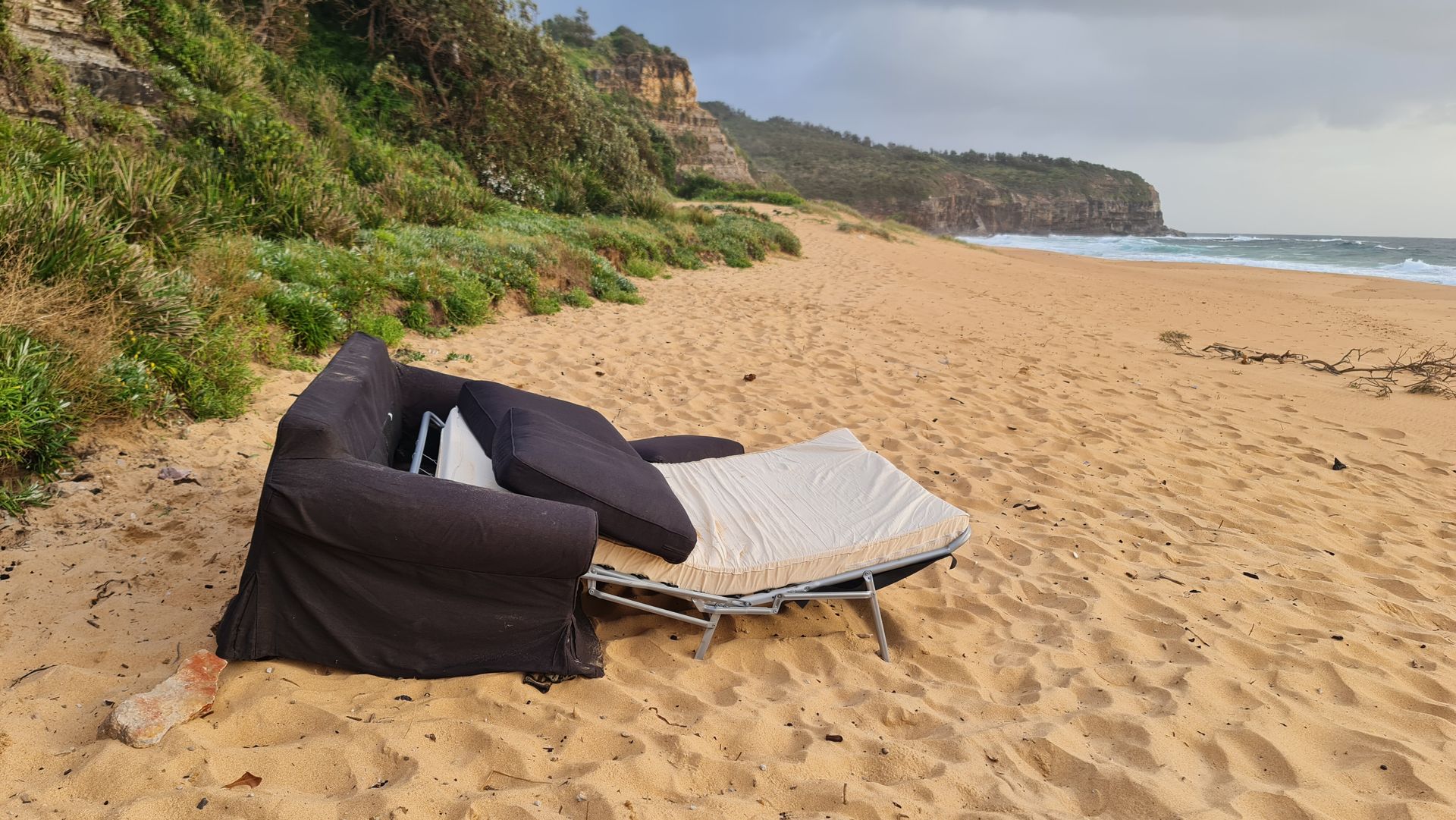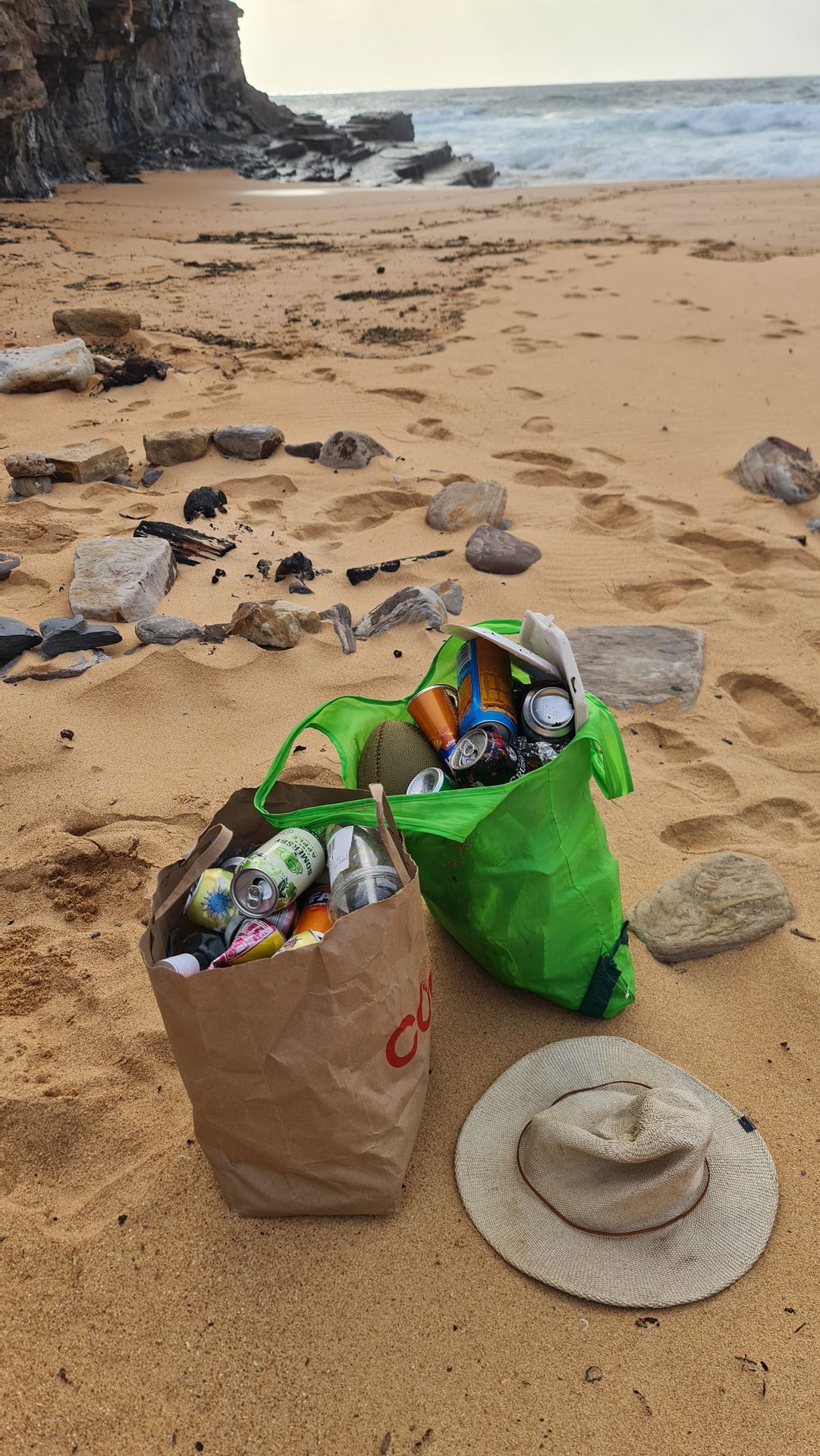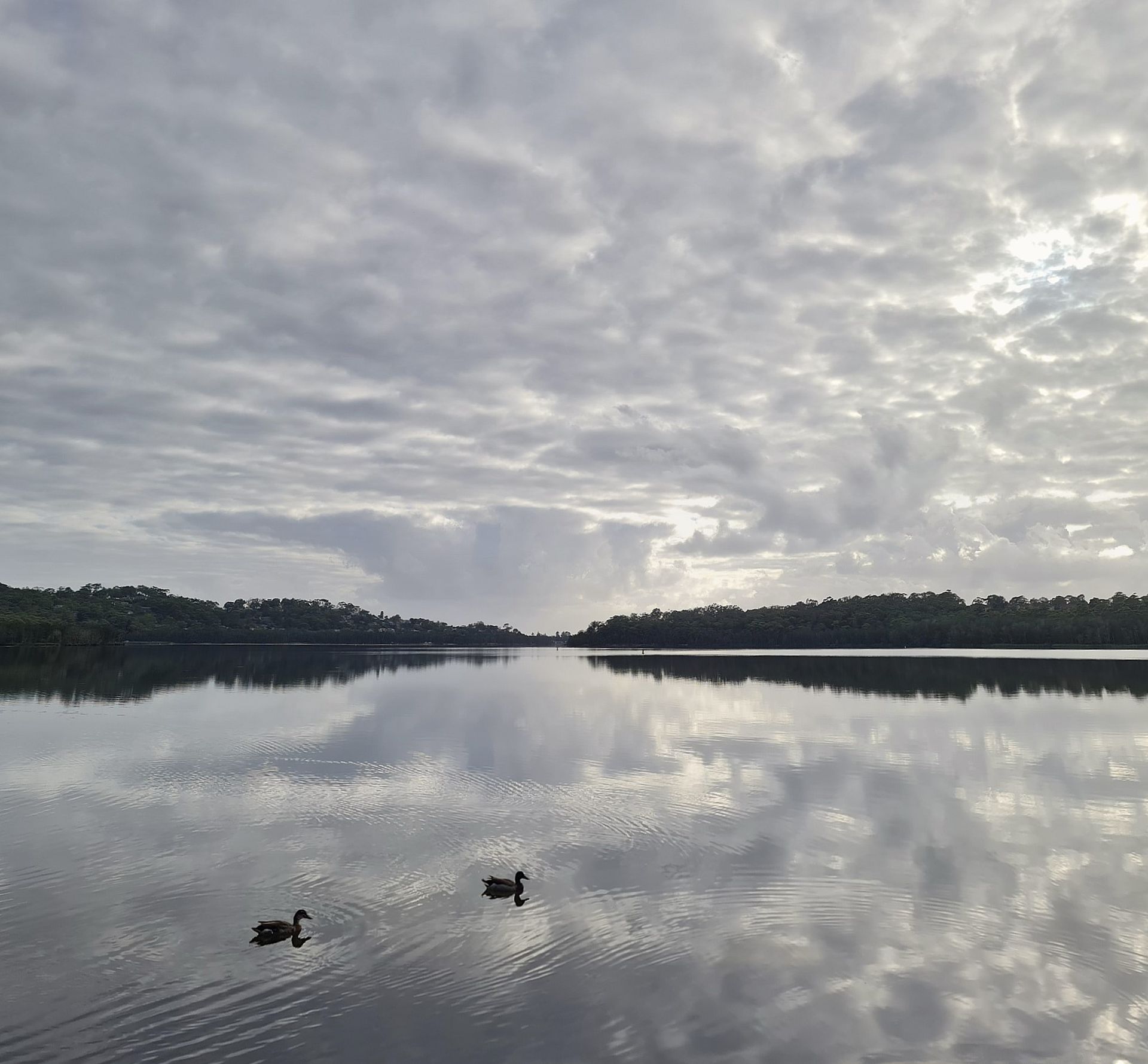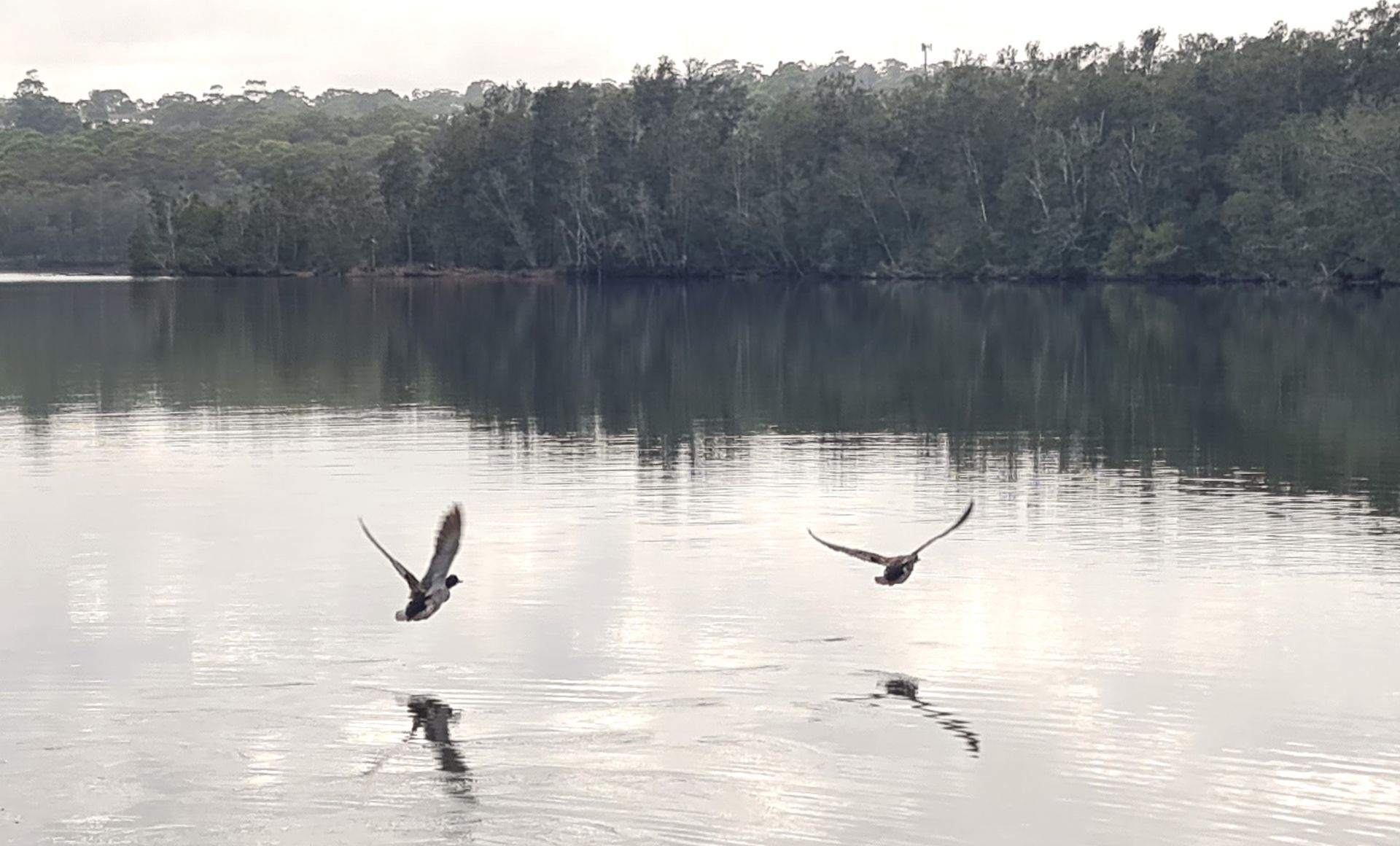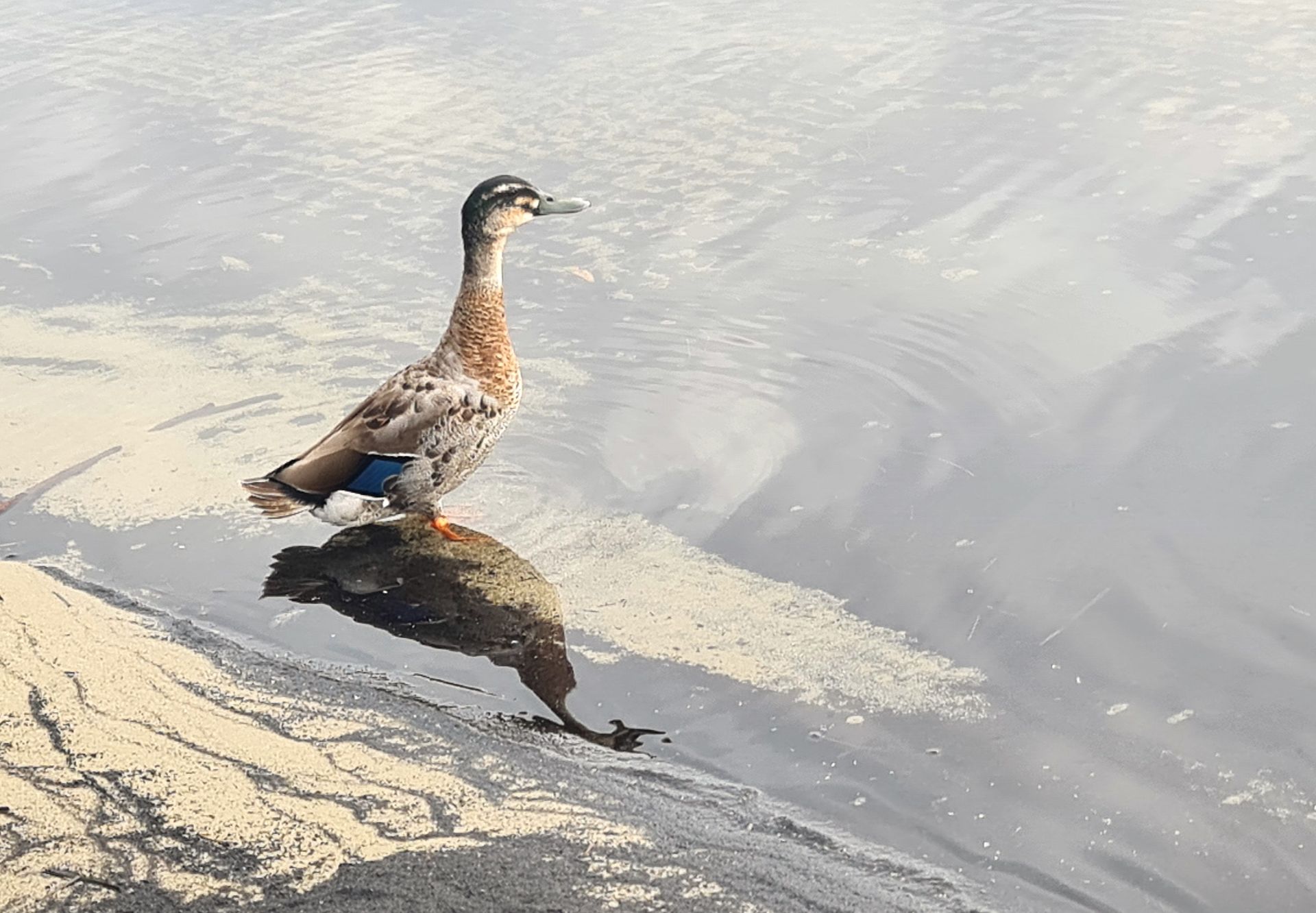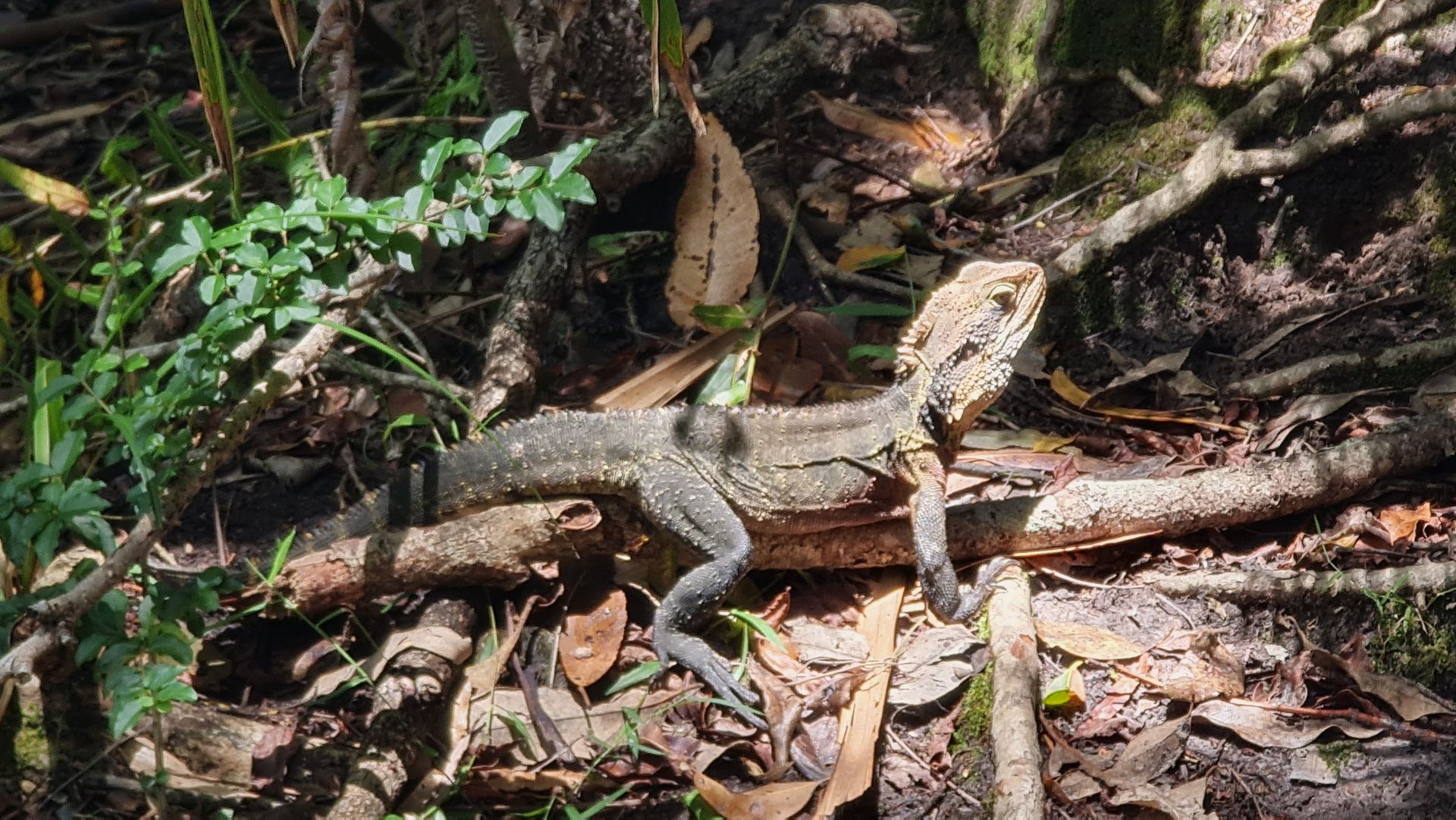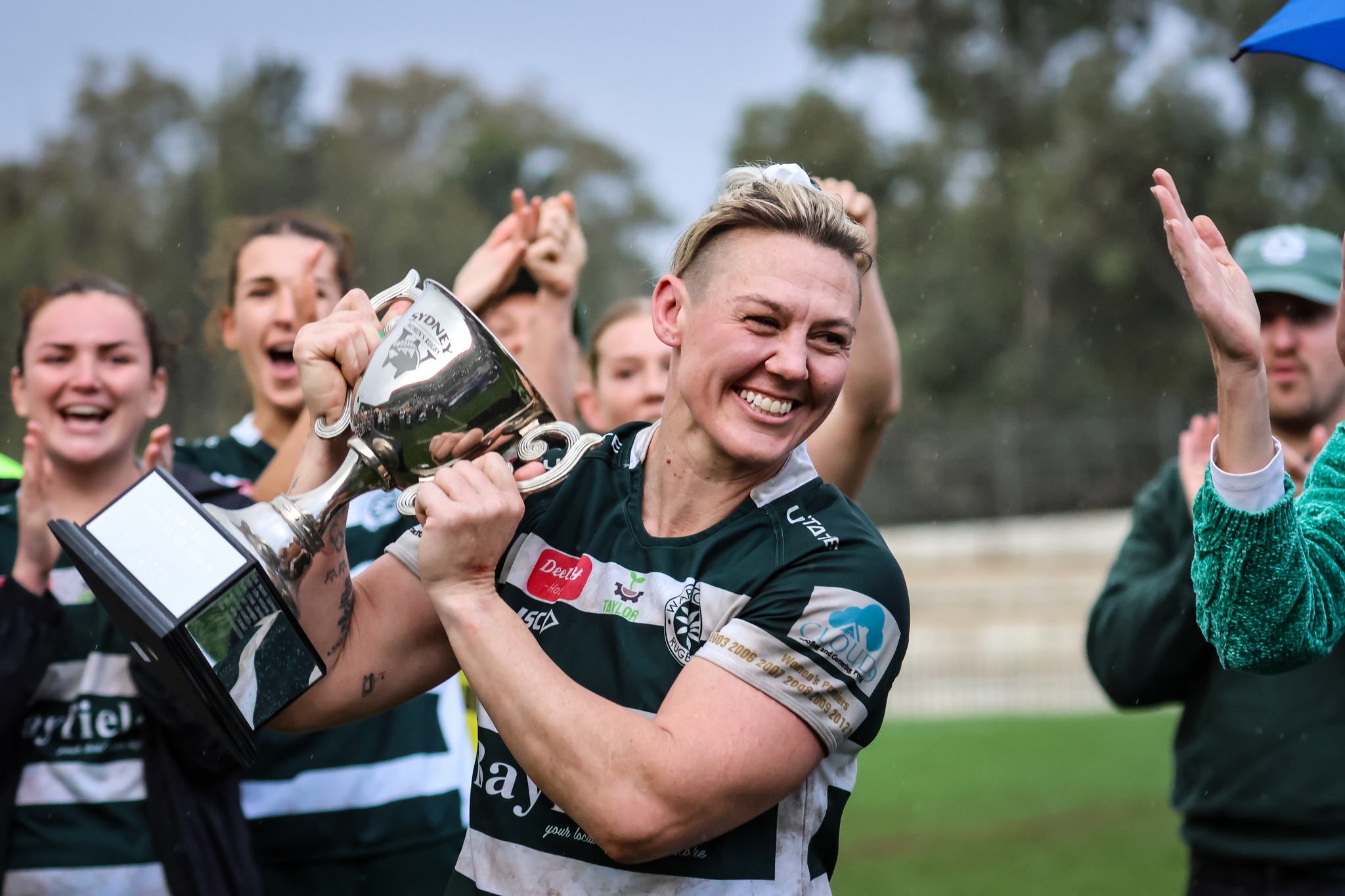December 1 - 31, 2025: Issue 649
Pictures of the Year: 2025
Although we're clearly having fun getting these images, backed up by outstanding photographers like Michael Mannington OAM, our 'Features' photographer, and Joe Mills, whose 'Turimetta Moods' runs each month charting the shift in the Seasons, or Kevin and Glenys Murray who take us all on bushwalks, Malcolm Trees who indulges our passion for surf boats and surf sports, and this year they were joined by Roger Sayers and Warren Young as the team at Avalon Beach SLSC celebrated their 100th Year of Serving on the beach, there's also a core mission to honour and celebrate what happens here.
It's not just the surf lifesaving carnivals, footy matches and Seasonal sports, there's the Commemorative Services: Anzac Day, Victory in the Pacific Day, Remembrance Day.
It's not just what's been happening in the great outdoors, it's taking that snap as we whizz through the Bends or see a sign put up by locals communicating to other locals what's going on, or the albums we put up so participants in sport events can download a few for their own family memories or to use for training purposes. Flickr tells us these have been visited over a million times so far this year - the Google albums were over 5 million within two years of first using that service - and every day we get Notices about another photo saved or downloaded by someone.
You can read all the reports that have run this year, from January's summer celebrations, to the Environment insights to the last week of November's successful court challenge by the council about an Oxford Falls DA in each month's archives - it's ALL available in:
January 2025 February 2025 March 2025 April 2025 May 2025 June 2025 July 2025 August 2025 September 2025 October 2025 November 2025 December 2025
This Issue, the final one for 2025, a few of that honour and celebrate what's happened here this year - because although it has been yet another challenging year, the community has done pretty well anyway - and a picture still tells a thousand words.
January
Album available at: photos.app.goo.gl/QYsB3F6RnANgY7n98
Newport SLSC's Pool to Peak Album for 2025
NB: for participants to download photos - there are still 1000+ pictures to be added into this album - so will be split into two albums. First Newport Pool to Peak album: flic.kr/s/aHBqjBX3Tn
Bilgola SLSC’s Billy Swims 2025 swum and won: part of the Pittwater Ocean Swims Series - Album
Local NSW SES Volunteers Busy During First Big Storm for 2025
Volunteers from NSW SES Warringah / Pittwater Unit and the NSW SES Manly Unit have been kept busy during recent days. Members have attended roof leaks, tree falls and flooding of homes across the peninsula from Thursday January 16 on, with an average of well over 100 calls for help to each unit every 24 hours.
All day Friday and all day Saturday, January 18, 6 crews from the NSW SES Warringah / Pittwater Unit were again out attending requests for assistance. The bulk of these were due to fallen trees blocking access from the strong winds.
The NSW SES received more than 2,250 calls for assistance on Thursday and responded to more than 1,800 incidents as severe weather battered the state overnight.
Woody Point Yacht Club's 2025 Wooden Putt Putt & Gentleman's Launch Regatta
held on Saturday 25 January 2025 on Pittwater
photographs by Michael Mannington OAM, Community Photography
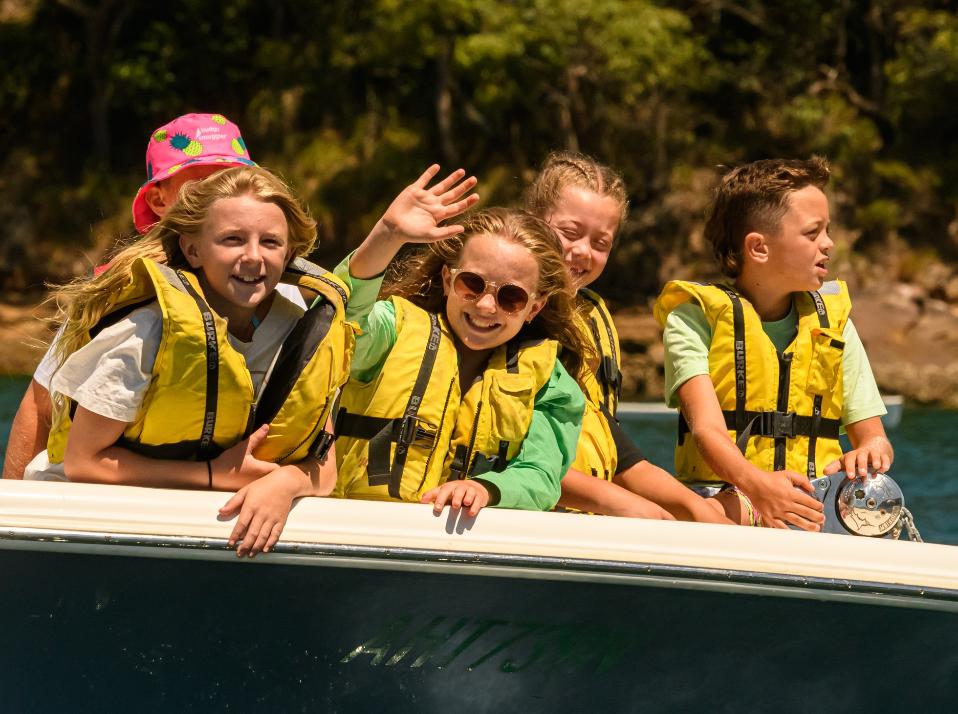
The Woody Point Yacht Club Charter states:
Founding Members of the Woody Point Yacht Club were a dedicated group of social drinkers with a boating problem. Their motivation was and is the enjoyment of the Pittwater and its inhabitants, largely facilitated by craft giving access to the remote foreshores and to the water itself. Suitable craft included tinnies, yachts, putt-putts, work boats, in fact anything that floats – and even some vessels whose buoyancy is questionable.
These craft provide a platform for the many and varied pastimes enjoyed by Members, including fishing, yachting, putt-putt regattas, picnics, parties, breakfasts, etc.
The Club does not favour a particular pastime so long as a boat is involved either as a means to an end (i.e. transport, fishing) or an end in itself (i.e. sailing, cruising, just messing).
The Club has a penchant for all things traditional – timber boats in particular – and prefers the simple family orientated atmosphere inherent in our unique community.
Naturally, a great day of on-water racing, along with prizes for best dressed boats and crew, was had by all.
After the putt putt and launch races, there was a BBQ and presentation on the beach at Treharne Cove.
Our thanks to Frank Milner (WPYC Commodore and event participant), Toby Jay (Official Starter and Event Committee Chairman) and Steve Hosking (Manager, Quays Marina and Event Committee Member) and for providing a boat and driver on the day, and to all on the water and of the WPYC for allowing the news service to attend again this year and share a few insights into that great Pittwater treasure - the Woody Point Yacht Club.
Wonderful - and absolute pure Summer in Pittwater stuff from some our finest.
Congratulations Woody Point Yacht Club - you have done it again!
This cache of great photographs is bound to give you a smile, and a small insight into what it means to be of Woody Point - long may they putt putt, sail and just generally mess about in boats. Our huge thanks to the brilliant MM for his photography
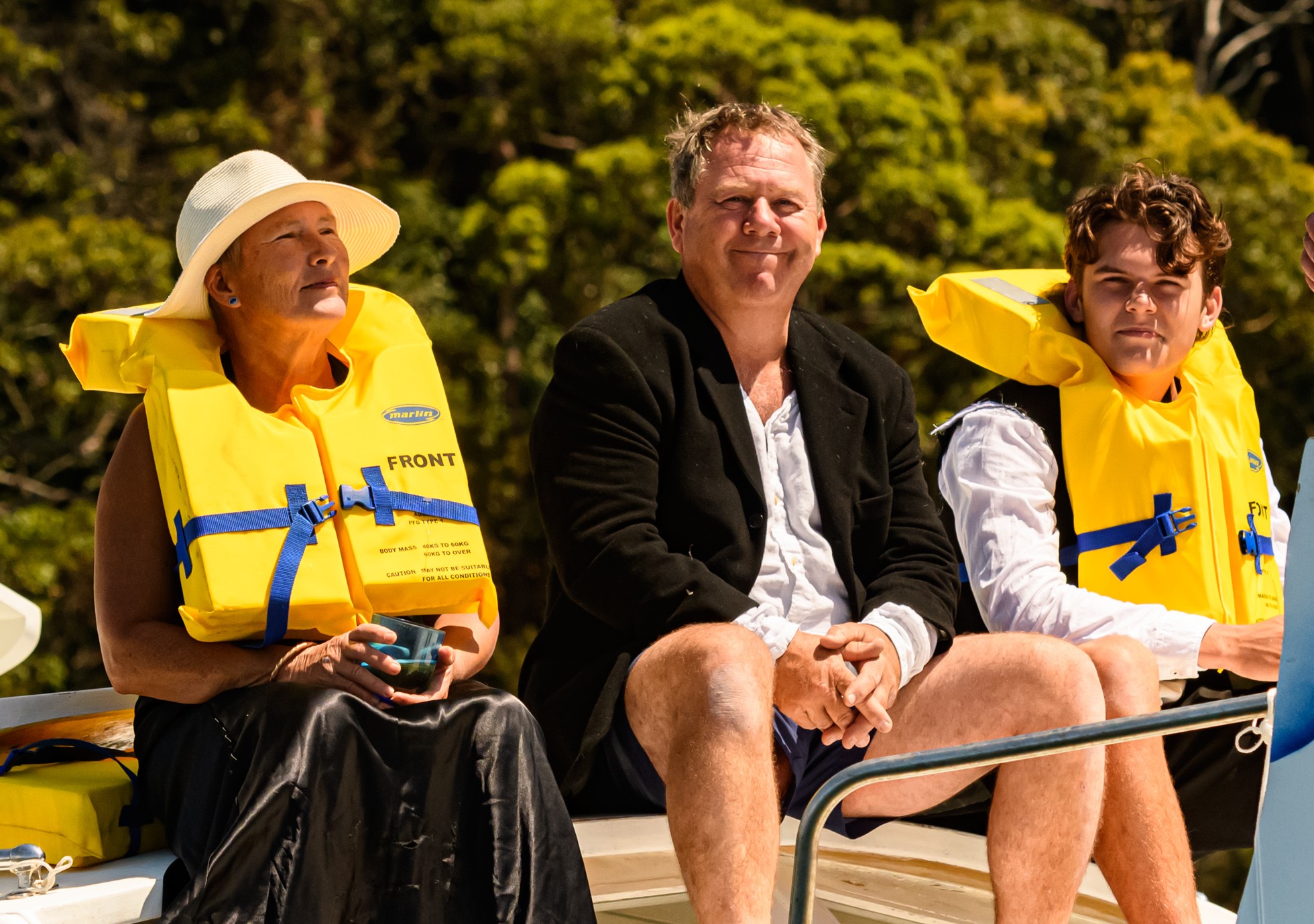
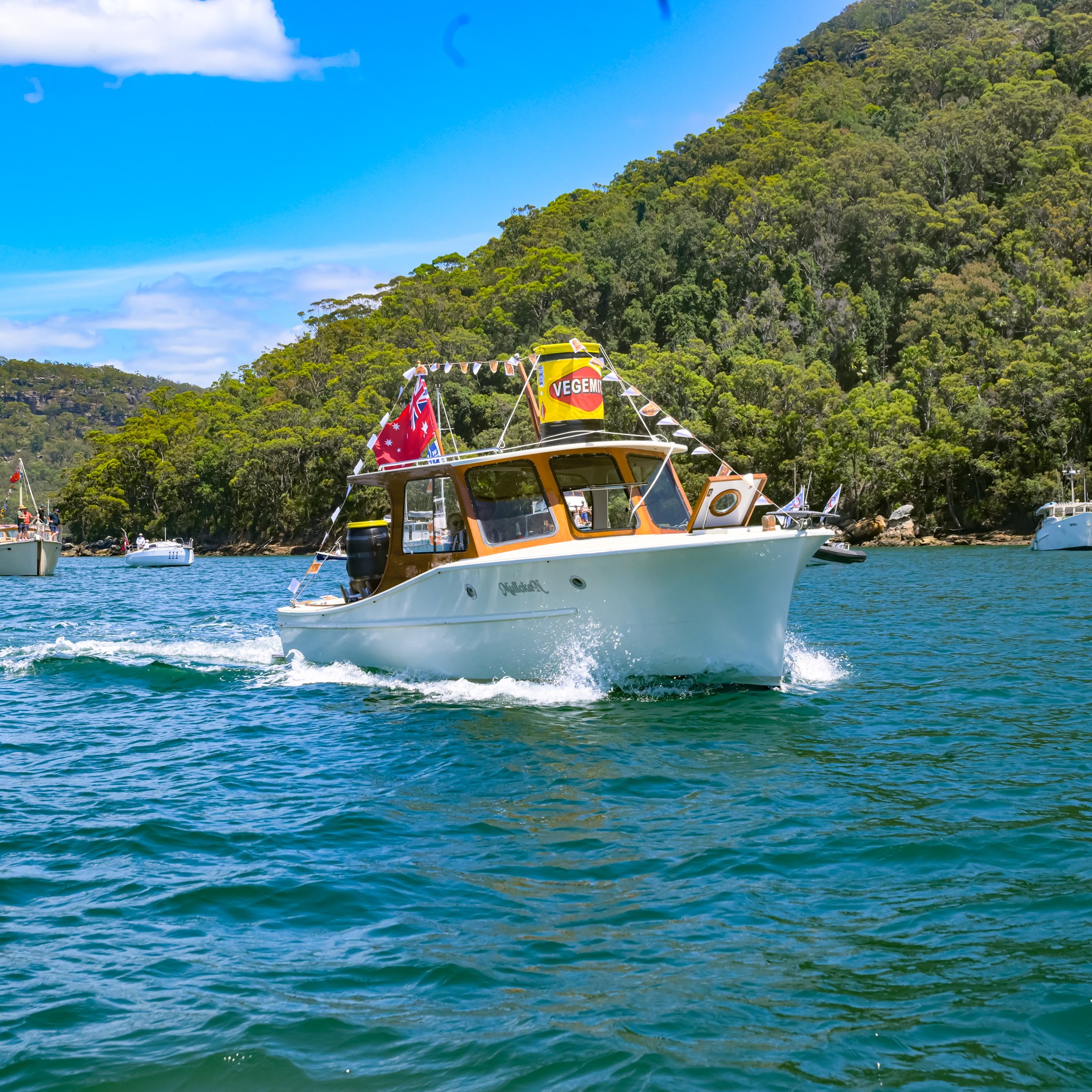
Warriewood Community Centre Build: January 2025 Update
Photos taken Friday 24 January 2025 by Joe Mills
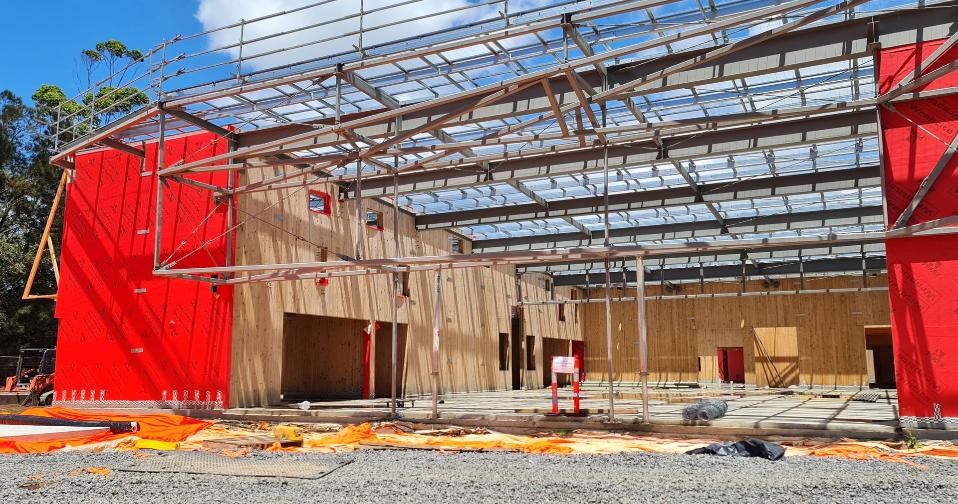
February
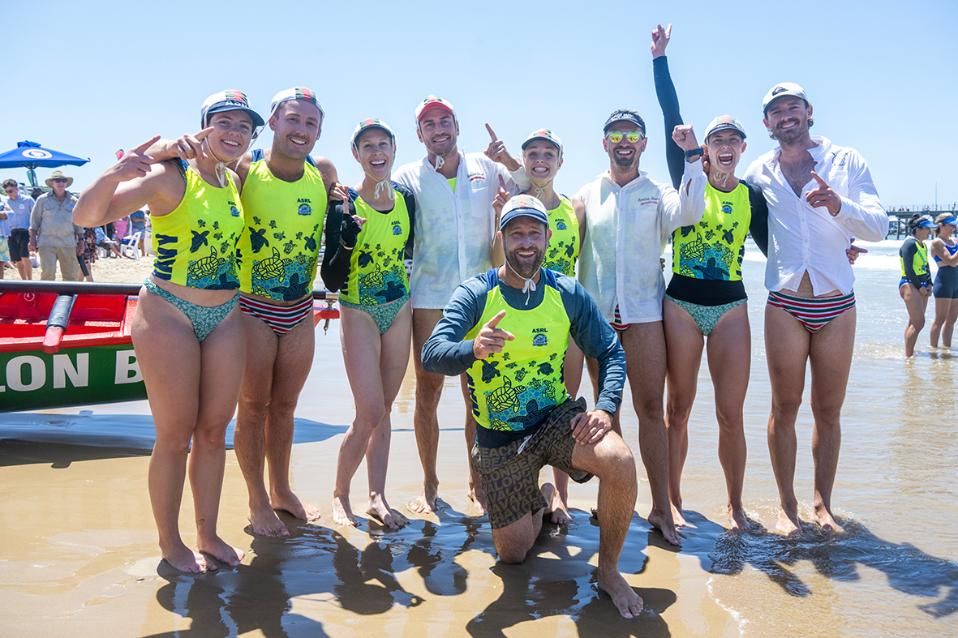
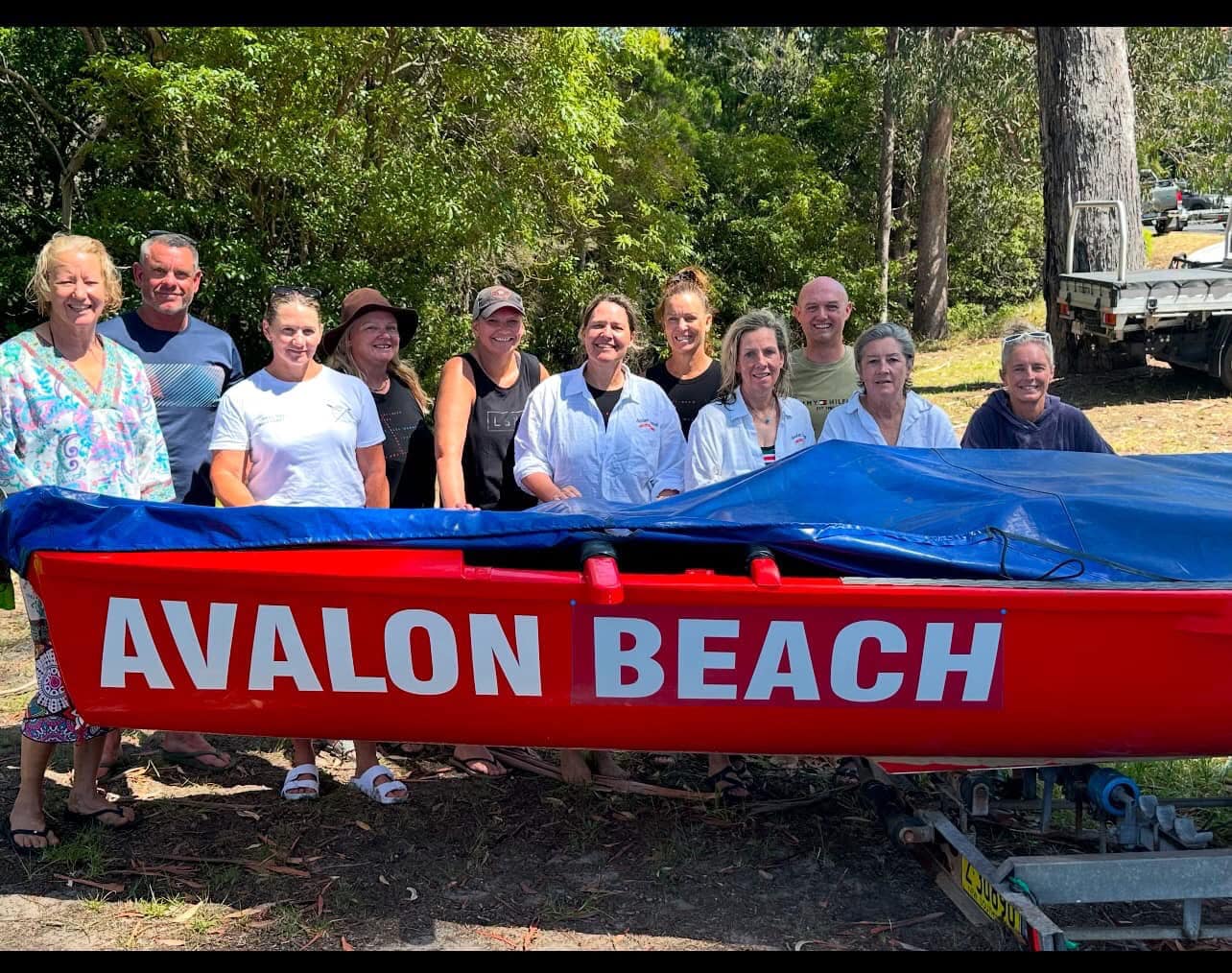
Avalon Beach SLSC's womens 180+ years 'Super Vets' team for the George Bass 50th Anniversary row. Photo; ABSLSC
.jpg?timestamp=1739920445056)
Sweep Don McManus with the North Narrabeen Dreadnaughts, silver medallists in the 200 Years female division. Photo: Malcolm Trees
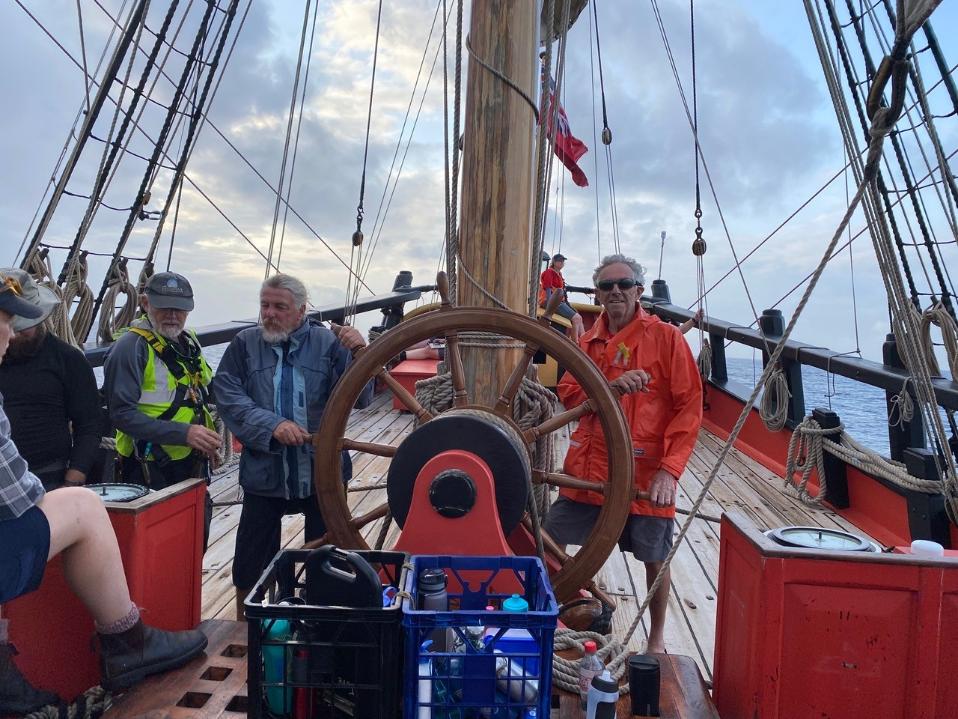
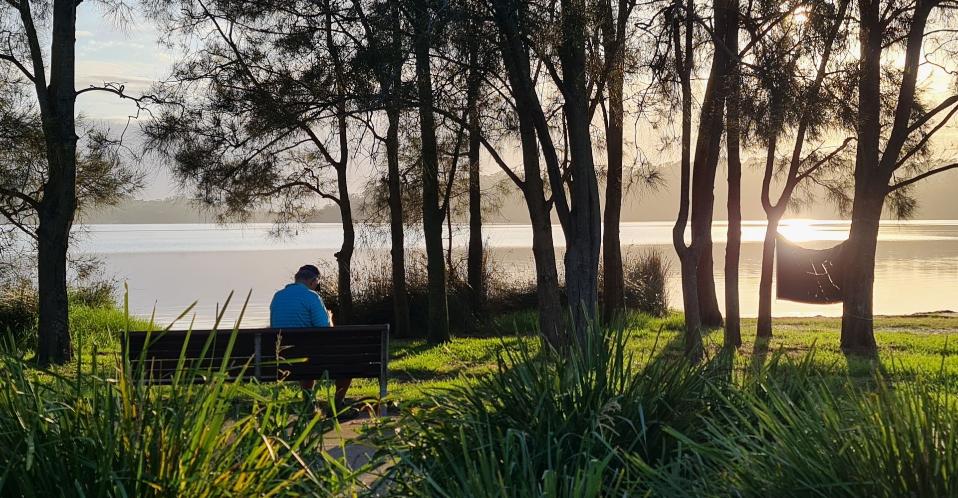
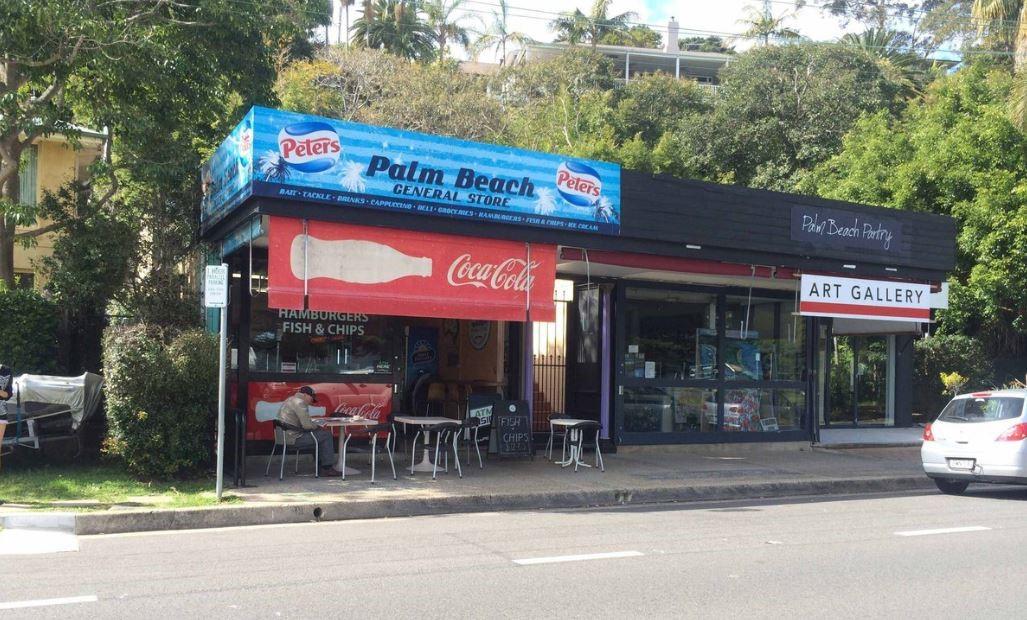
Palm Beach General Store and two shops before demolition of the site
The cleared flat site on June 17 2024, as viewed from Barrenjoey House north-eastern perimeter. Image: AJG/PON
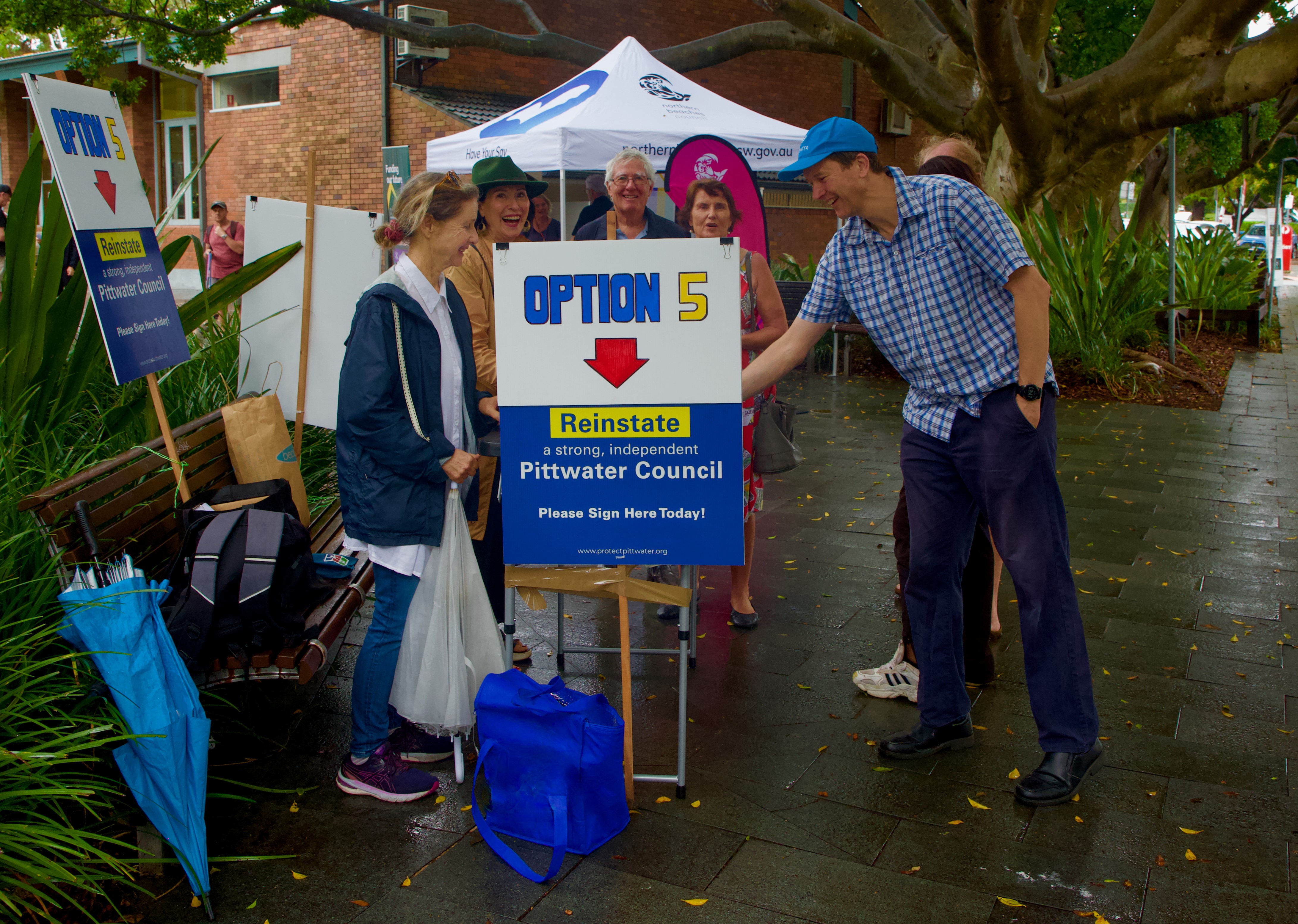
Pittwater residents still want Pittwater Council back
Pittwater MP Jacqui Scruby's Inaugural Speech
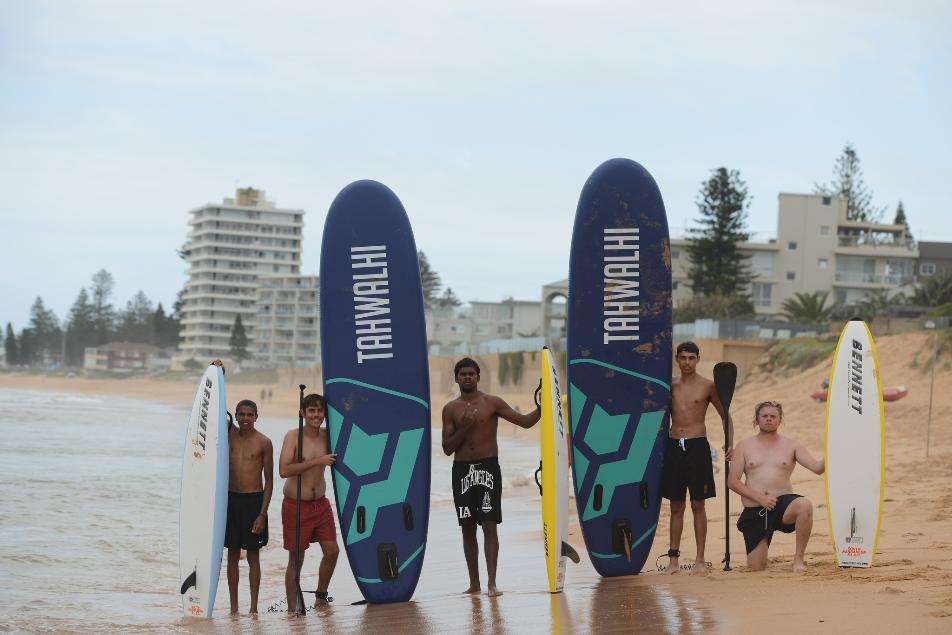
South Narrabeen SLSC host Bush to the Beach
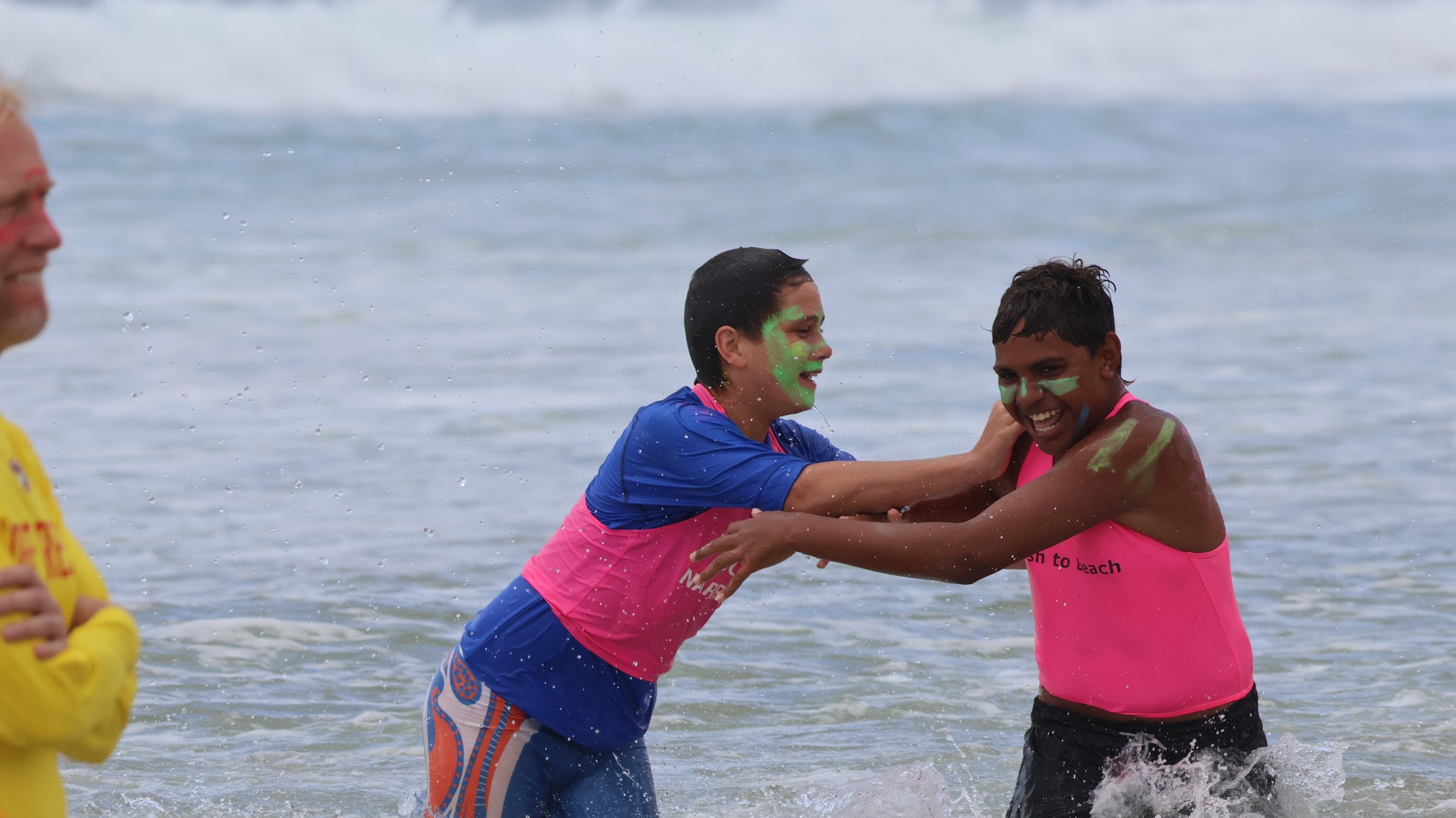
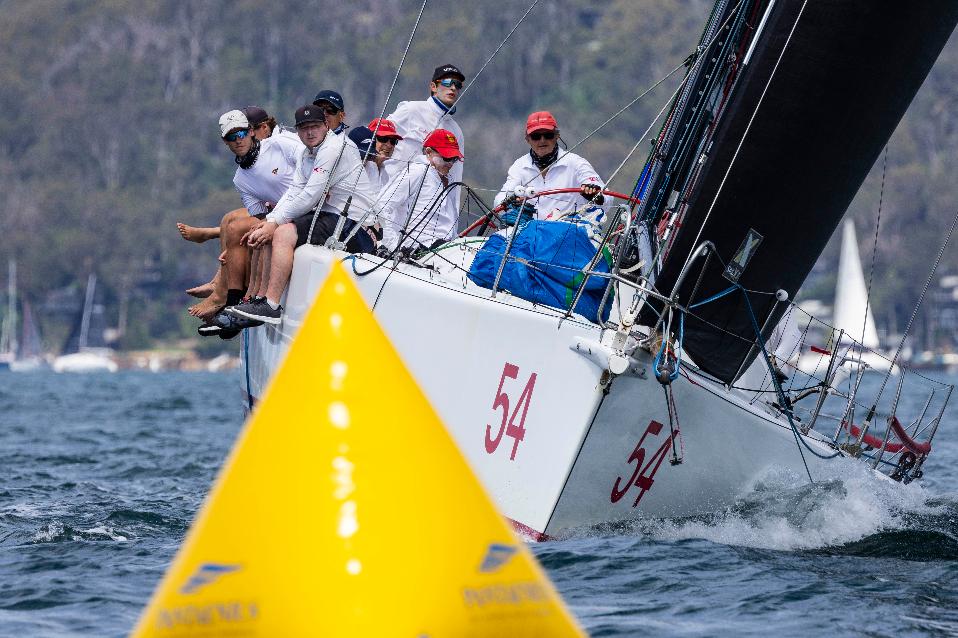
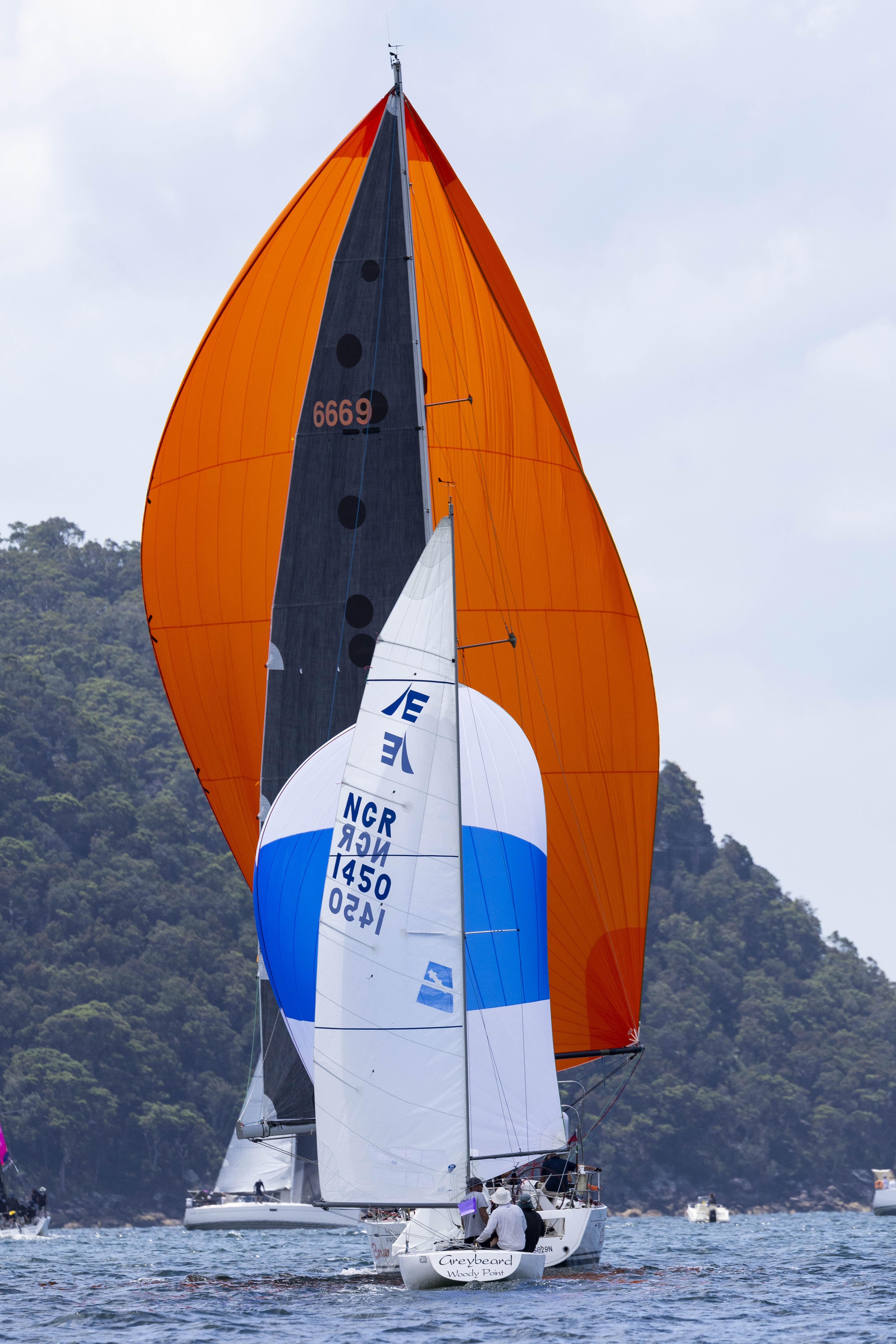
Extra large versus extra small on Day 3. Photo: Andrea Francolini/RPAYC.
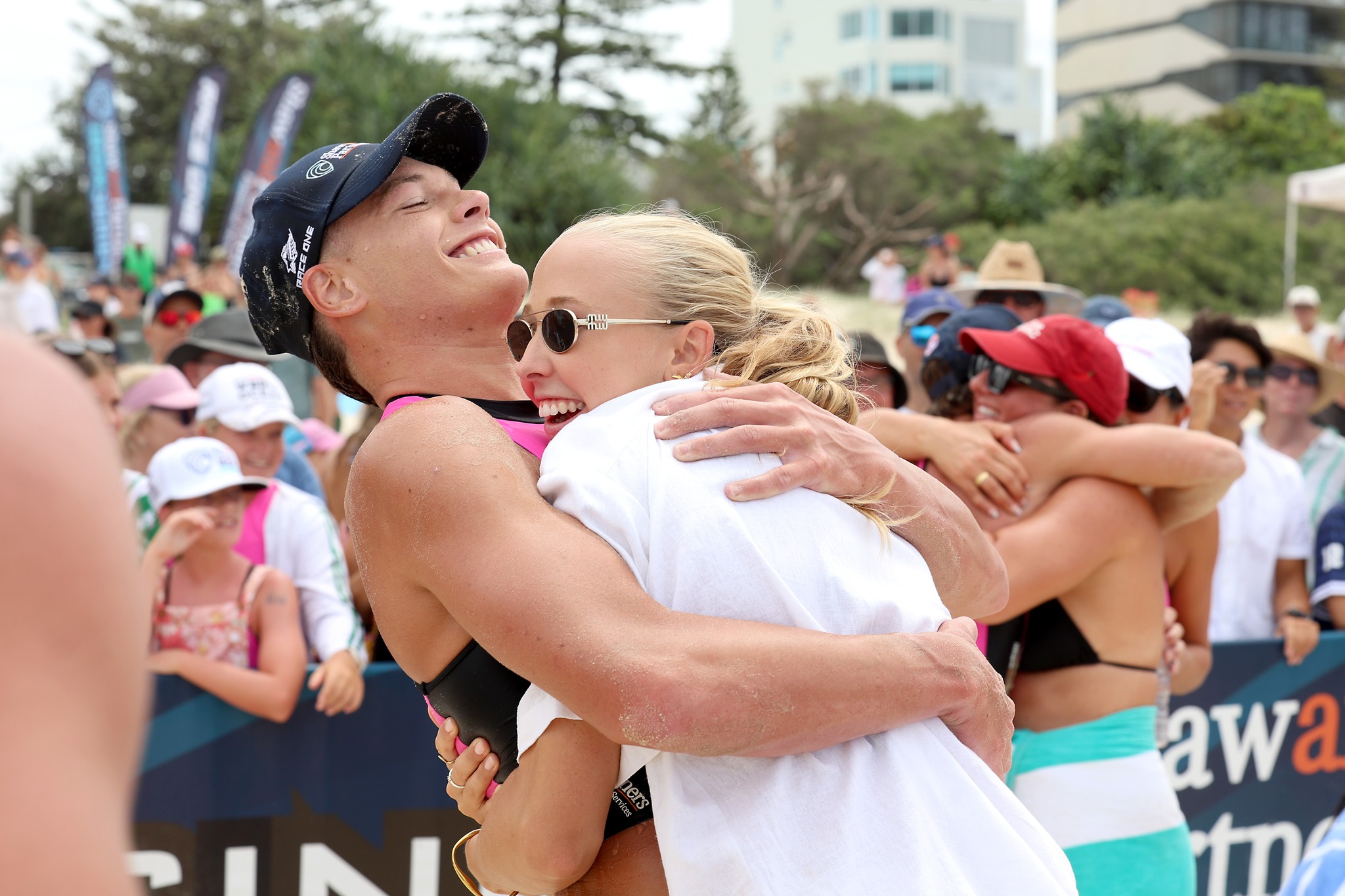
Newport’s Conner Maggs wins 2024/25 Iron Series
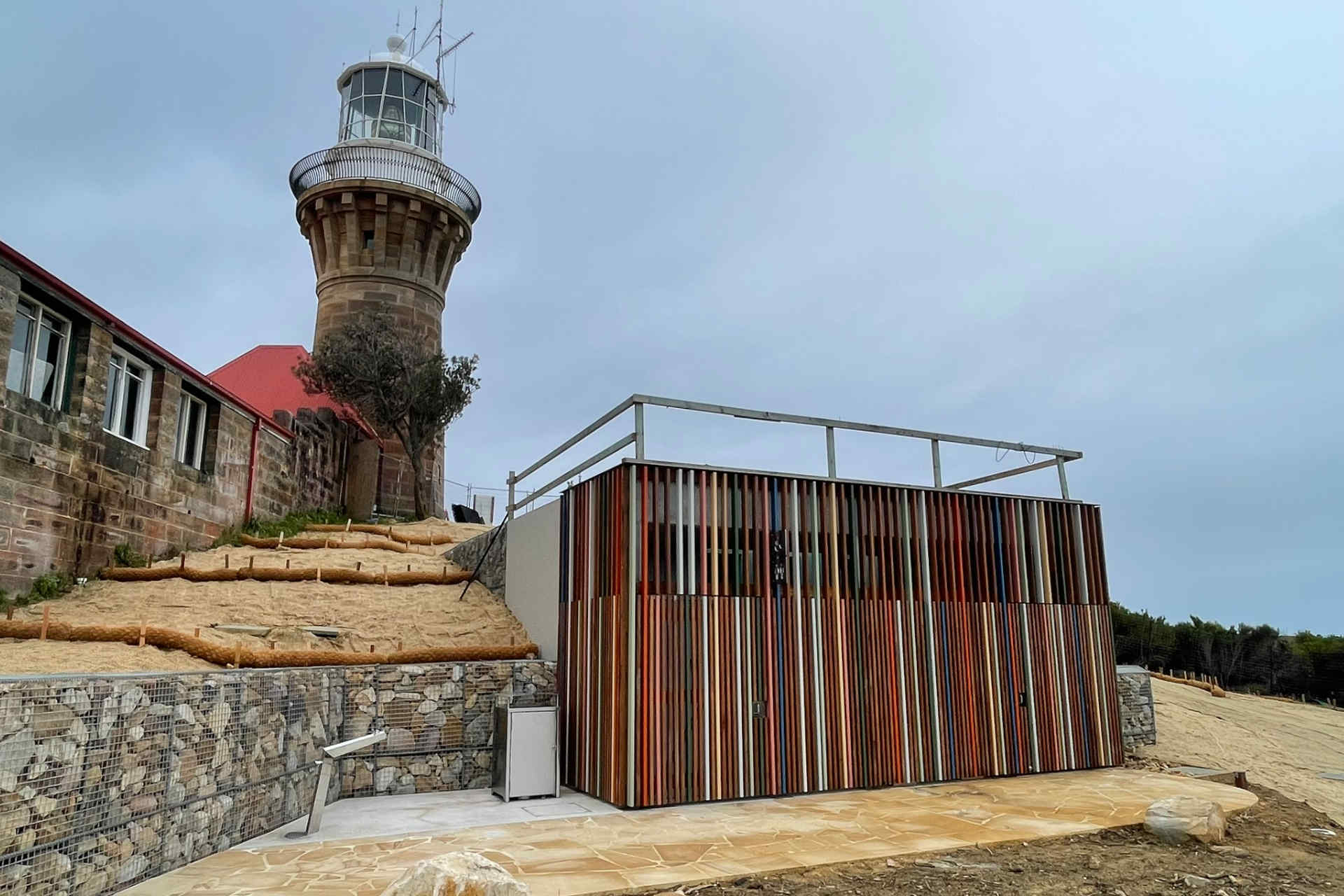
Barrenjoey Headland amenities building Exterior works to the building were complete with landscaping and finishing works to be done. Image Credit: DCCEEW
Barrenjoey Headland viewed from Palm Beach's southern end on January 4, 2025: fencing will remain in place to protect plants now set into the work site. Photo: A J Guesdon/PON
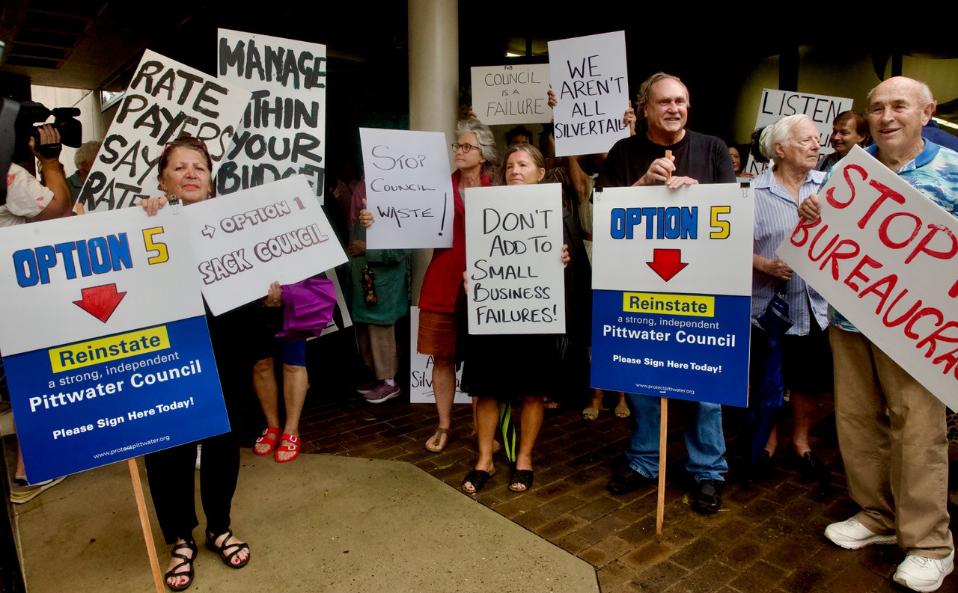
Pittwater residents want Pittwater Council back: Protest outside council chambers against 40% permanent rate rise and Millions of dollars more from Pittwater being spent outside of Pittwater
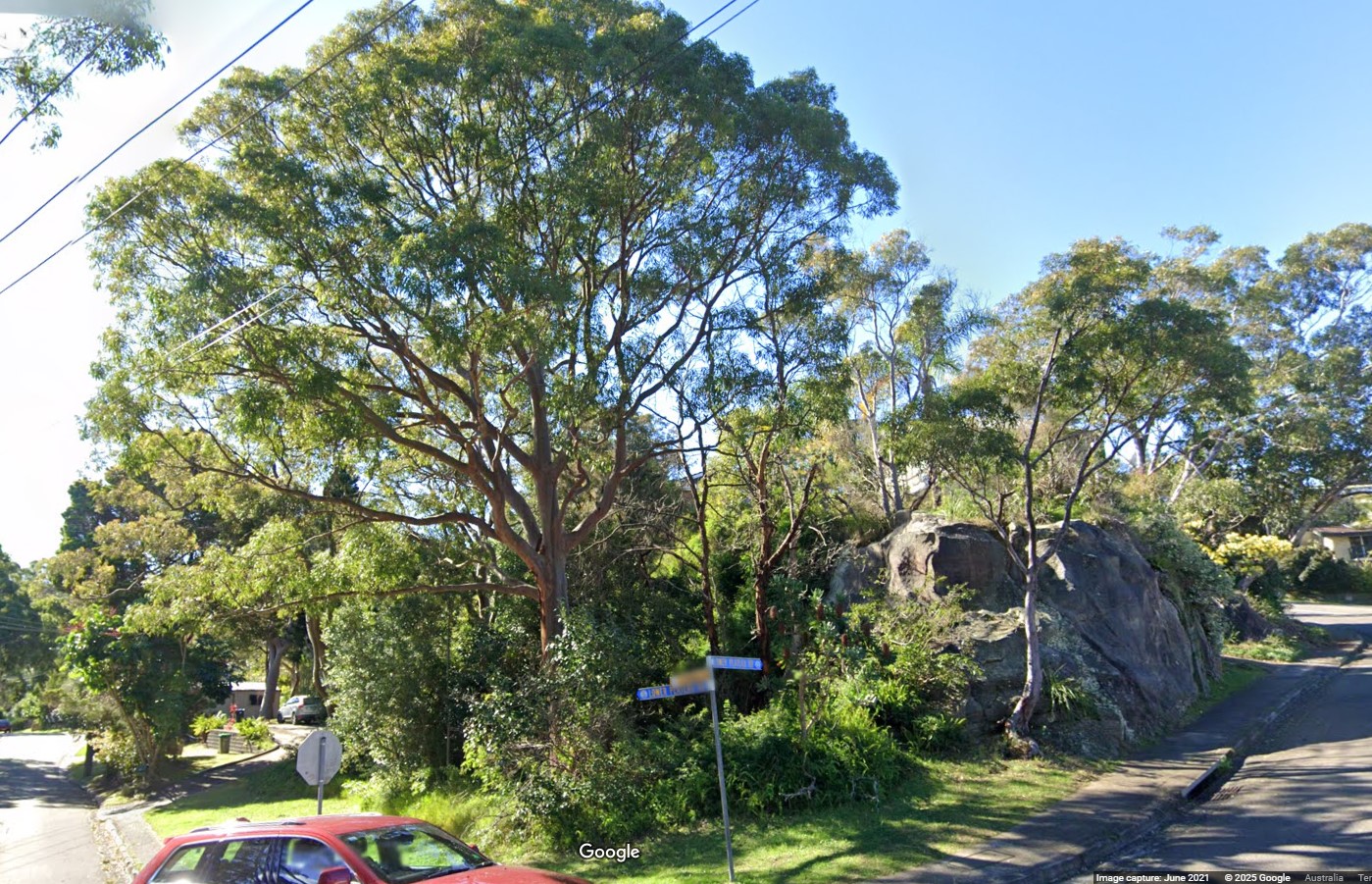
Proposed funds back into the council that forcibly replaced Pittwater Council: can be sold immediately to realise some NBC $ - 194 Lower Plateau Road, Bilgola Plateau
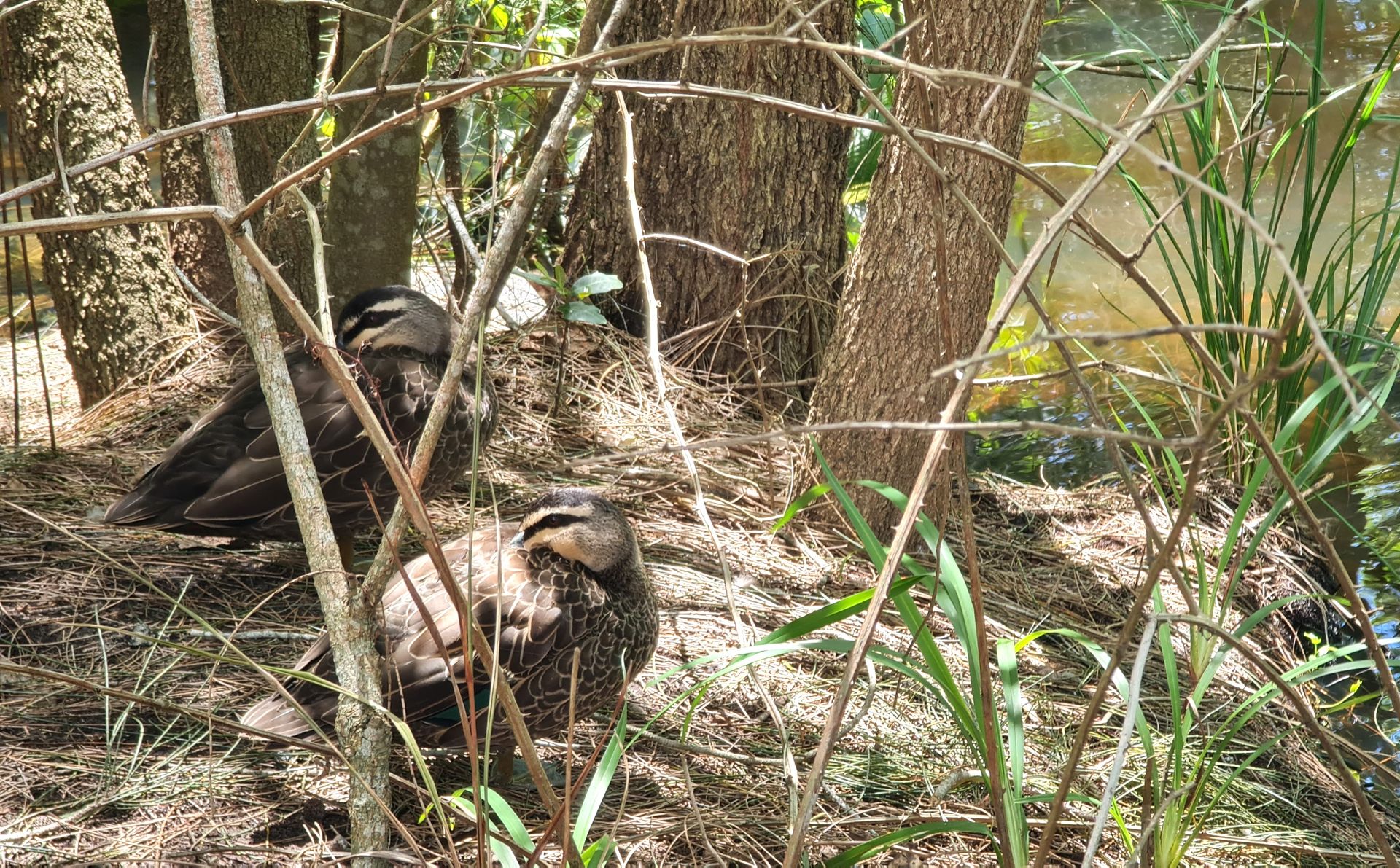
Pacific Black Ducks resting at Fern Creek, Warriewood. Photo: Joe Mills
March
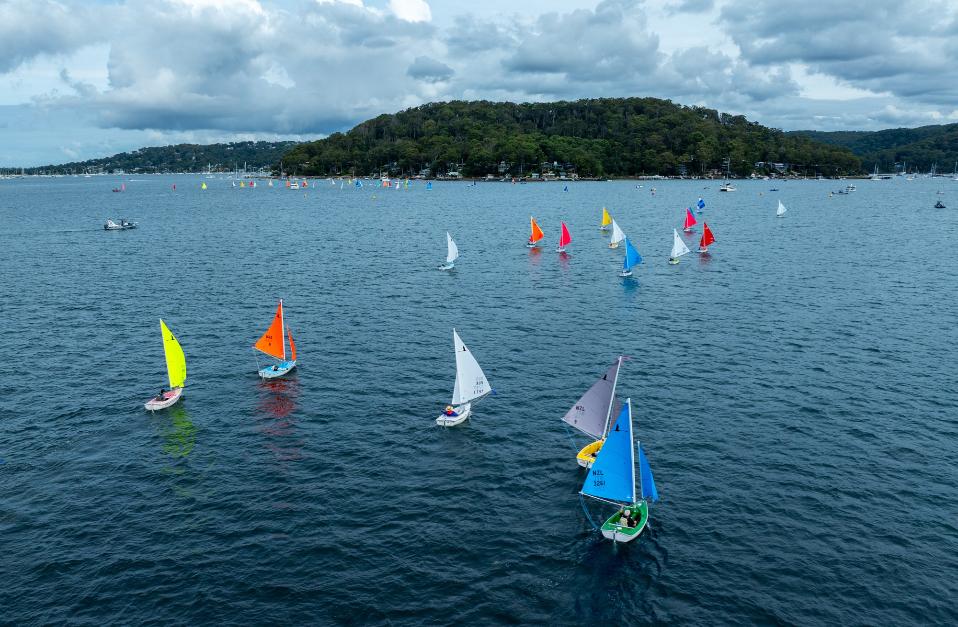
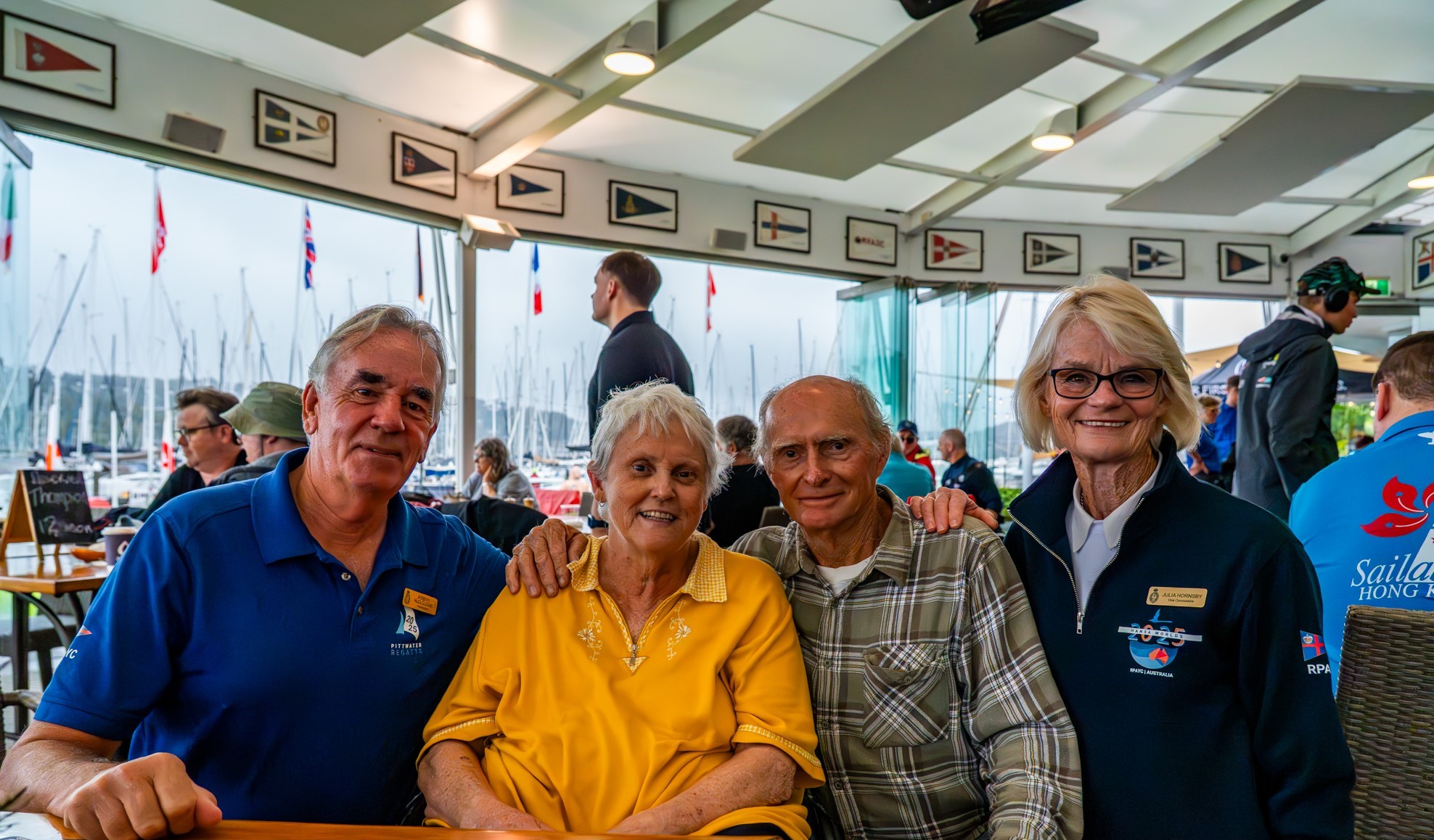
RPAYC Commodore Rob McClelland, Hansas Jackie Kay and Chris Mitchell and RPAYC Vice Commodore, Julia Hornsby. Photo: Alex Dare, Hansa Worlds
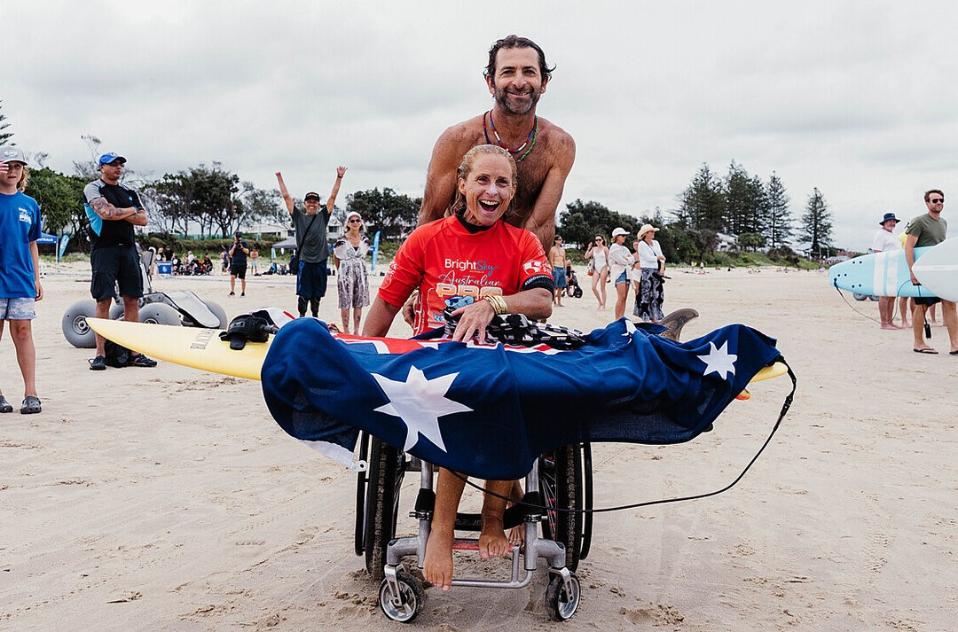
Sam Bloom wins the Prone 1 Women's Australian Title, pictured here with husband Cameron. Photo Credit: Surfing Australia
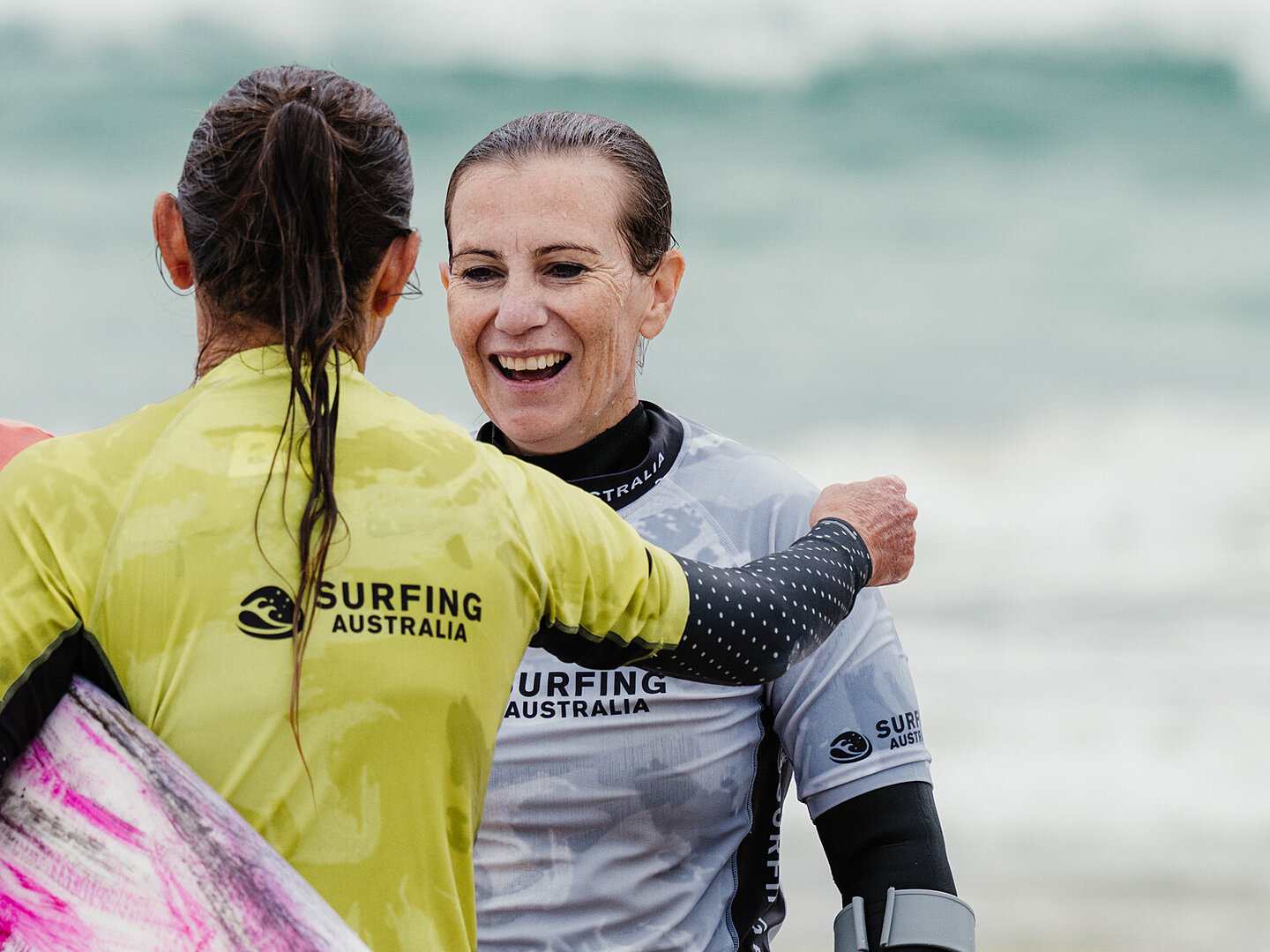
Mona Vale's Emma Dieters, having a great time. Photo: Surfing Australia
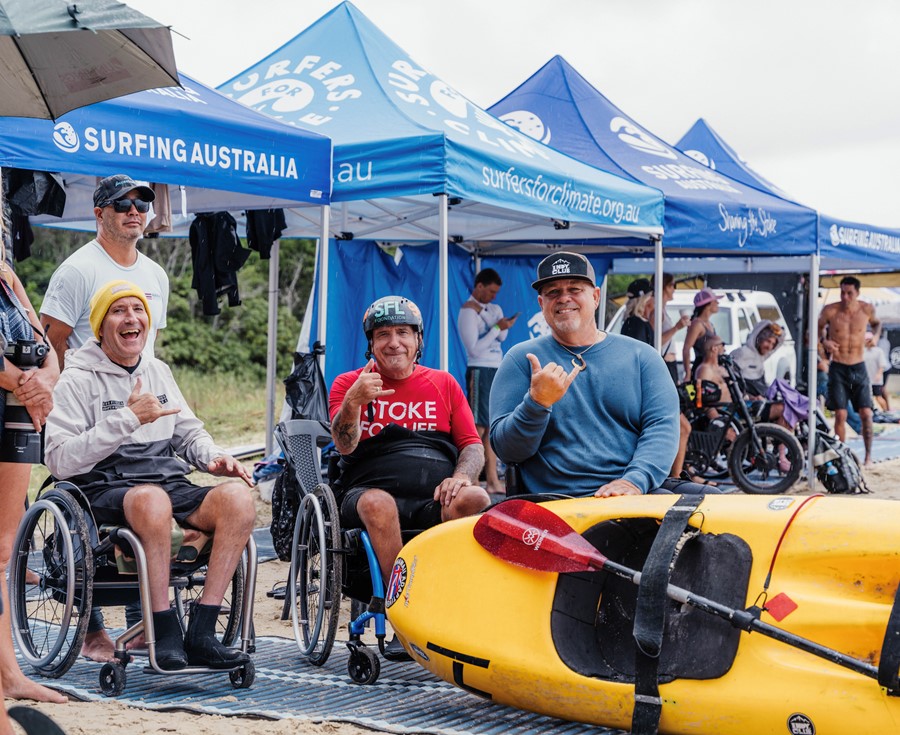
- Margaret White, Zonta Club of Northern Beaches
- Philip Jackson, Warringah Rats Rugby Club.
- Vivien Jackson, Women’s Resilience Centre
- Christine Boyce, Cicada Australia
- Marita Macrae, Pittwater Natural Heritage Association
- John Pratten, Whale Beach Surf Life Saving Club
- George Wester, Bei Loon Dragon Boat Club.
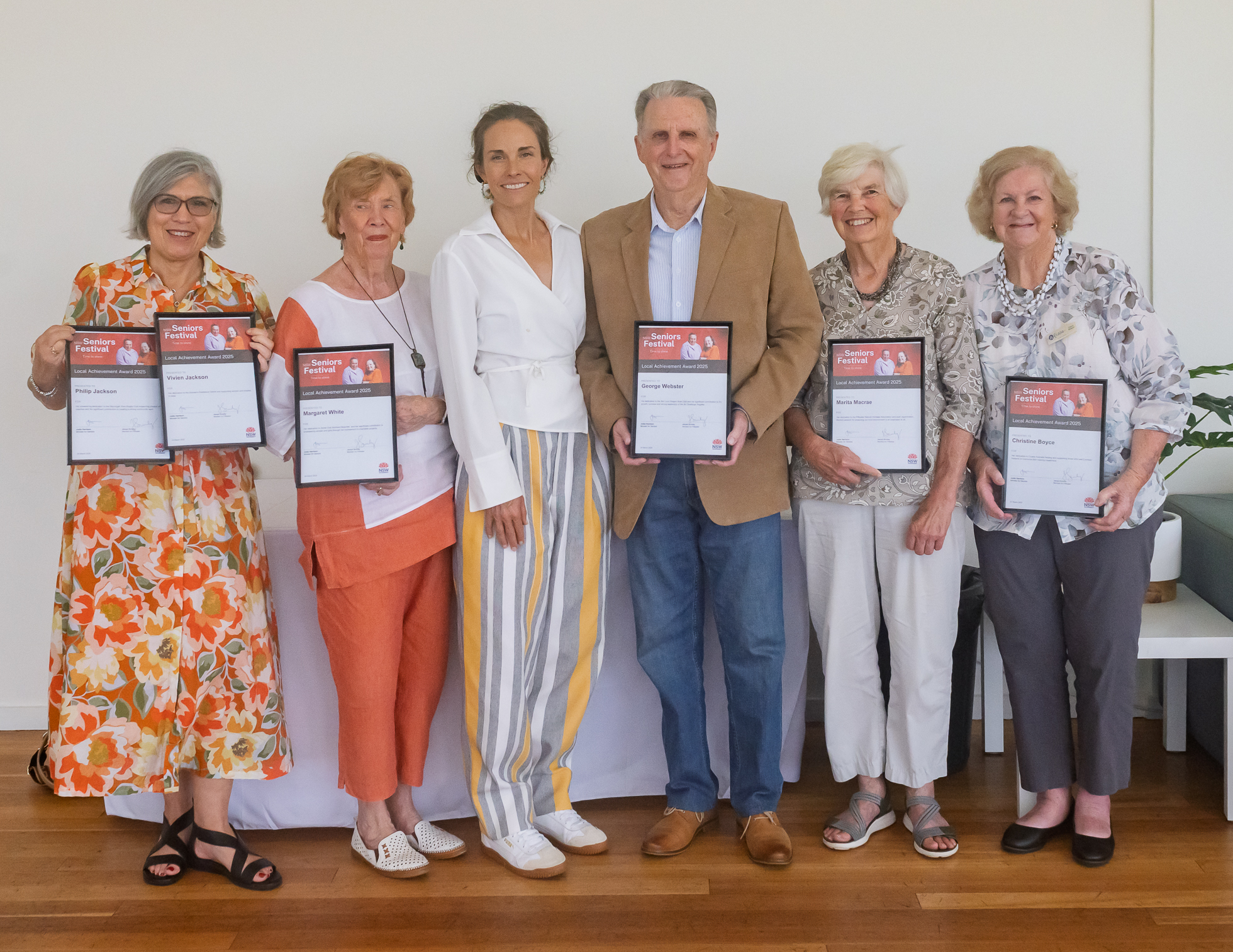
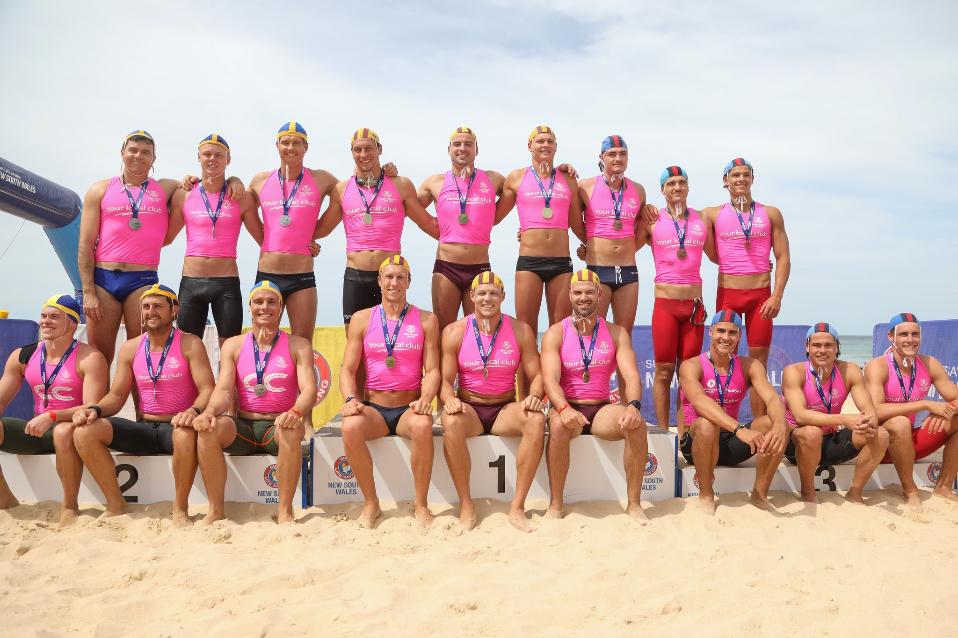
2025 NSW Surf Life Saving Championships: Opens - Newport Wins 11th Straight Title!
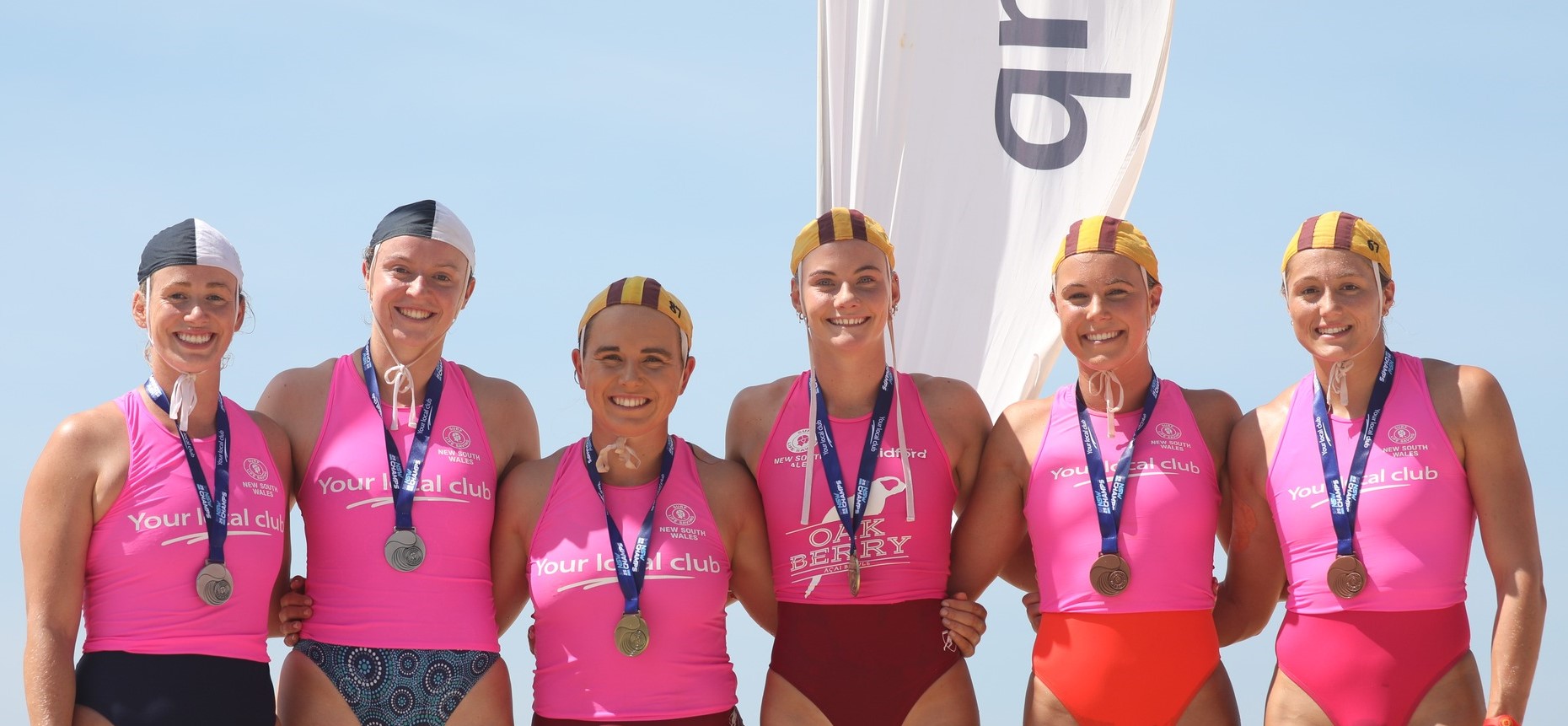
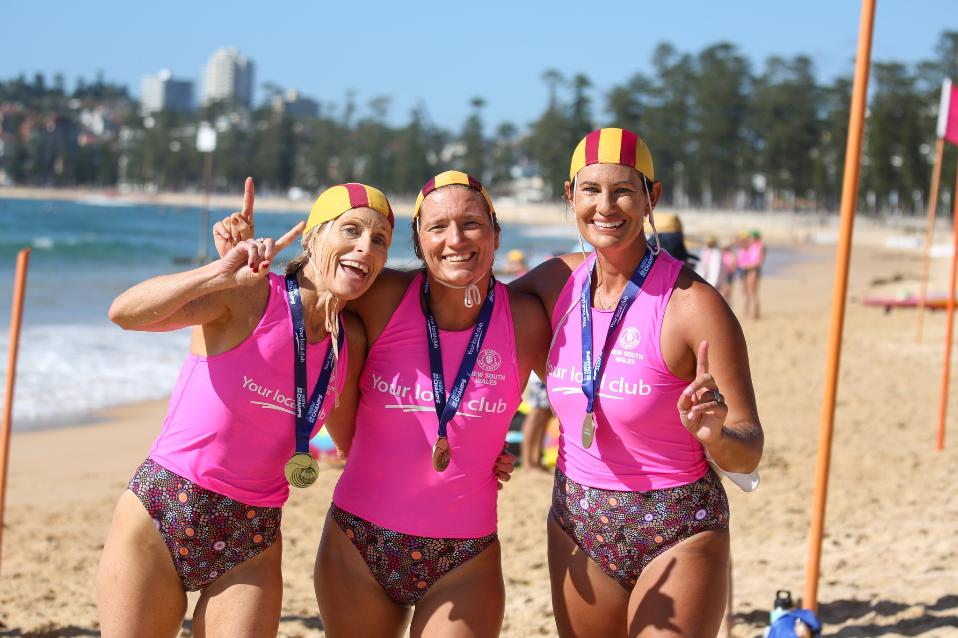
Fi Rae and husband Tim Gates both win their respective Ironman/Woman events.
Marine Rescue Cottage Points' Chris Gillett and Paul Millar
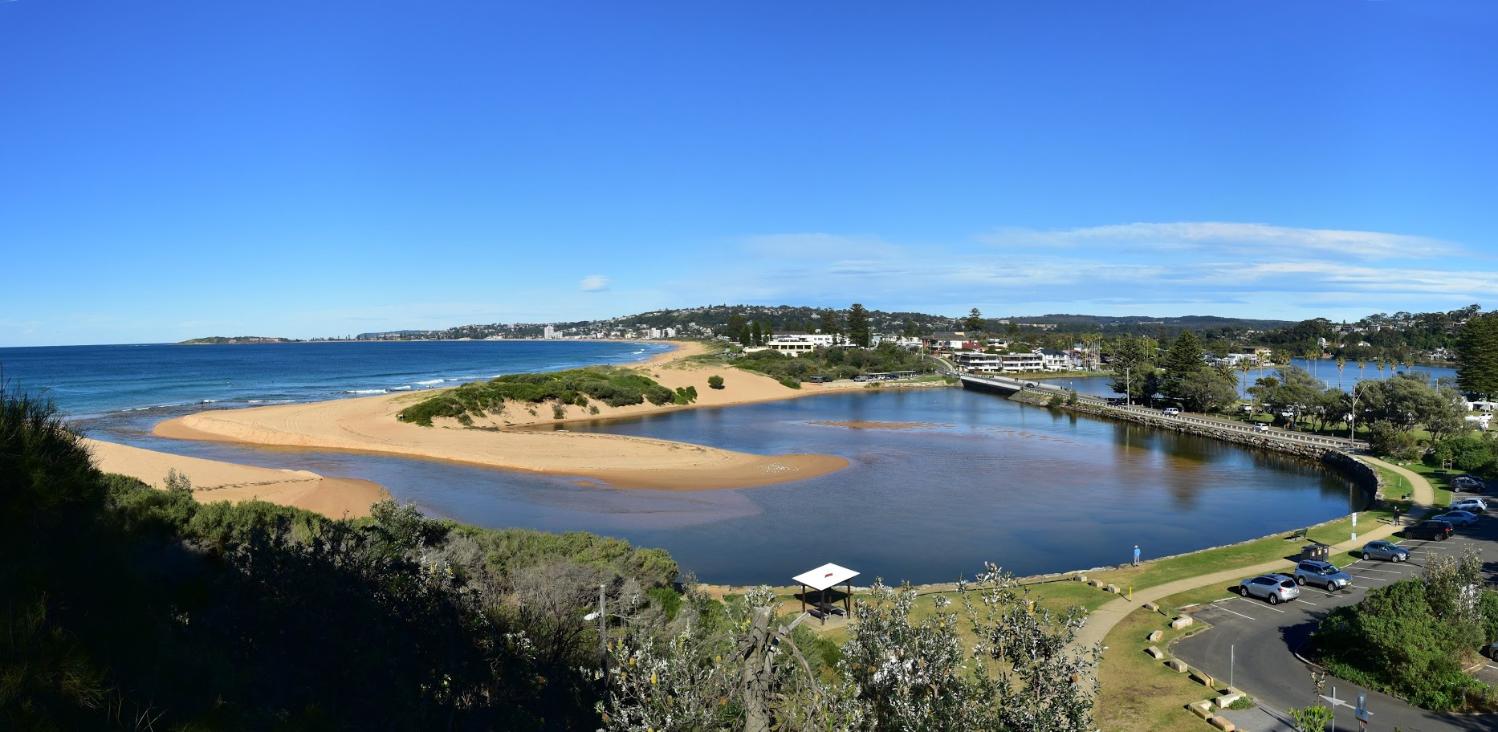
North Narrabeen where Lagoon meets sea. Photo: Kevin Murray
Warriewood Community Centre Build: March 2025 Update

Joe says ''The total shape is now apparent. Progress is good, despite the rain periods.'' MORE HERE
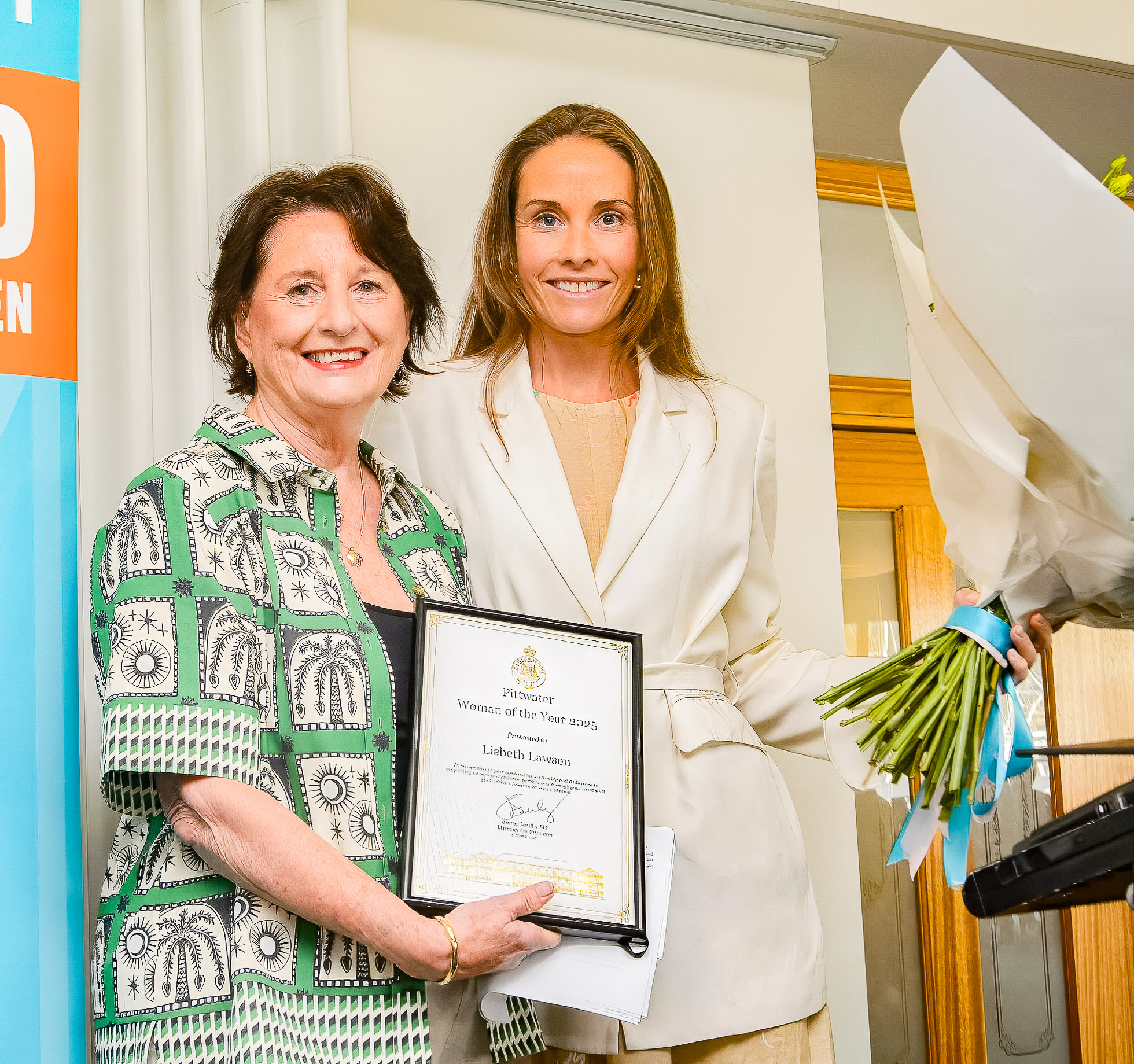
Pittwater MP Jacqui Scruby and Beth Lawsen at the Zonta Women's Day Breakfast, held Wednesday March 5, 2025. Photo by Michael Mannington OAM, Community Photography
Marine Rescue NSW Women in Flood Rescue leadership seminar. Photo: MRNSW
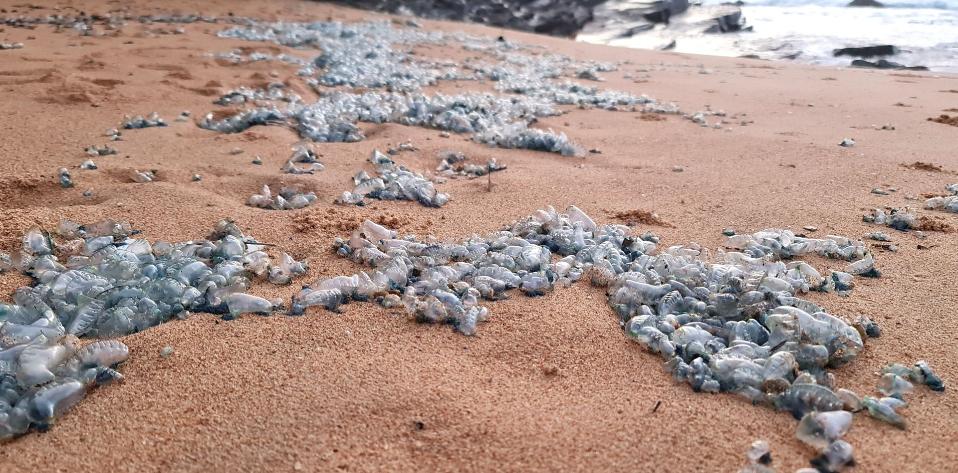
Turimetta Beach; thousands of Bluebottles washed up on the beach at high tide, including some small school fish, Friday March 7, 2025. Photo: Joe Mills
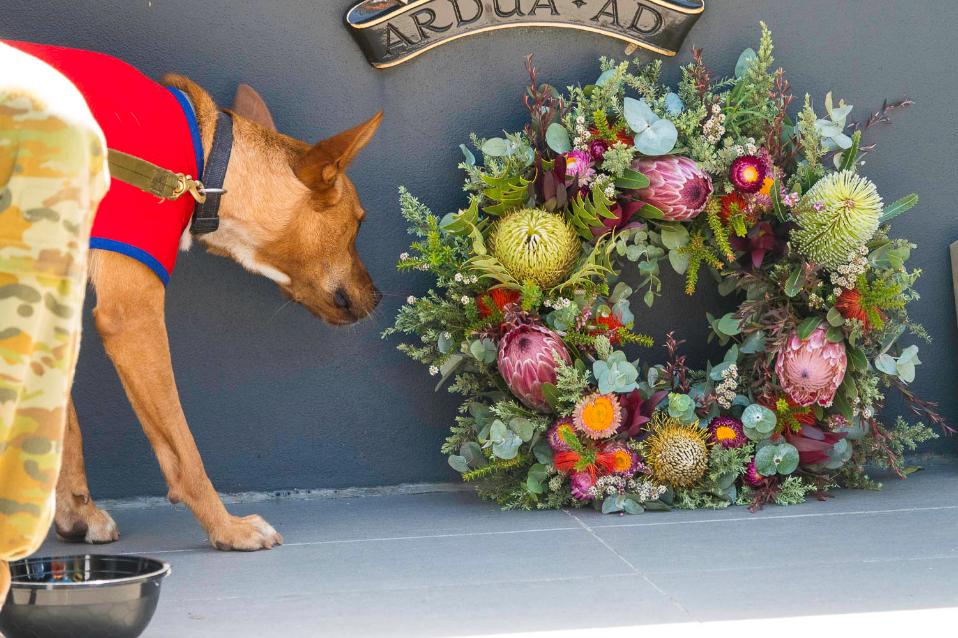
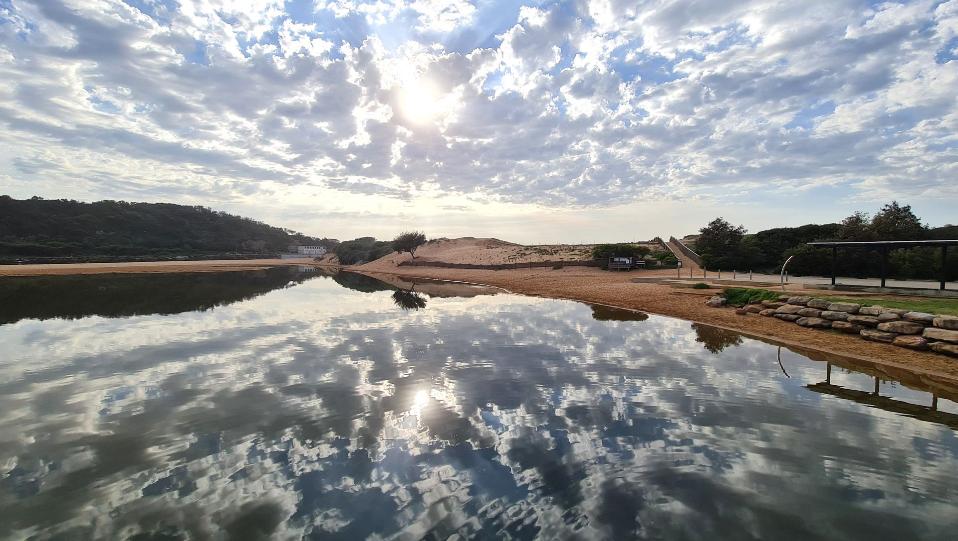
April
Lifesaving Future in Good Hands with 2025 Junior Lifesavers of the Year
Max McDermott of Warriewood SLSC and Mia Jamal of Avoca Beach SLSC were named the 2025 NSW Junior Lifesavers of the Year on Thursday April 17 after three days of team building and leadership development on Sydney’s Northern Beaches.
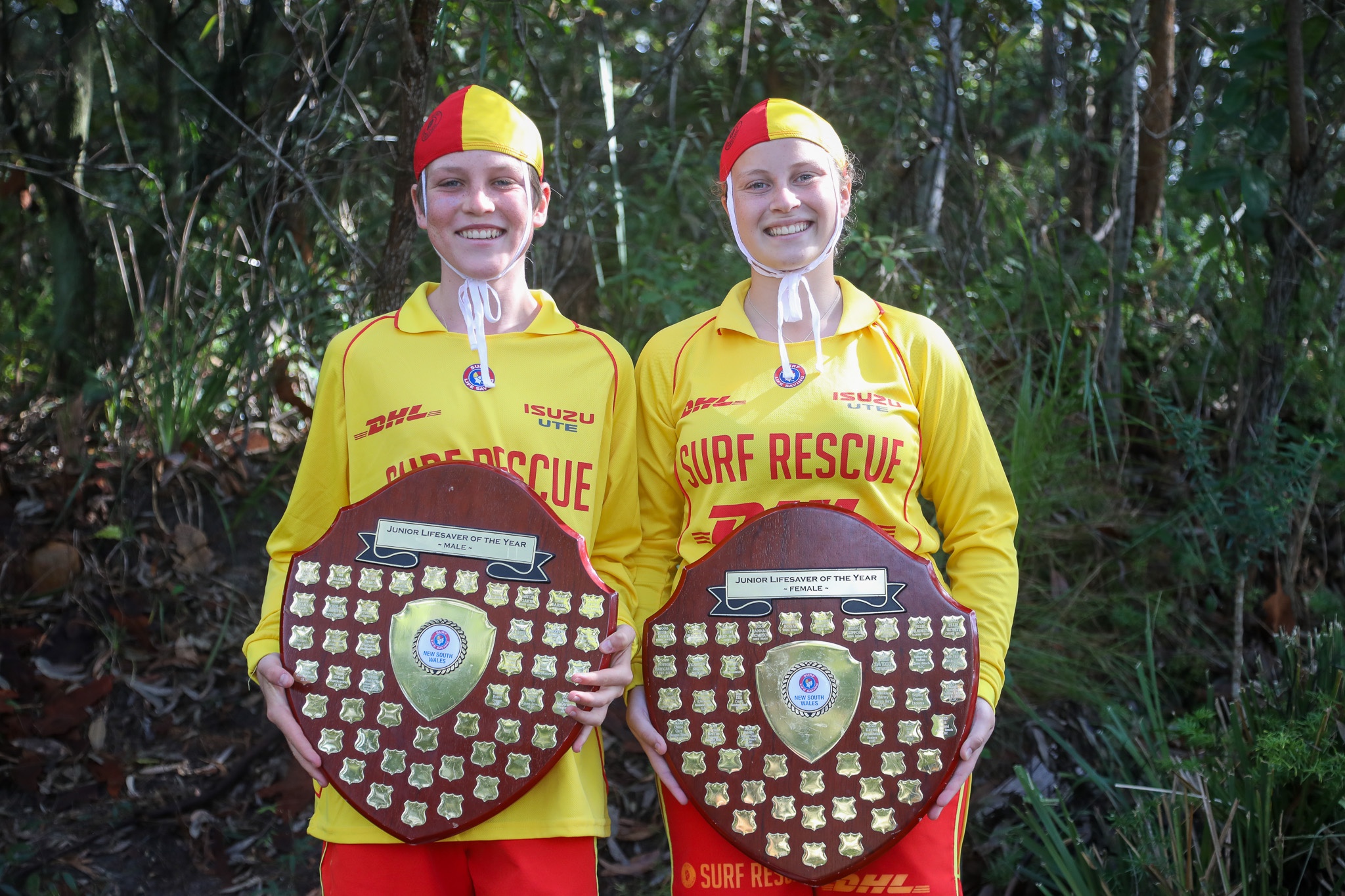
Max McDermott of Warriewood SLSC and Mia Jamal of Avoca Beach SLSC. Photo: SLSNSW
Formally recognised during a presentation ceremony, Mia and Max were two in a group of 22 eager teenagers who came from each of the 11 branches across NSW, having been acknowledged themselves as Junior Lifesavers of the Year for their region.
Happy Dance Time! Narrabeen Sports High School to receive new Performing Arts Hall as part of major upgrade
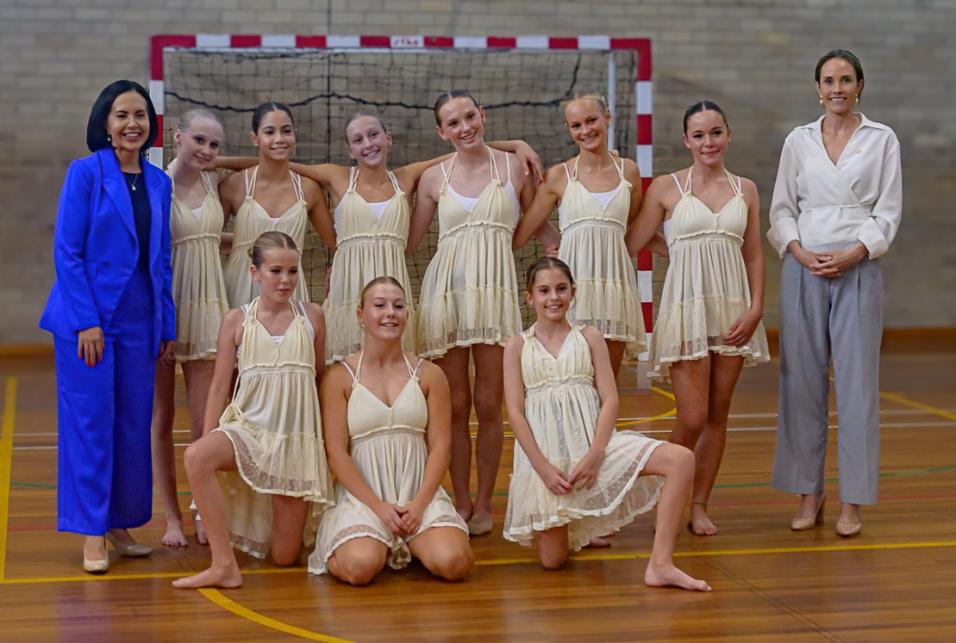
Deputy Premier and Minister for Education and Early Learning, The Hon. Prue Car, and Pittwater MP Jacqui Scruby with NSHS Dance Academy students. Photo: Michael Mannington OAM
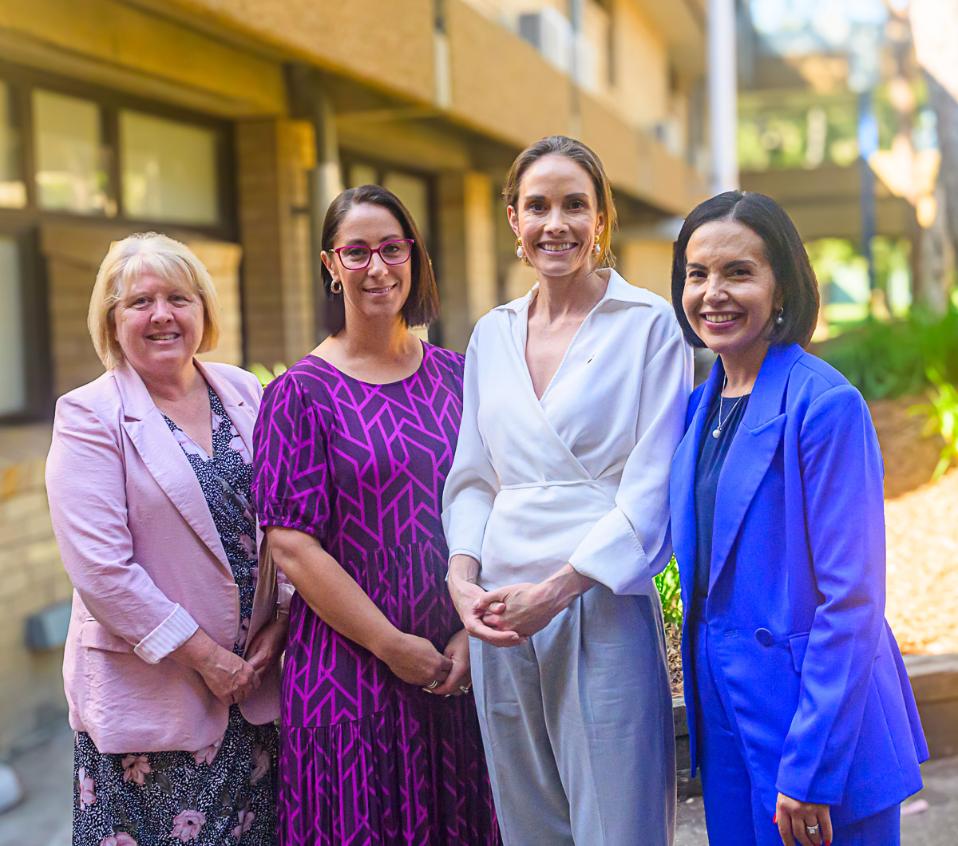
Narrabeen Sports High School Principal Heidi Currie, Suzie Stanford President of the NSHS P&C, Pittwater MP Jacqui Scruby and The Hon. Prue Car, Deputy Premier and NSW Minister for Education and Early Learning. Photo: Michael Mannington OAM
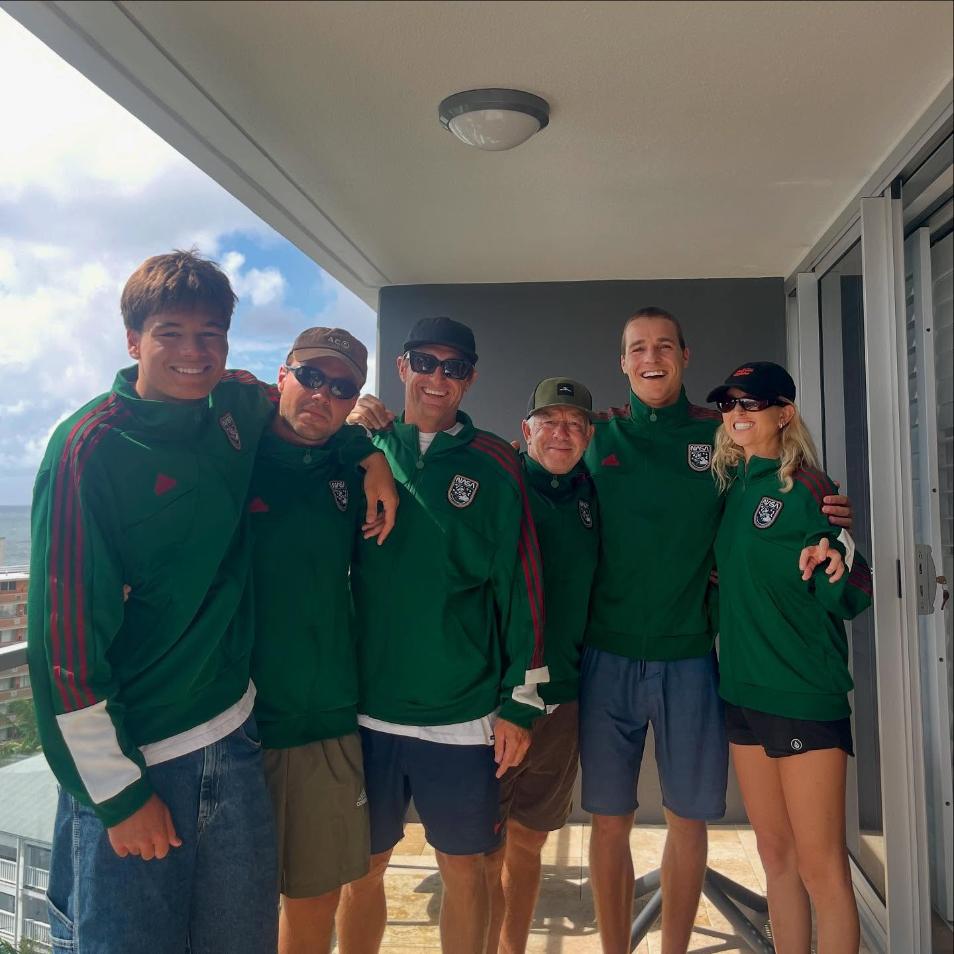
The Australian Surf Life Saving Championships 2025: Finals Results + 'Wrap'
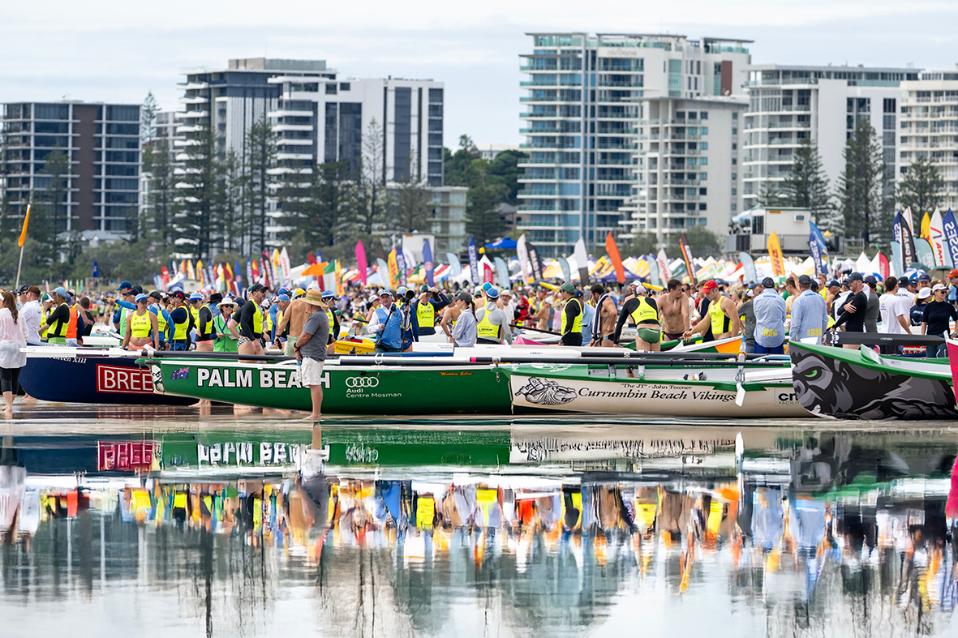
Newport SLSC excelled again this year, finishing the championships ranked 2nd on 249 points, with their Newport Kinghorn Academy Surf Racing Academy accounting for a swathe of those - although all local clubs had members winning points for their club in each Age Division or ensuring their club's colours were front and centre on the sand or in the water.
The peninsula also saw a large crew of officials heading north to ensure the championships could take place, happily giving their time, energy, and a fair amount of money, to be where they could support the events.
On a special note during the week of Aussies, Newport's Life Member Gary Cook received a recognition award for his 30 years of service as an official which is an outstanding contribution to his club and lifesaving as a whole.
Gary Cook at Newport SLSC's 2025 Pool to Peak swims. Photo: A J Guesdon
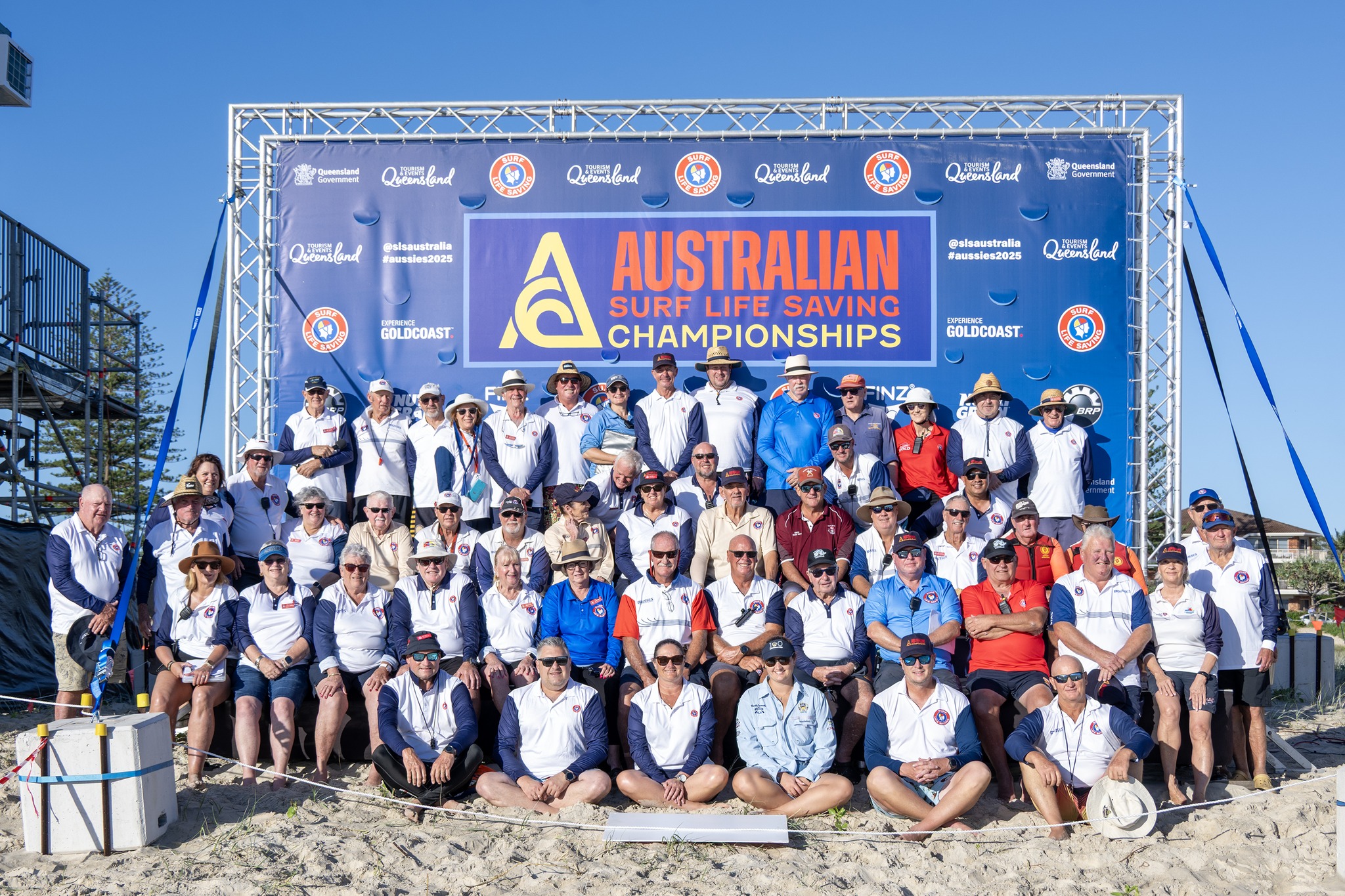
2025 Surfboat Officials. Photo: Malcolm Trees
.jpg?timestamp=1744483382821)
2025 Surfboat Officials - ABSLSC's Melinda Akehurst in the centre. Photo: Malcolm Trees
Three great peninsula March Past teams made the Finals with the Collaroy Ladies being awarded the Gold, the Freshwater Maroon in 5th and the Collaroy Bears in 8th.
The Collaroy Ladies Team have been judged the best of all the March Past teams at Branch, State and Nationals over several years, with the Collaroy Bears also always among the best of the best. These two teams are excellent exponents of the traditional event that dates back to the pioneering days of Surf Life Saving. Ladies March Past was first held in 1946 and Collaroy competed and won the first NSW Ladies March Past Championship in 1947. In those days the team comprised a total of 20 marchers.
The Collaroy Ladies weren't the club's only Gold on the sand with Kerry Armstrong winning the 70-74 Female 1km Beach Run and Miho Kawasaki winning the 60-64 Female 1km Beach Run.
Some of the biggest smiles came from more than 30 athletes hitting the beach for the Adaptive Program events on Day Eight of the Australian Surf Life Saving Championships.
With most competitors tackling all events – beach runs, beach sprints, flags, swim, board and wading – the competition was fierce in front of a loud and energetic crowd at North Kirra.
In its second year of operation, the Adaptive Program at Aussies aims to give people of all abilities the opportunity to experience the exhilarating thrill of surf sports, whilst growing participation and competition opportunities nationwide.
John Baker AM ESM, President of Surf Life Saving Australia said, “This shows that Surf Life Saving is for everyone. We pride ourselves and our Surf Clubs on being really open and it doesn’t matter where you come from, what your ability is, what your background, everyone is welcome at a Surf Club, and everyone can find a meaningful place and rewarding experience.
“This is a great example of what we want to be as a movement which is open to all Australians.
“We are seeing growth in numbers from last year and we would like to grow those numbers further. Our aim is to make this a showcase every year and be an example to other sports on what they can do with inclusivity and adaptive programs.
“There is a huge amount of interest from those here at the Australian Surf Life Saving Champs and the support has been great to see.” Mr. Baker said
Gold, Silver, Bronze, points and 'having a go' is still brimming over across all ages - it's a good thing everyone has an Autumn School Holidays break to wind down in.
Church Point and Bilgola
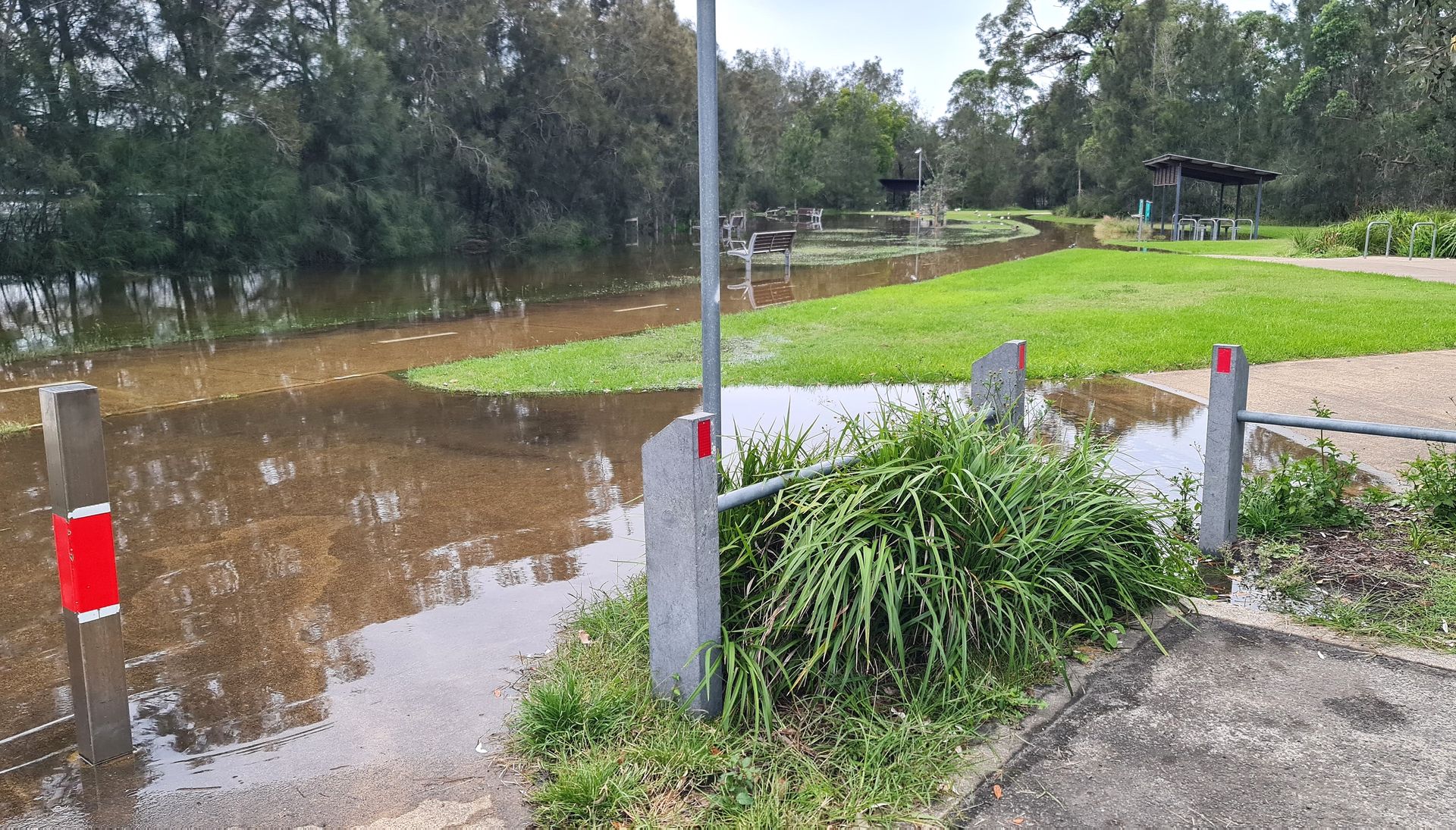
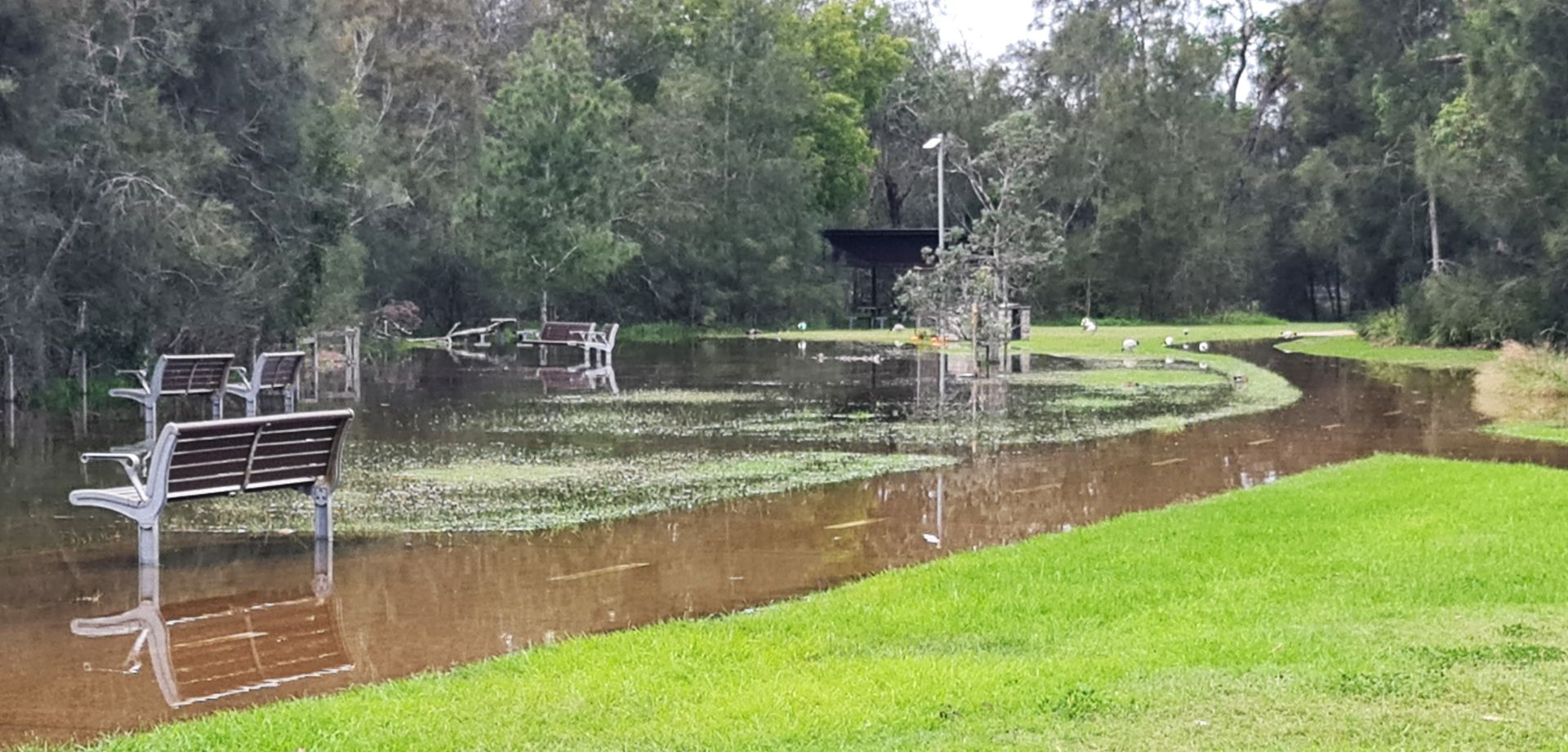

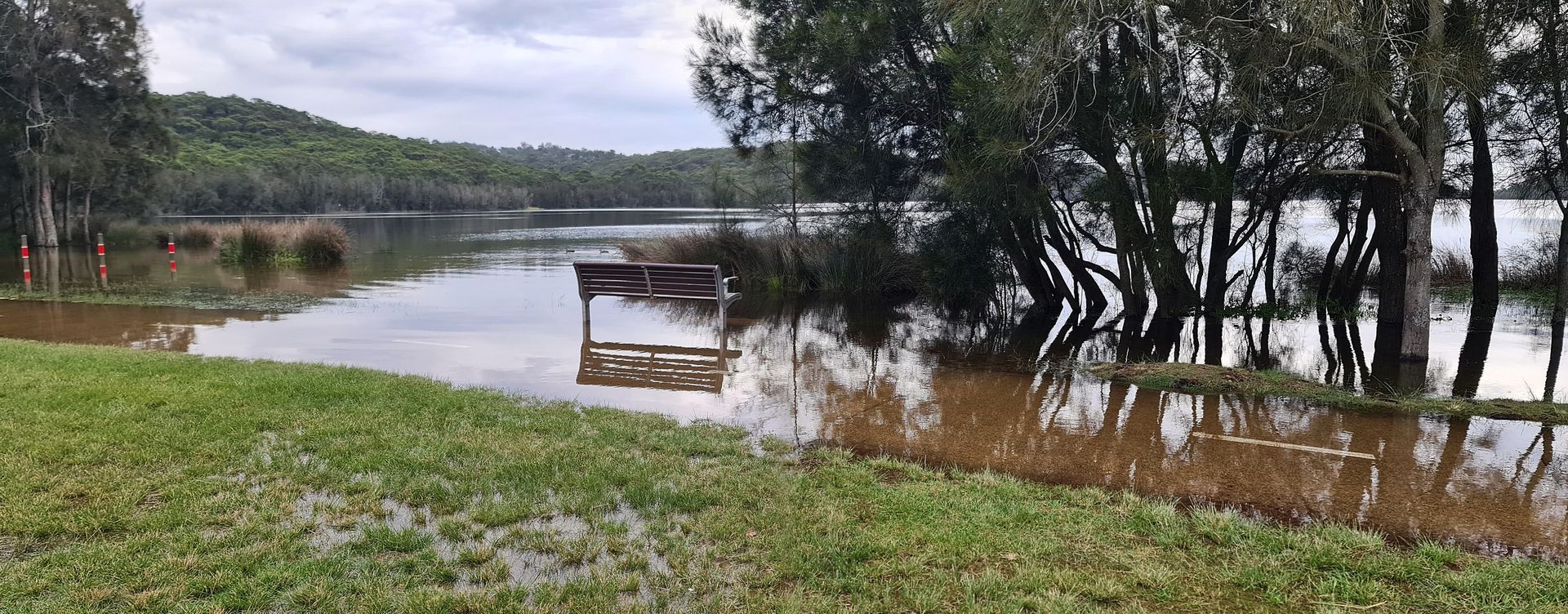
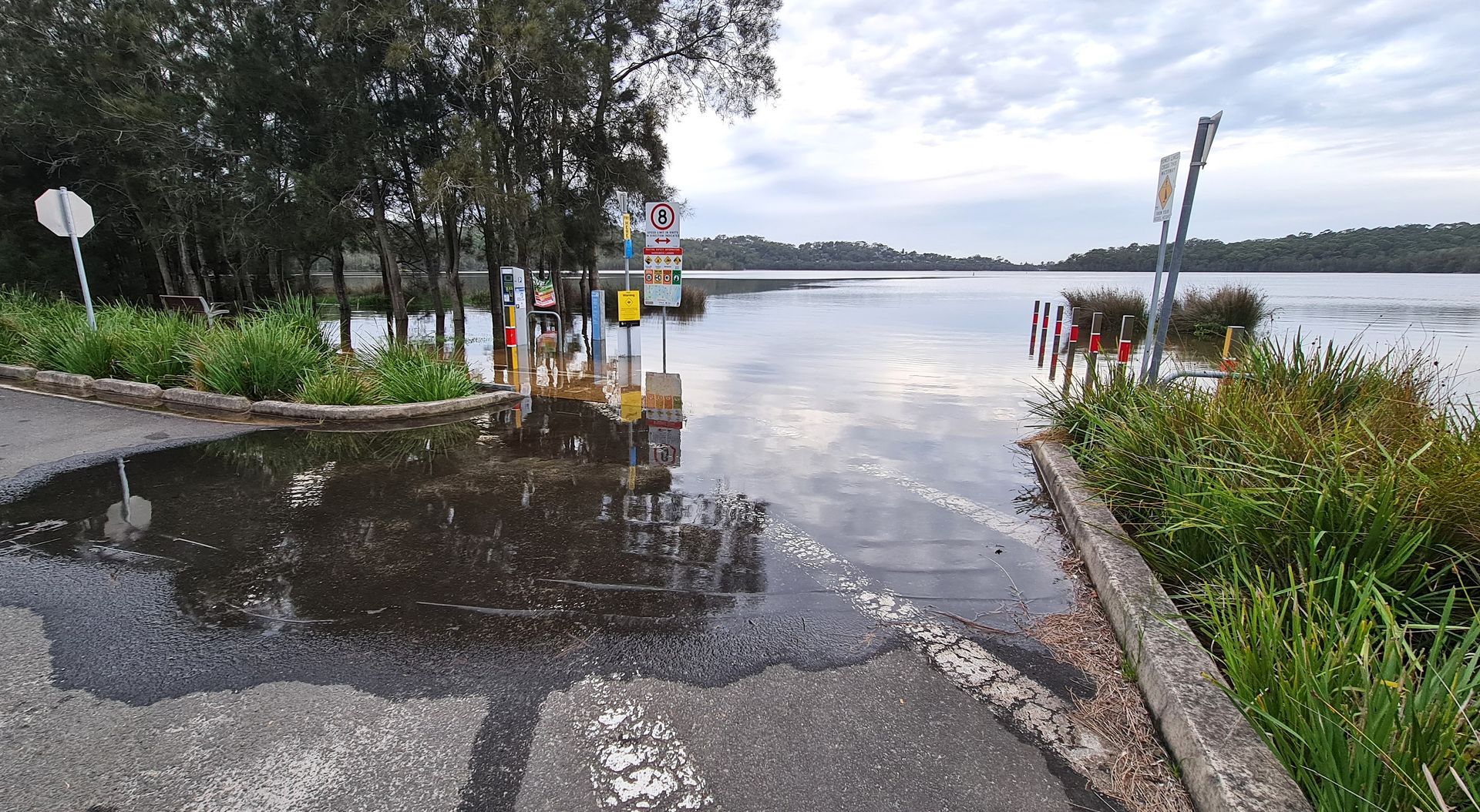
Flooding at Middle Creek Reserve boat ramp, Wednesday morning, April 2, 2025. Photos: Joe Mills
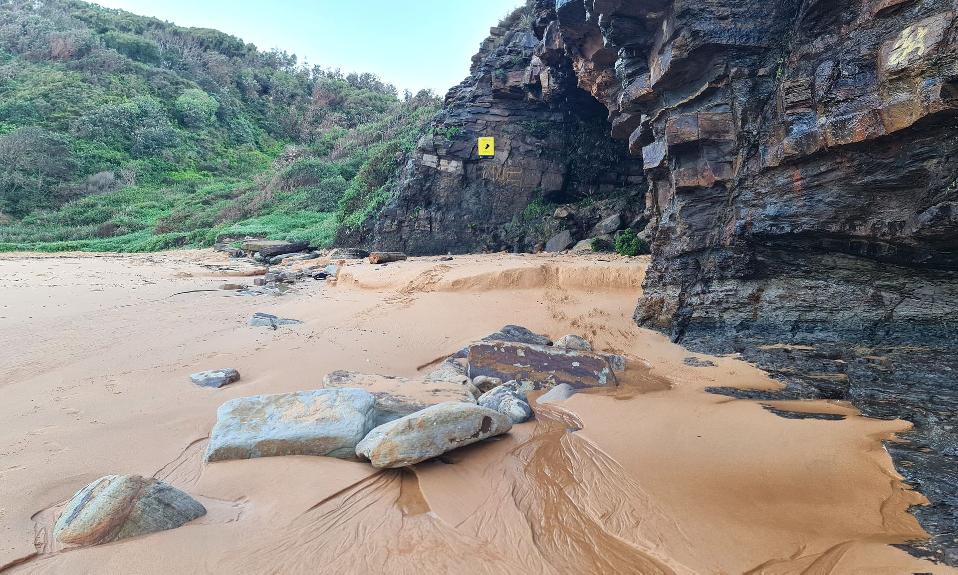
May
Avalon Bulldogs A Grade 2025: Three Pittwater A Grade Teams this Season
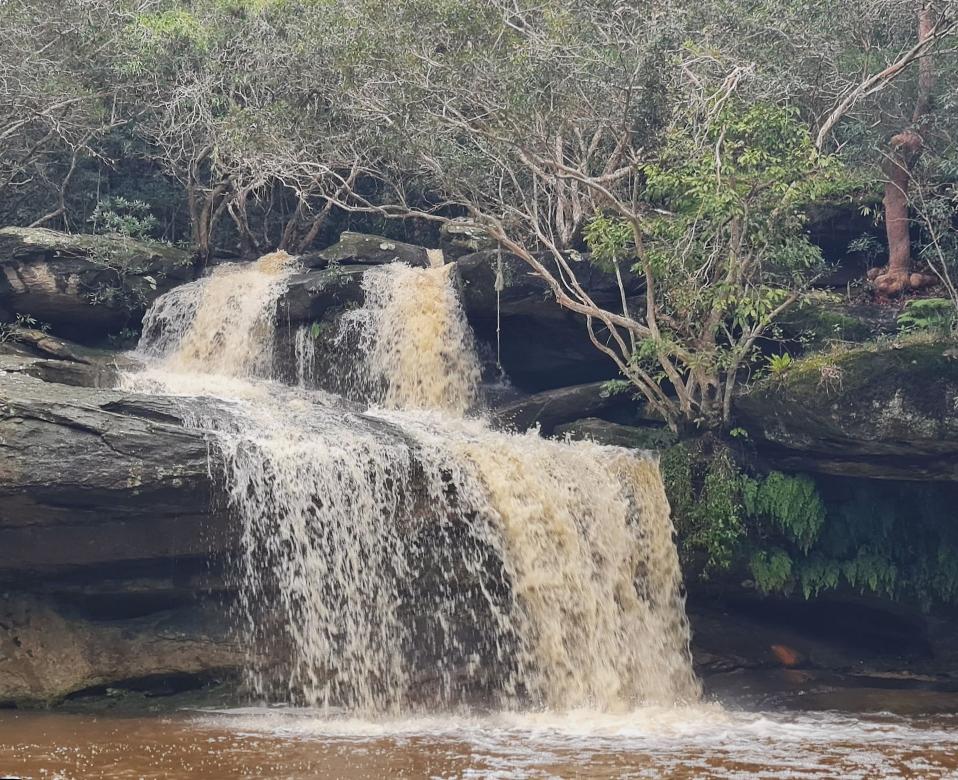
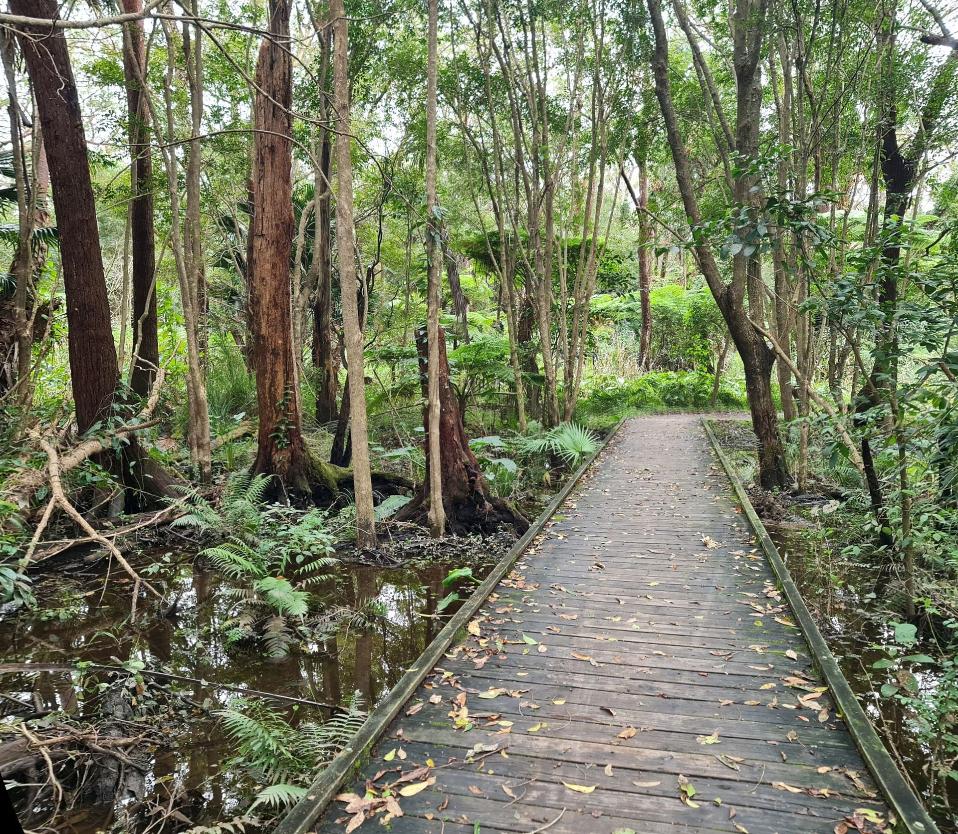
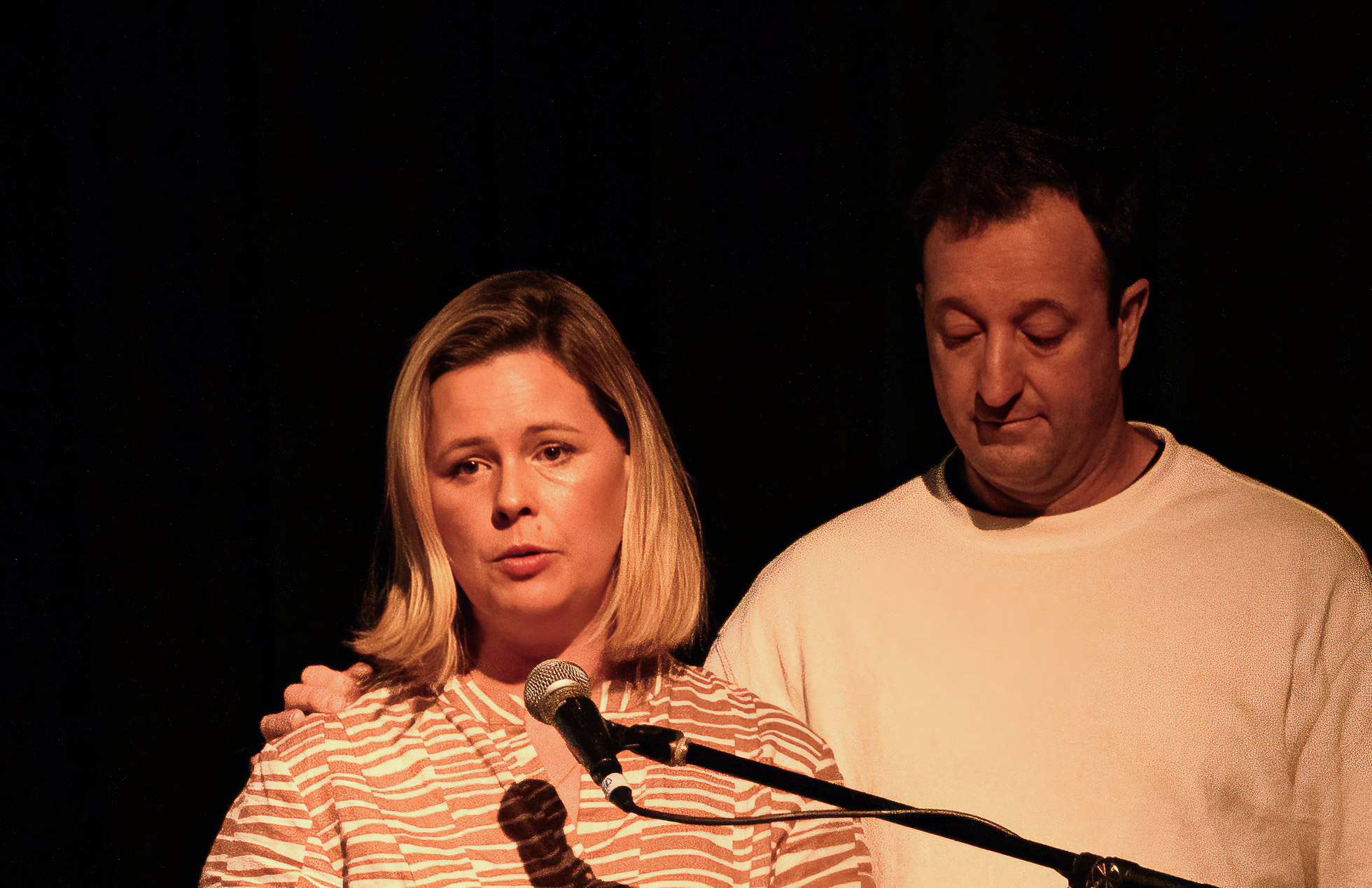
Elouise and Danny Massa speaking at the May NB Hospital Community forum. Photo: Michael Mannington OAM MORE HERE
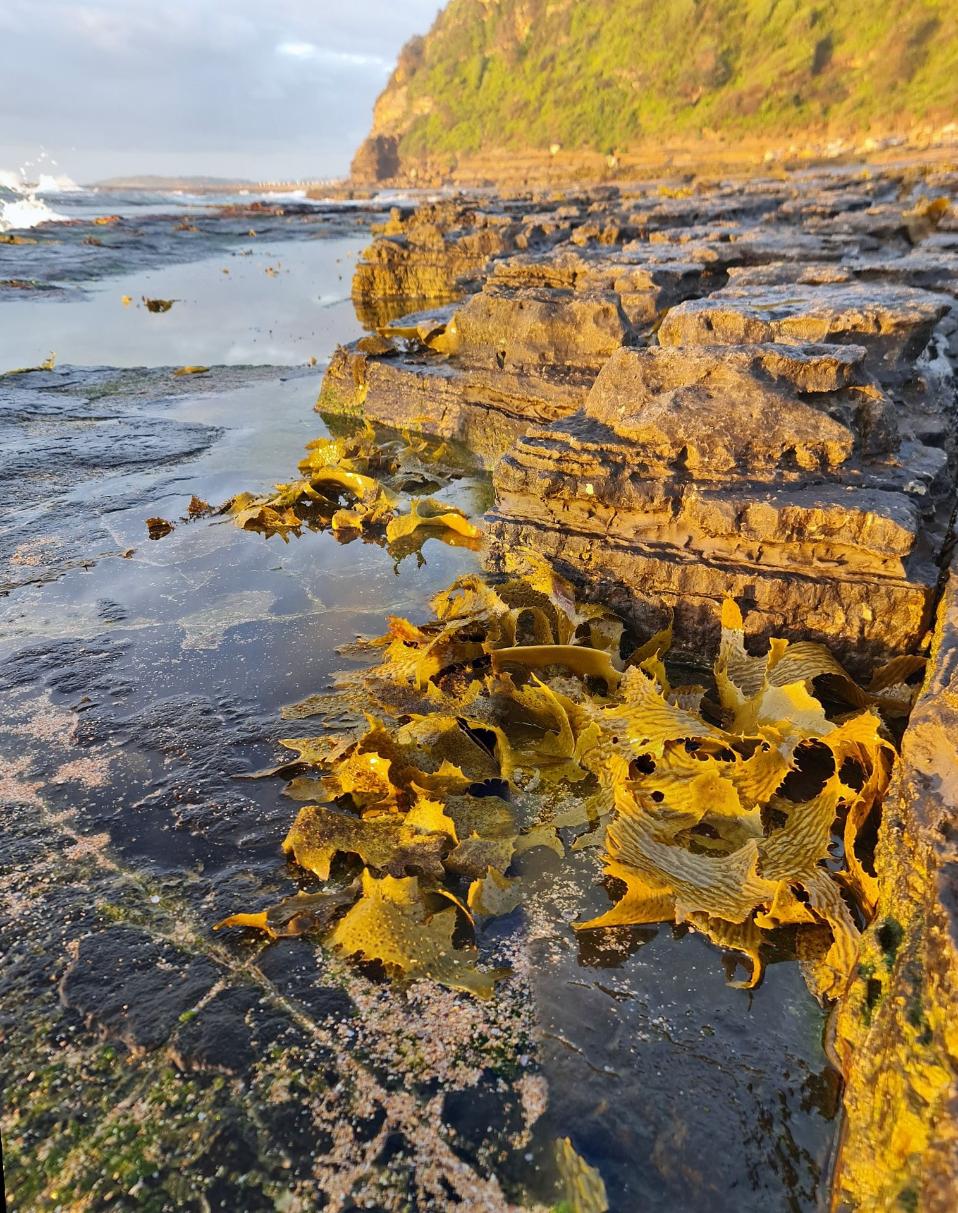
Scotland Island's Wedding Island Opening Weekend: 'A Triumph'
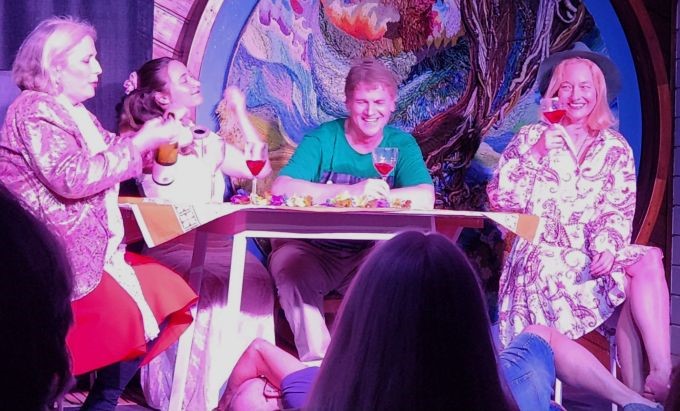
Let no man stand in the way of an island celebration (l to r): Jess McGowan, Mara Syngros, Roy Baker & Sophie Lepowic

The 2025 NSW Architecture awards Shortlist were revealed Monday, 12 May, with some beautiful local buildings and great local Architects among those nominated (we had a sneak peek).
Pittwater Tigers Secure 50k Grant for Auskick field at North Narrabeen + Amenities Upgrade
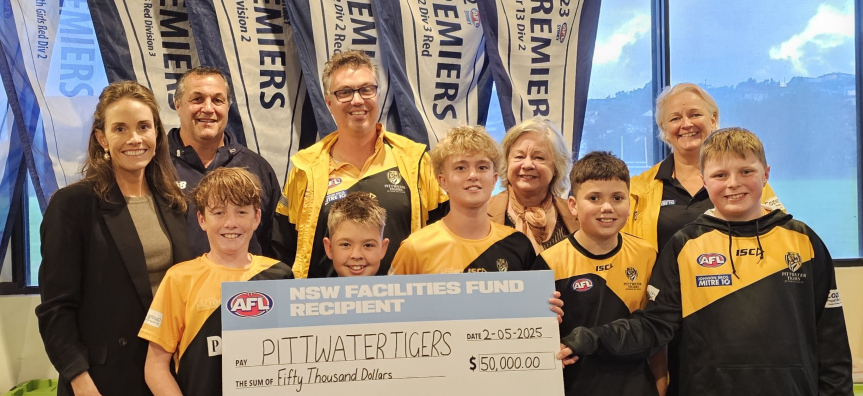
Photo; L- R: Jacqui Scruby, Member of Parliament for Pittwater. Andrew Varasdi Head of AFL NSW/ACT. Chris Davison, President Pittwater Tigers. Sue Heins, Mayor. Sara Archer, Registrar Pittwater Tigers, Pittwater Tigers team members. Pic: NBC/JS

Scamps Retains Mackellar, Increases Margin, Steggall Retains Warringah, Increases Margin, Independent Nicolette Boele Looks set to Win Bradfield – Landslide win for Labor: The Data
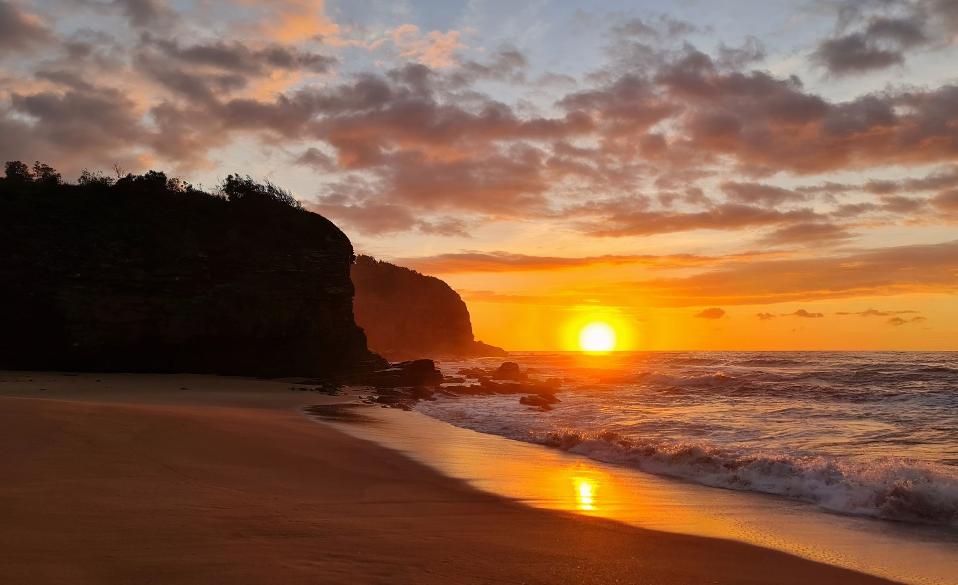
Receivers appointed to Healthscope parent companies: short-term partial rent deferral agreement - EOI received - MORE HERE
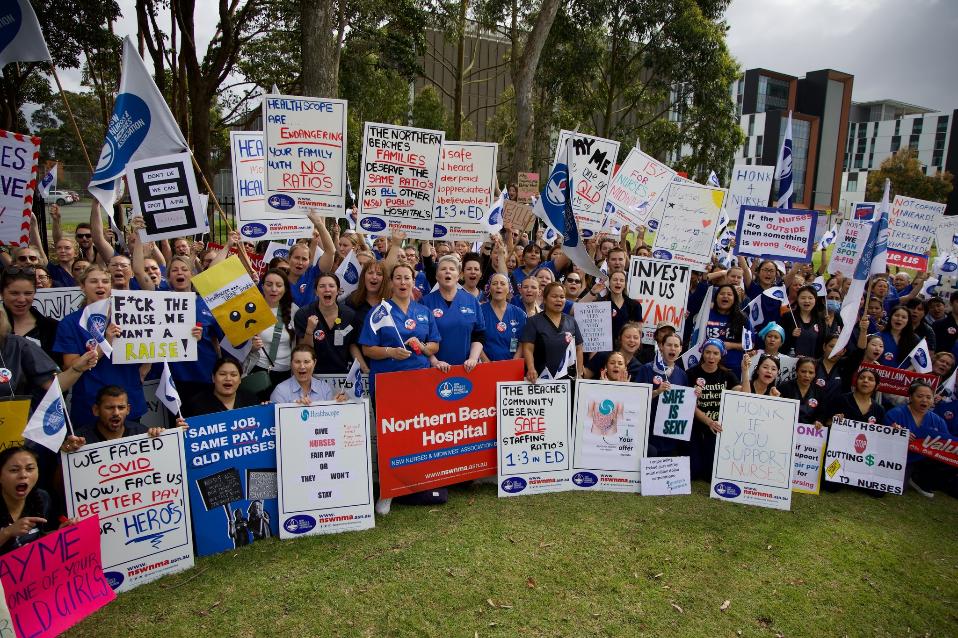
Avalon Computer Pals turns 25
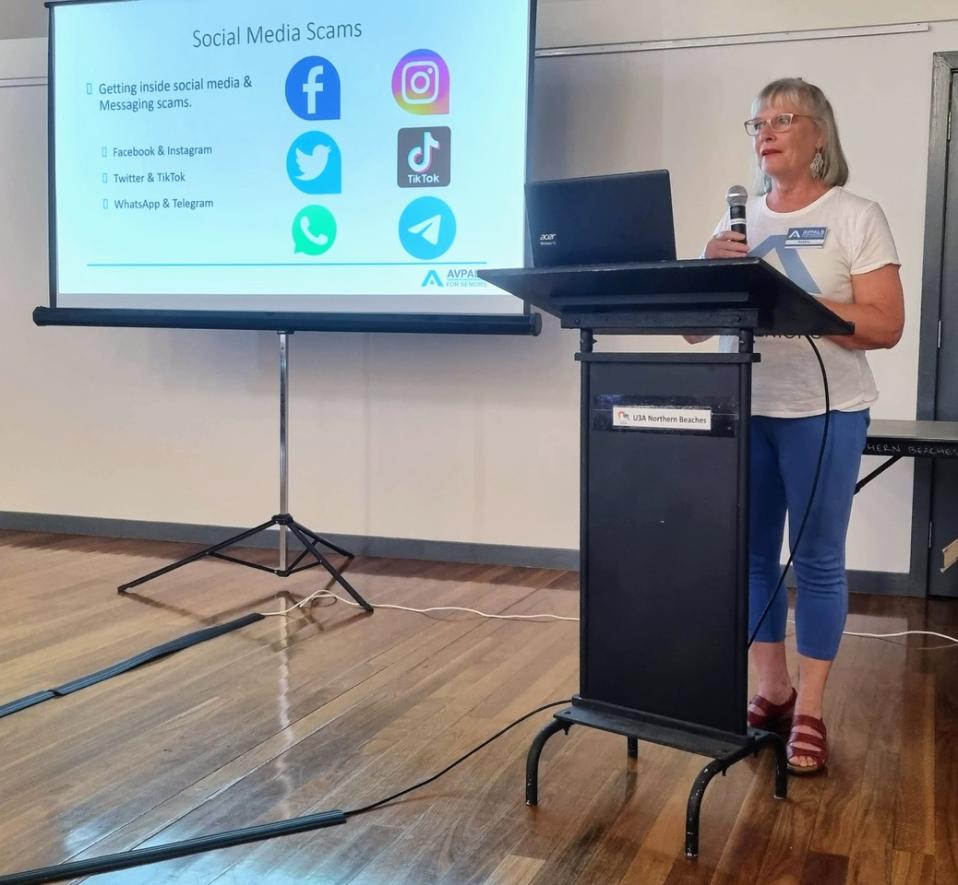
June
Cutting the Bilgola Plateau PS 60 Year Birthday cake; Ross Montague, John Gray, David Watson and Di Page More in: Bilgola Public School Celebrates 60th Birthday: The Anniversary Walk to recreate history
Kurt Stevenson - Avalon Bulldogs legend - with his sons
John Davis, Past-President of Avalon Bulldogs, Pittwater MP Jacqui Scruby, Brian Friend OAM
On Saturday June 21 the Avalon Bulldogs hosted visiting team the Asquith Magpies on Hitchcock Park, Avalon, in Round 9 of the 2025 Northern Open Age Sunday Gold Comp. The game was won by the Doggies, 34 to 14, which keeps them at the top of the ladder as the Season advances towards the final rounds before semis, finals and the Grand Final.
Before the game, and after an all-day footy feature on Hitchcock of all age divisions and boys and girls teams, around one thousand people from babies to octogenarians gathered to honour a stalwart of their club – Brian Friend, known as ‘Friendly’ – for his 50 years of coaching Under 14’s to Under 6’s.
John Davis, President of the Club 2018 to 2020, MC for the evening, also paid tribute to Kurt Stevenson who was playing his 350th game. Kurt led the A Grade team out with his sons.
Pittwater MP Jacqui Scruby was on hand to present Brian Friend with a framed copy of the Community recognition statement tabled by her in the NSW Parliament, and took the opportunity to thank Friendly for his service as a volunteer over the several decades he has devoted to the Avalon Bulldogs. MORE HERE
2025 NSW Architecture Awards Winners: Babylon House (Avalon/Clareville) Morning Bay House (Morning Bay) Lagoon House (Curl Curl) win - Sydney Metro City Stations Project Awarded the NSW Architecture Medallion
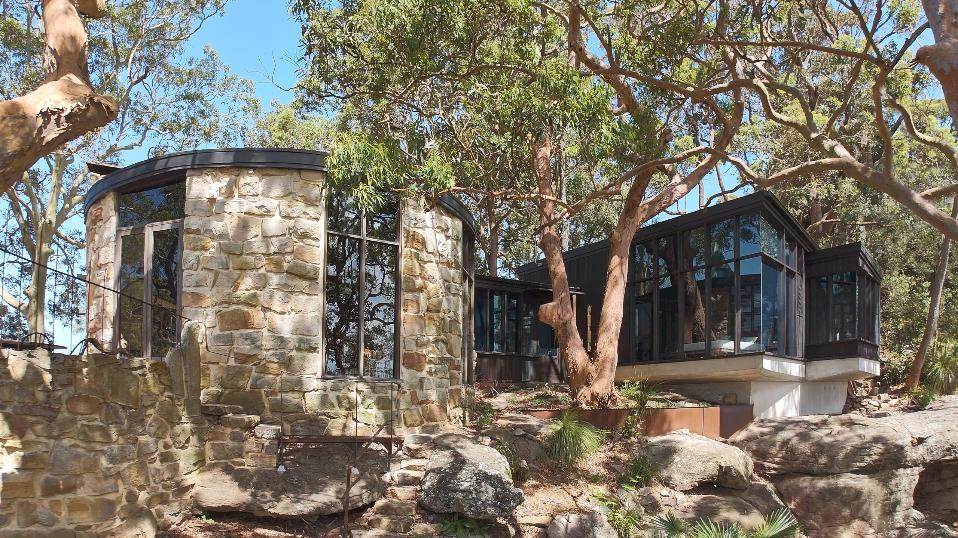
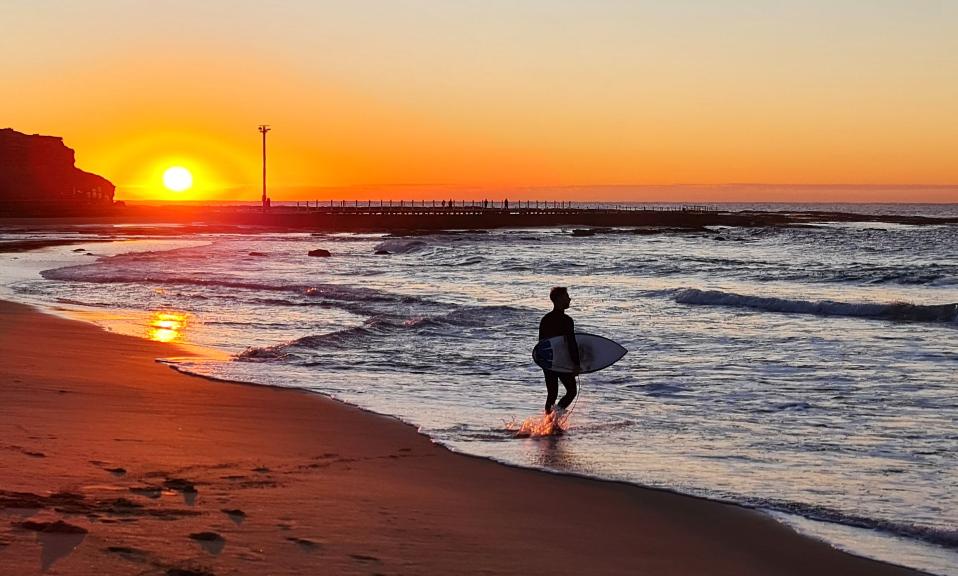
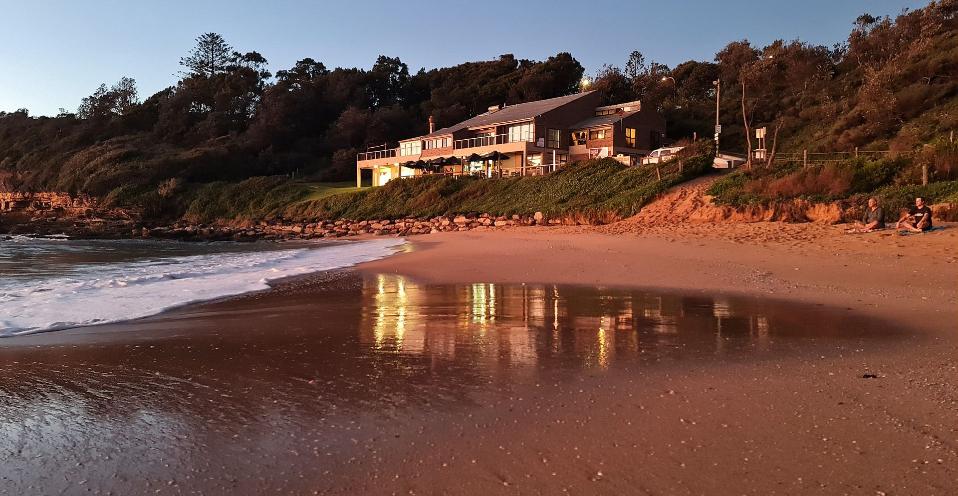
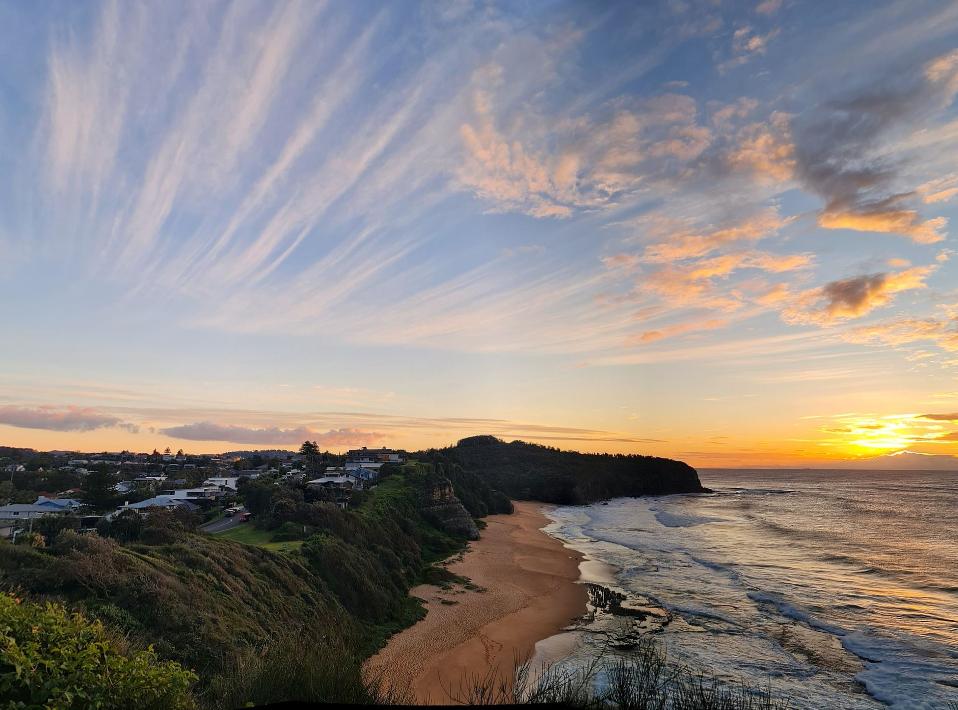
NSW Government announces Beachwatch program to continue under current model for another two years
NSW Budget green lights congestion busting Mona Vale Road West upgrade - Scruby delivers on Election Promise: Secures Funding
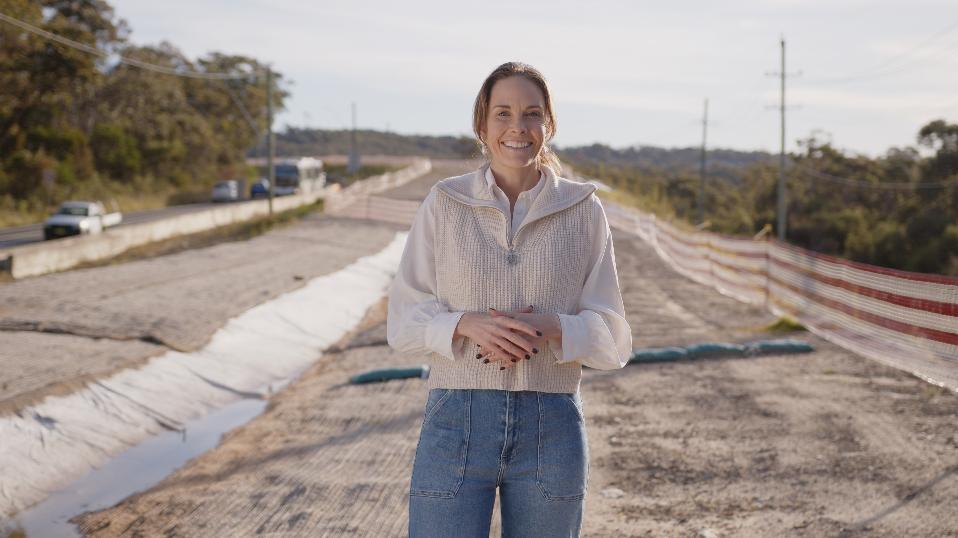


July
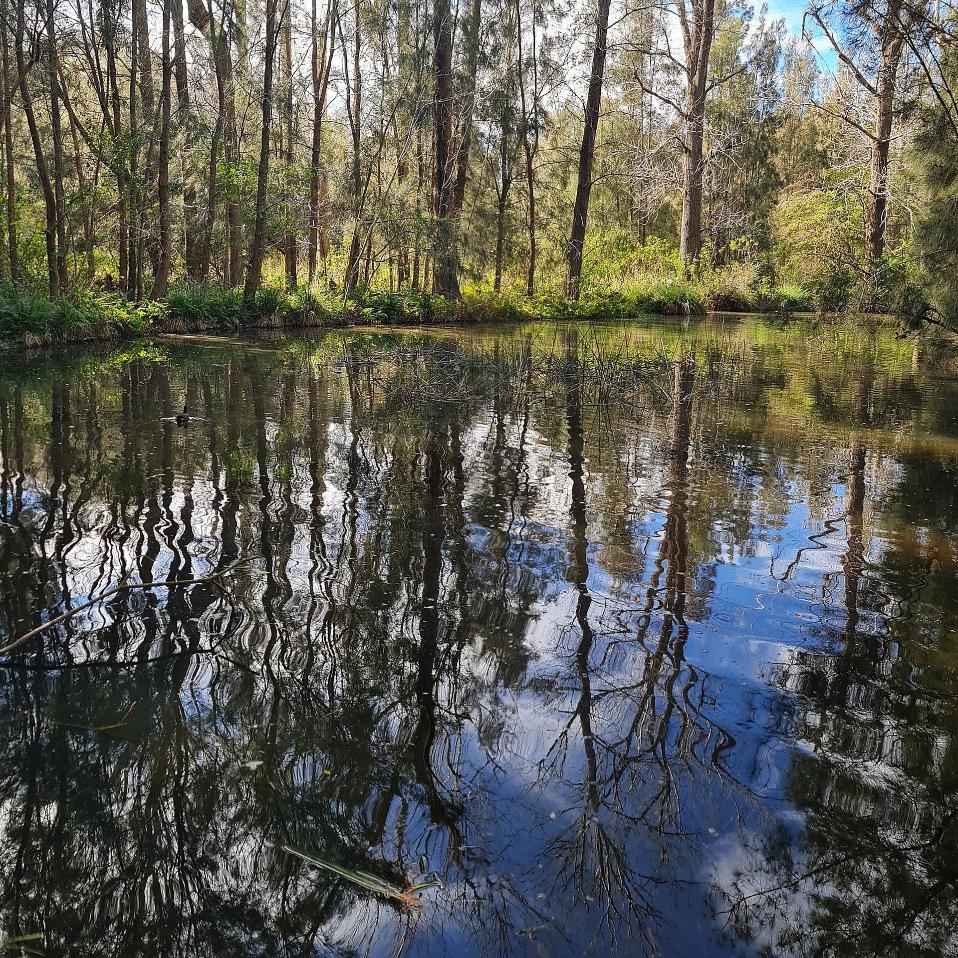

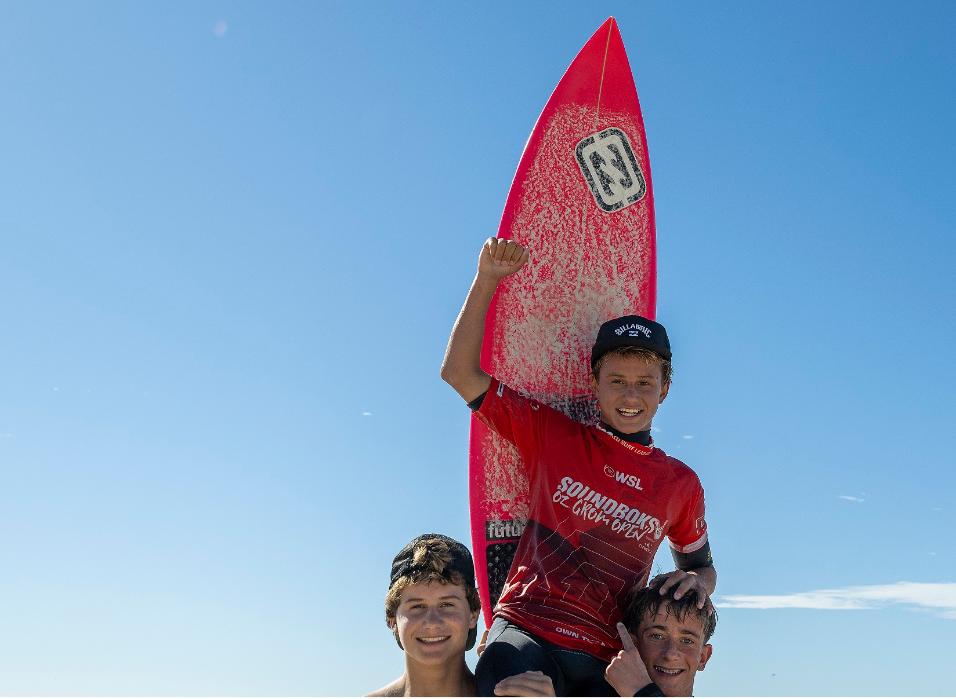
U16 Boys Champion Locana Cullen. Credit: Ethan Smith
The 2025 Soundboks Oz Grom Open incorporating the Traeger Grills Pro took place from 3–8 July 2025.
As one of the most prestigious junior surfing competitions globally, the Soundboks Oz Grom Open brings together top-level competitors contending for national rankings, with the U16 and U18 divisions vying for selection to represent Australia at the International Surfing Association (ISA) World Junior Championships. - MORE HERE
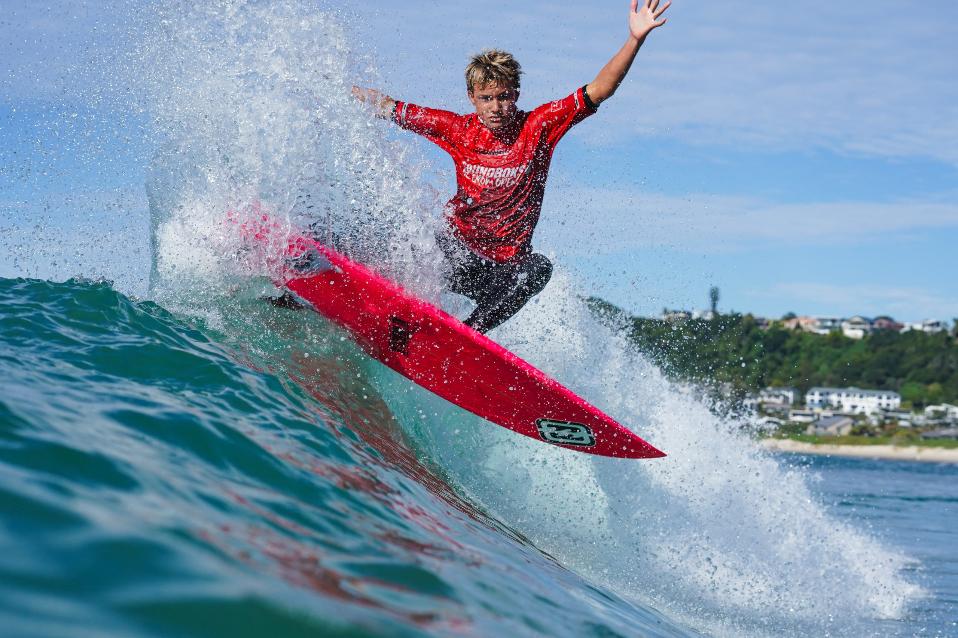
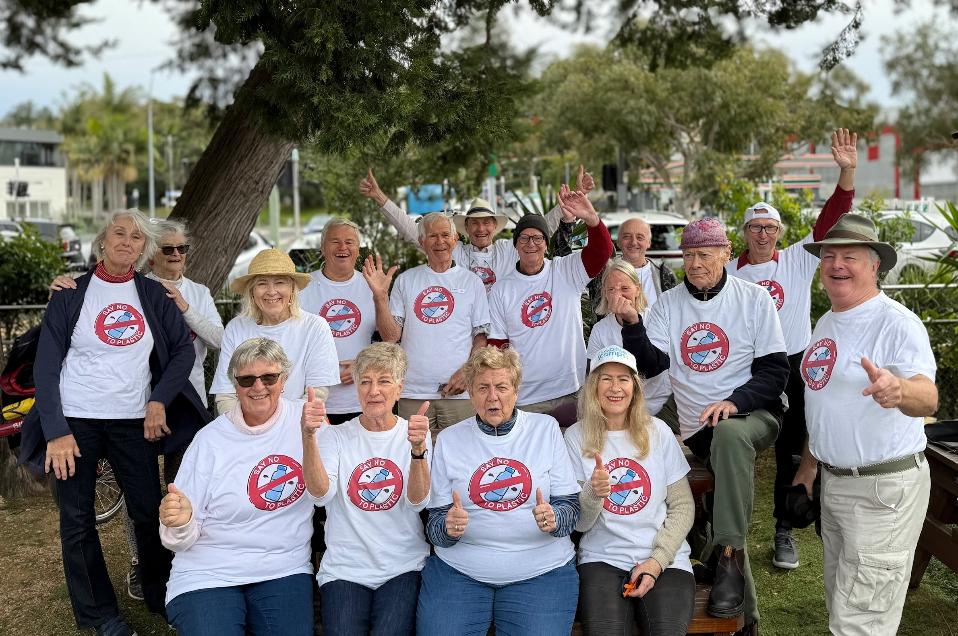
De-amalgamation news: Protect Pittwater Update - 'Fit for the Future' a ruse to effect Amalgamations
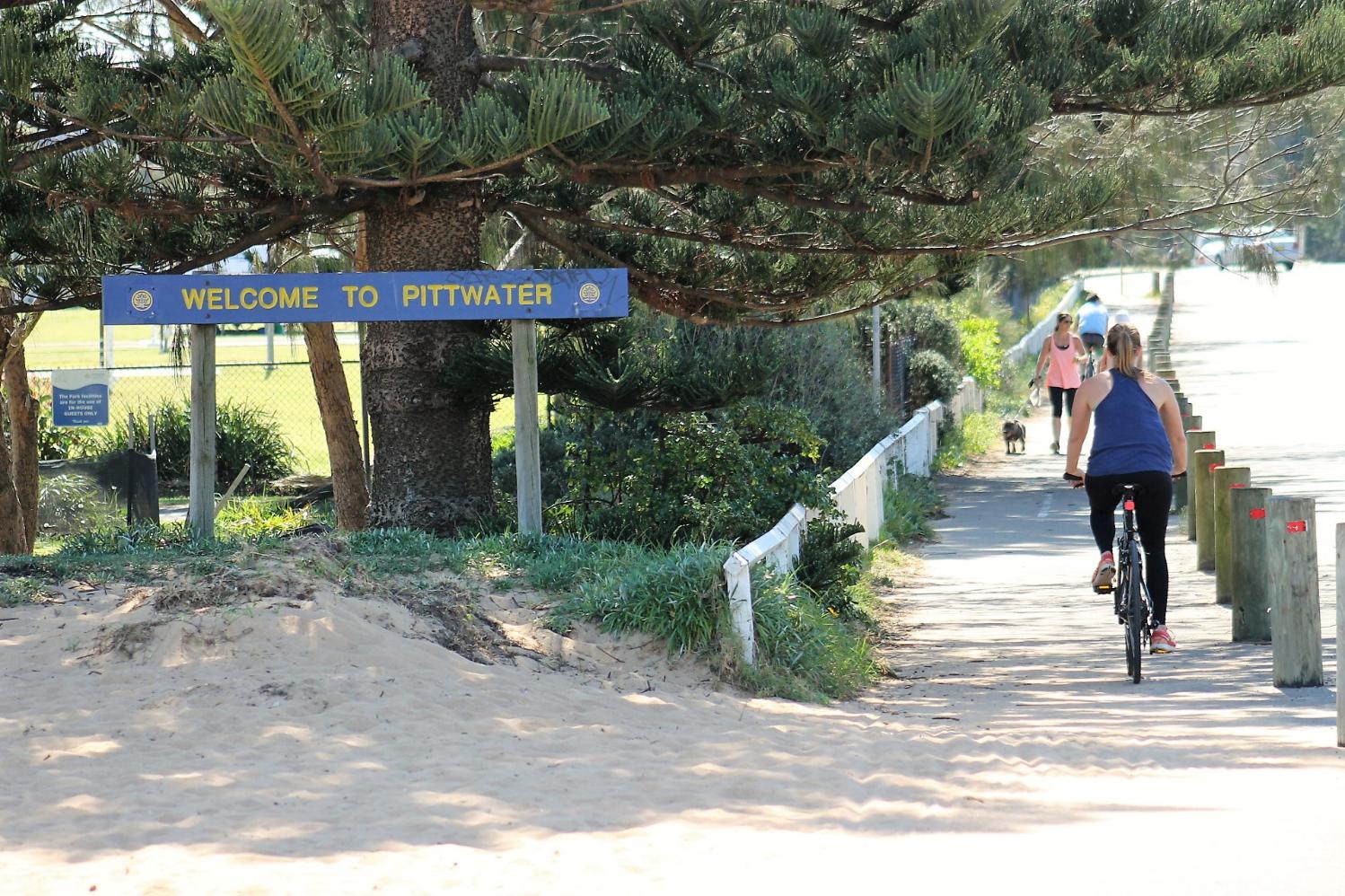
We consider the only future for this area and for the preservation of those ideals and policies for which we stand is to become an independent Shire … the need for this electoral reform has been clearly and sufficiently demonstrated to enable the Government to come to a decision and no longer forestall the issue. Put simply we call upon the Government to put the matter now to the people of A Riding to determine. - Warringah Shire Councillors Robert Dunn and Eric Green, representing A Riding - 1990
Photo: 'Welcome to Pittwater signage at North Narrabeen, where the Pittwater Council LGA commences, in 2013
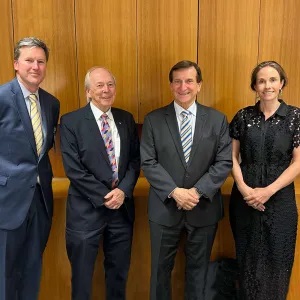 On 19 March 2025 Protect Pittwater committee members Simon Dunn and Peter Gray met with the Hon. Ron Hoenig MP (Minister for Local Government) to present the case for reinstating Pittwater Council.
On 19 March 2025 Protect Pittwater committee members Simon Dunn and Peter Gray met with the Hon. Ron Hoenig MP (Minister for Local Government) to present the case for reinstating Pittwater Council. - Outraged Pittwater Community fights to stop rising costs of failed merger; Renews Call to reinstate Pittwater Council - Feb. 2025 SRV Rate rise
- Proposal to Reinstate Pittwater Council on its former boundaries: revised s215 document - August 2024
- Protect Pittwater Associations' New President Simon Dunn, son of first elected Pittwater Mayor, to lead charge to restore Pittwater Council - June 2023
Avalon Bulldogs J.R.L.F.C. 2025 A Grade Team
Instagram: www.instagram.com/avalonbulldogs
Home Ground: Hitchcock Park
The Avalon Bulldogs Junior Rugby League club is a family oriented community-based sporting club with over 60 years of heritage, commencing in the Manly Warringah District Junior Rugby League in 1962.
The club is a much-loved asset to the community with a large following of passionate supporters. The junior division and touch football competition attracts over 1200 players annually. Home games are played at Hitchcock Park on Saturdays from April to August, and touch footy games on a Friday night are THE place to be socially for around 700 families from toddlers to grandparents between October and December.
The organisation is committed to providing a fun and healthy environment for families to come together and get active. They follow the NRL values of Excellence, Inclusiveness, Courage, and Teamwork. From the youngest players at four years old to the team of 100 volunteers who give hours of their time to the club for the love of the game, the commitment is impressive. In the eyes of the youngsters, the club is the best thing since sliced bread. They wear their training shirts proudly everywhere they go!
This Winter Comp. Season the Doggies have 22 teams from Under 6's through to Opens (A Grade), including 8 girls teams playing in the rapidly growing Blues Tag comp.
Blues Tag is an inclusive-style of Rugby League open to players from all backgrounds and abilities, with a focus on improving the players' fundamental skills – catching, passing and in-game communication. It's a non-contact version of Rugby League - players wear shorts with attached tags and tackles are made by removing a tag, rather than physically tackling.
So far this year they've celebrated Brian Friend's 50 years of coaching littlies, and almost 60 years of being part of the Bulldogs cohort, cheered as Kurt Stevenson led A Grade out onto the field with his sons to play his 350th game, and welcomed the return of an A Grade team for the Mona Vale Raiders for the first time in 23 years because that means an expanded competition, it's great for the MWDJRL, and makes the local rugby league family an even bigger one. All are welcome because all belong!
Max Girdler during the July 6 home game for the Bulldogs
fan club watching on as the victors sing the Doggies song
Celebrating Jack McCoy: More than a Paddle out
On Saturday July 5th, a glorious winter day, a celebration of much-loved local Jack McCoy was tempered by grief for those left behind; his ohana – family - in wife Kelly, their daughter Indi, son Cooper, and grandchildren.
Jack was an immensely talented person, with a wonderful sense of humour, and a true surfer of the world. We were lucky to have him share his vision, to channel so many stories of the passion for riding waves through his work. With Kelly producing alongside him, the McCoy ohana team enriched our world, and aims to continue to do so.
Layne Beachley, Surfing Australia Patron, as MC, welcomed everyone and stated prior to the paddle out:
‘’We’re here to honour the legacy of Jack McCoy. From weekend warriors to world champions and industry icons, we’re all here because in some small or large way Jack touched our hearts.
Whether it was through his legendary films, his big warm heart-to-heart hugs, or that unmistakeable aloha spirit, Jack wove himself into the very fabric of Australian surf culture.
Through his documentary surf films he captured the soul of surfing; his pioneering film photography, his love of storytelling, his love of ohana and his unwavering belief in others helped inspire all of us to ‘go catch a bomb’.
His body of work contains some of my personal favourites, Blue Horizon, Occy: The Occumentary and Green Iguana. Working on Jack in his film Liquid was certainly one of my career highlights. He cheered us on, he challenged us, always, to go deeper, and as anyone who ever had the opportunity to work with Jack, he always got the shot. He’d stay in the water for hours – he never gave up.
We all knew who Jack was and is – and we’re forever grateful for the way he captured and told our stories and our surfing platform. While today is about celebrating Jack’s life and legacy, he also wanted to take this as an opportunity to raise funds for causes that were very close to his heart; Surfrider Foundation Australia, Surfers for Climate, and the newly established Jack McCoy Aloha Foundation, supporting filmmakers, environmental causes, and preserving Jack’s incredible archive for future generations.
Indi and Tom with Duke's board
Manly to Barrenjoey surfing legends Pam Burridge, Tom Carroll and Layne Beachley
NASA members - younger set respect. MORE HERE
Killing of Ruskin Rowe Heritage Listed Tree 'authoritarian'
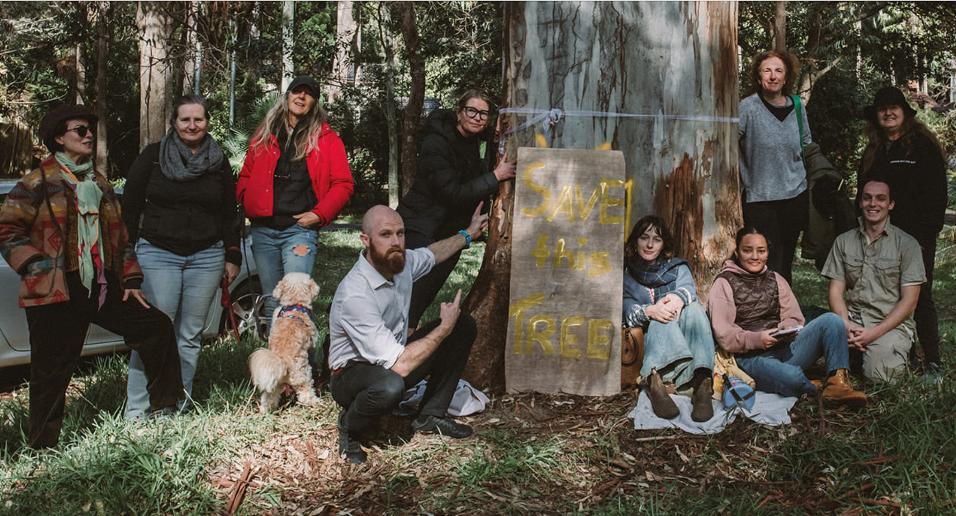
Ruskin Rowe tree vigil, June 2024. photo supplied
Pittwater residents have called the way the council has killed a tree community members stood vigil around for weeks a year ago authoritarian and lacking transparency.
Residents of the street were informed in a letter dated July 23, two days out from Tree Day 2025, that the tree, a flooded gum, was judged to be at risk of dropping branches.
Exactly 7 days later, July 30, the trucks rolled into Ruskin Rowe again to cut down T2 and prune T1.
The street was closed in its entirety, and police tried to move Canopy Keepers members, who were peacefully observing, and other residents on.
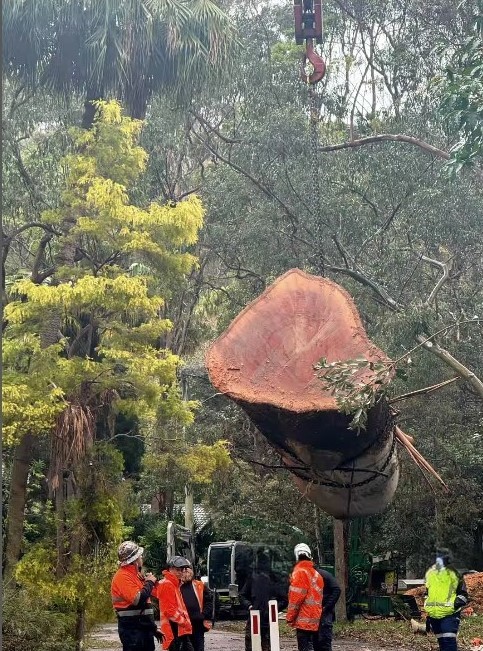
screenshot from CK video of the Ruskin Rowe gum tree trunk. MORE HERE
August
Manly Warringah Sapphires WIN!!!
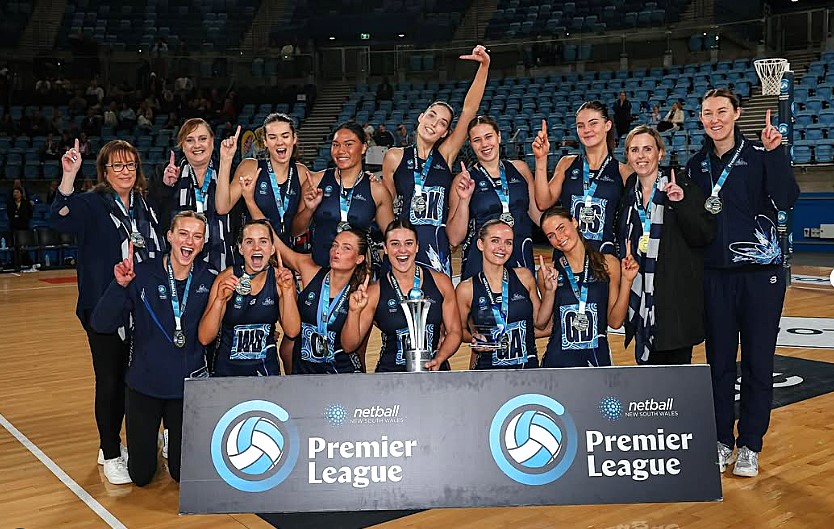
Photo: Manly Warringah Sapphires
Sapphires coach and support staff stated: ''What a season, what a team! Congratulations to our Manly Warringah Sapphires on taking out the 2025 Netball NSW Opens Grand Final!
A huge thank you to the Manly Warringah Netball Association for rallying the Manly Blue Family troops, to our amazing Sapphires parents, families and friends, and all the wonderful Sapphire supporters who cheered us on- your energy and sparkle made all the difference!'' Celebrating 60 Years of MWNA in 2025: MORE HERE
Warringah Rugby Club's Ratettes Win 2025 Grand Final - All other Teams into Semi-finals
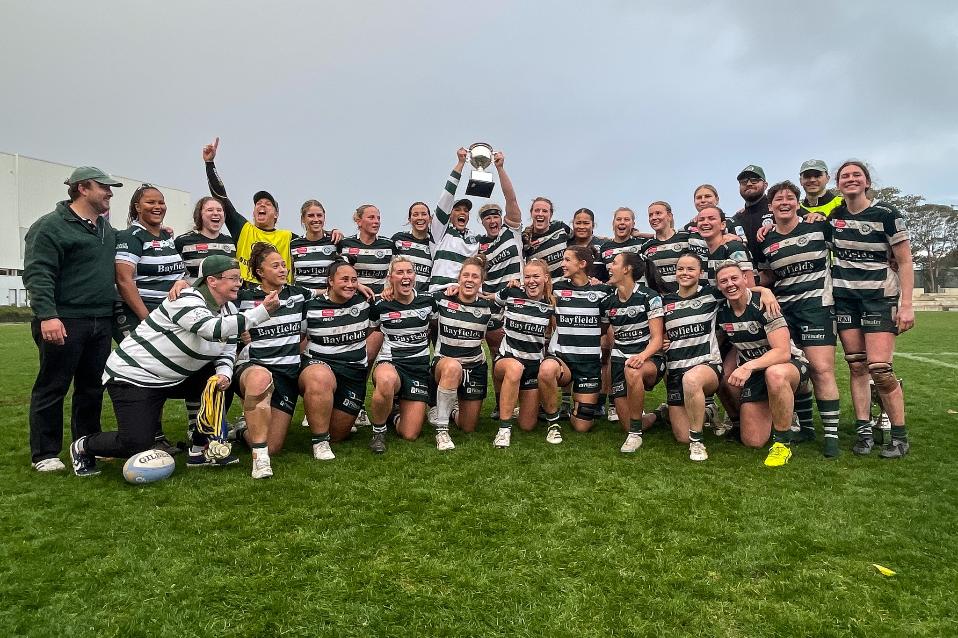
Warringah Rugby Club Wins 2025 Shute Shield
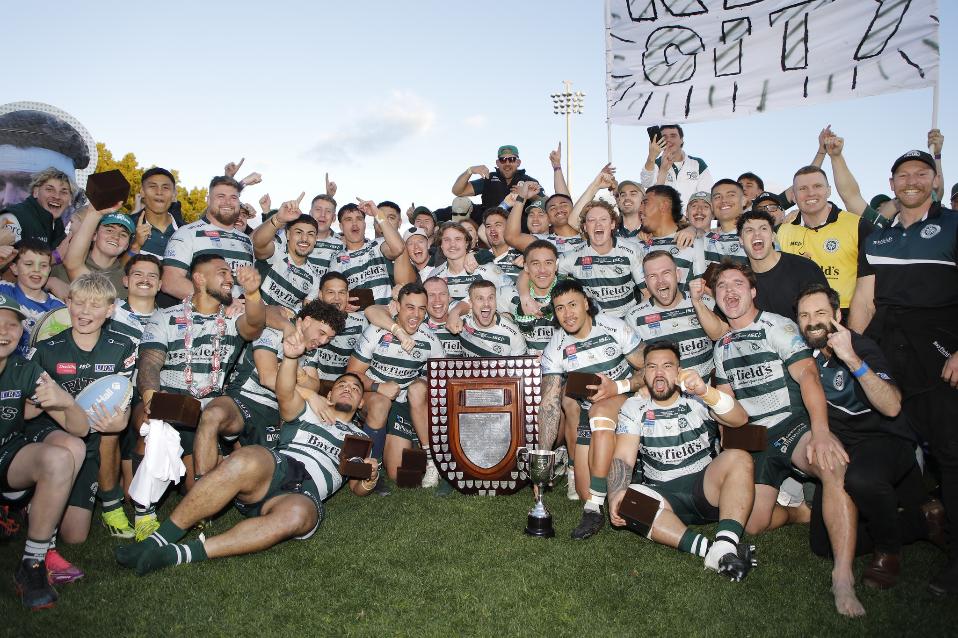
Avalon Bulldogs Win 2025 A Grade Grand Final
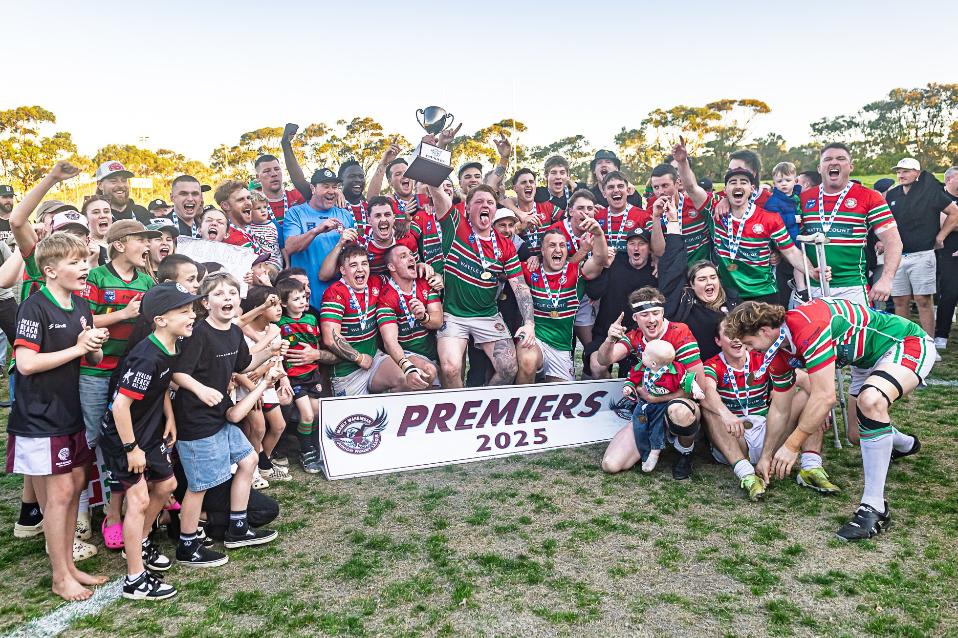
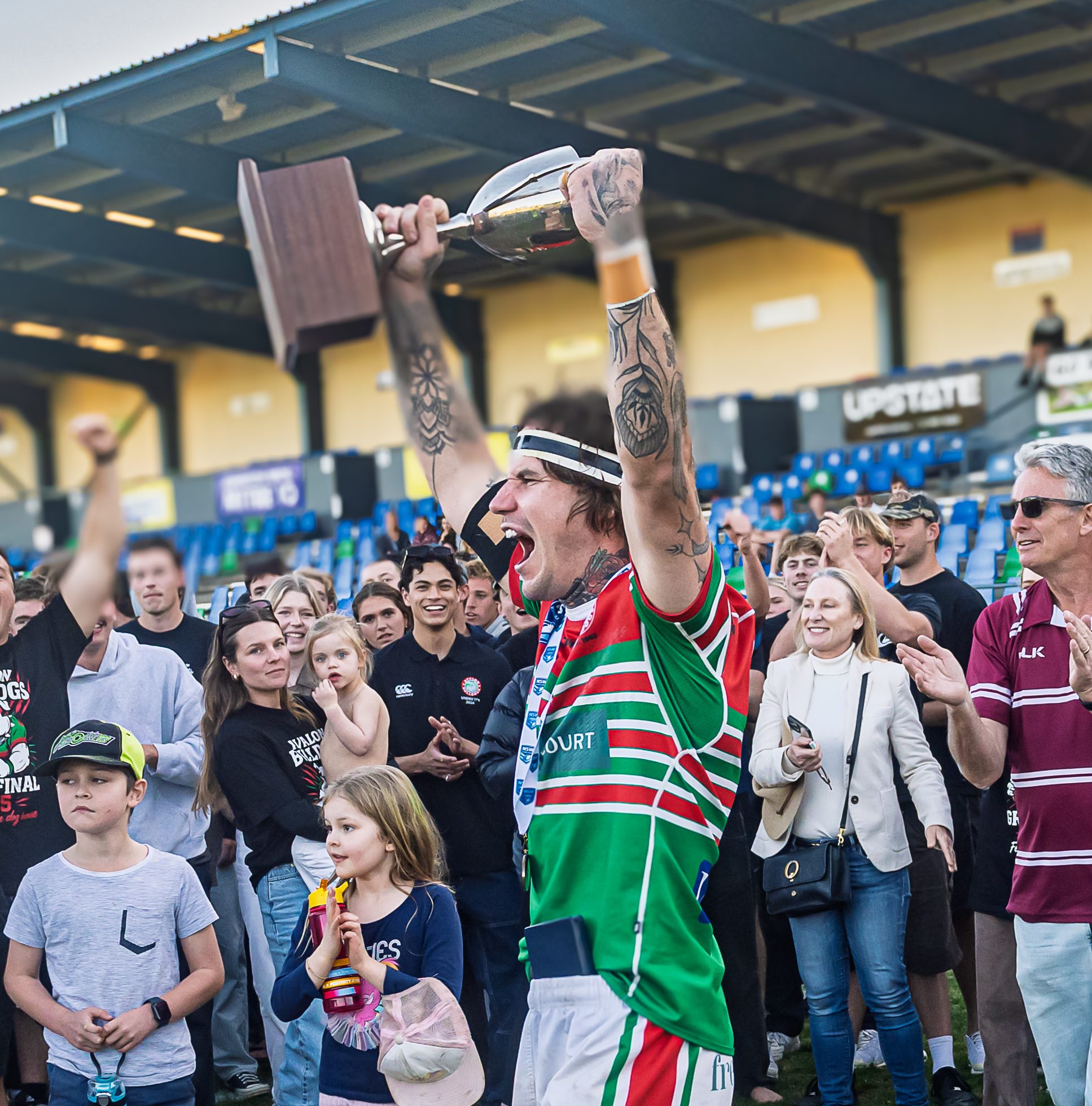
Grand Final Player of the Match and A Grade Captain, William Kelly. Photo: Michael Mannington OAM
Avalon Beach Ocean swim fundraising legend named 2025 Volunteer of the Year
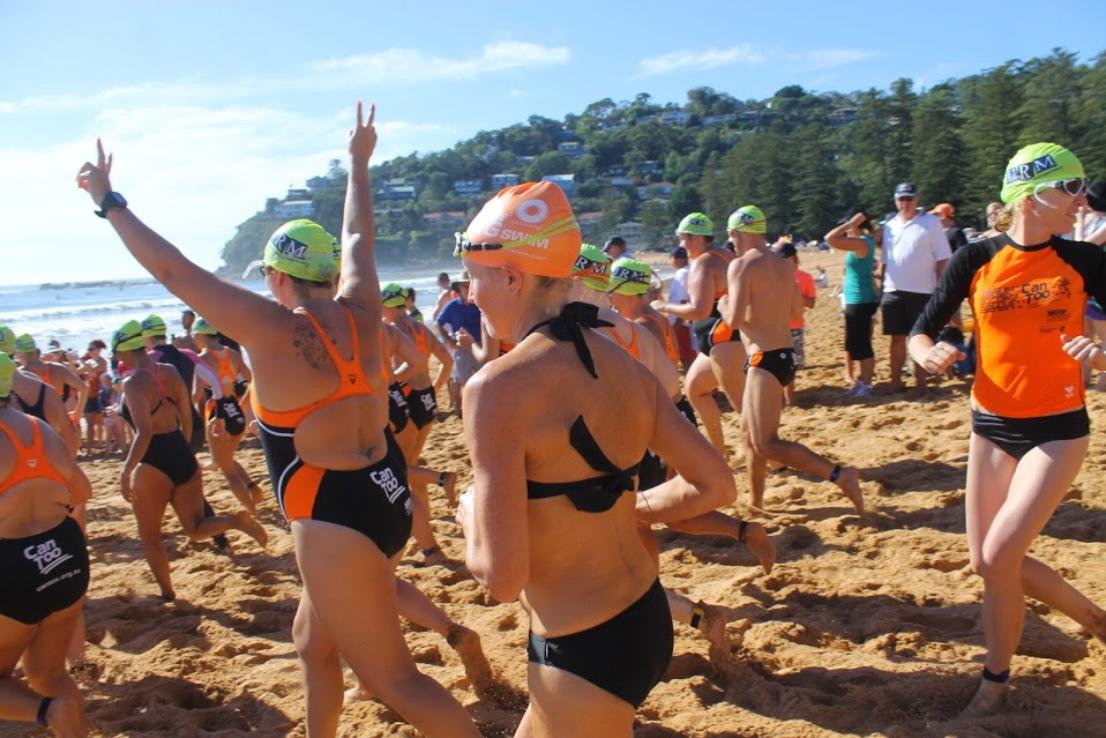
Avalon's Mirek Craney has been named the 2025 Northern Beaches Volunteer of the Year.
His words again ring true this year with most of the major awards in the 2025 Centre for Volunteering Awards in this LGA going to Pittwater residents.
Whale Beach Surf life saver and Avalon resident Mirek Craney was named the 2025 Northern Beaches Volunteer of the Year, for his decades long work running ocean swim events to raise money for vital cancer research through the Can Too charity.
Mr Craney was also recognised as the Senior Volunteer of the Year on Friday August 29 at Dee Why RSL Club as part of the 2025 NSW Volunteer of the Year Awards.
Close to 100 recipients of other individual and team awards were also announced, including the inaugural Emergency Volunteer of the Year.
Young Volunteer of the Year: Holly Searles from Bilgola Plateau
Holly has been the driving force behind the successful Cricket Blast program for young players at the Peninsula Junior Cricket Club.
The young Manly cricketer gives her time each week during summer to lead fun, encouraging and supportive sessions. Her volunteer work helps young players learn about teamwork, training, and being a good sport.
Adult Volunteer of the Year: Adrian Hill from Narrabeen
When North Narrabeen Surf Life Saving Club needed both physical upgrades and a boost in volunteer support, Adrian, the club’s president, stepped up.
He’s tackled the challenge of declining volunteer numbers by introducing innovative programs that have attracted younger members to the club. His determination has also put the club on track for a new state-of-the-art facility that will benefit the entire community.
.jpg?timestamp=1756543531065)
Adrian Hill, pictured here with Jacqui Scruby, MP for Pittwater. Photo supplied. MORE HERE
Plastic grass announced For Kamilaroi Park Bayview + Lakeside Park, Narrabeen
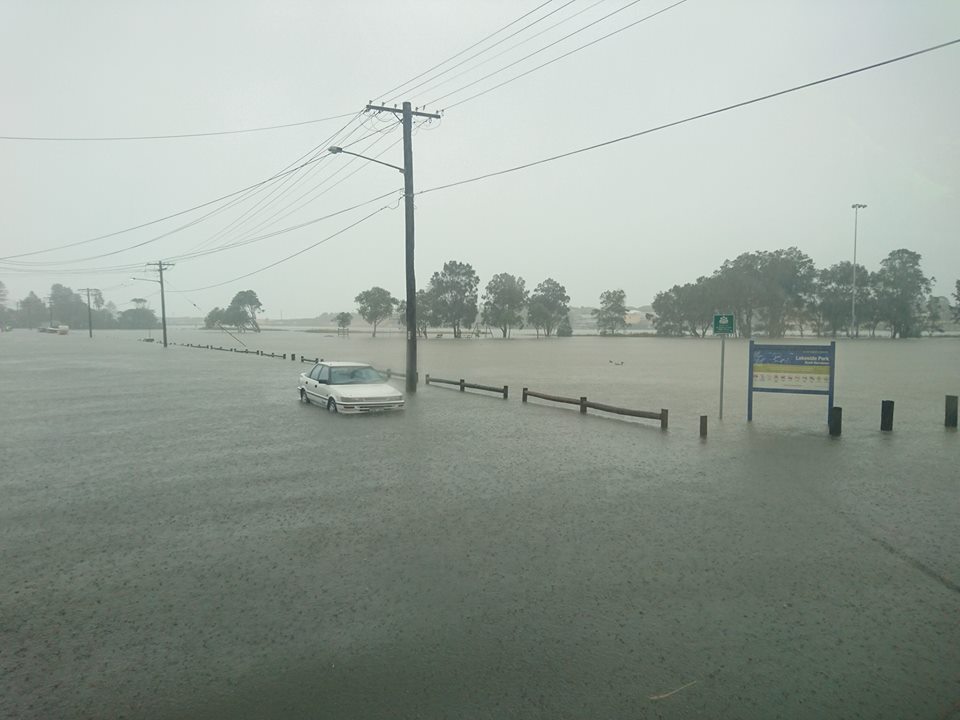
Lakeside park; the catchment claiming landfill areas back. MORE HERE
.jpg?timestamp=1765592323370)
Plastic grass installed in Avalon's Dunbar park where the creek floods - this wasn't listed as a product to be used in the Avalon Place Plan - this area, where the Avalon Guide Hall once was, had been slated as a picnic table area under Pittwater Council
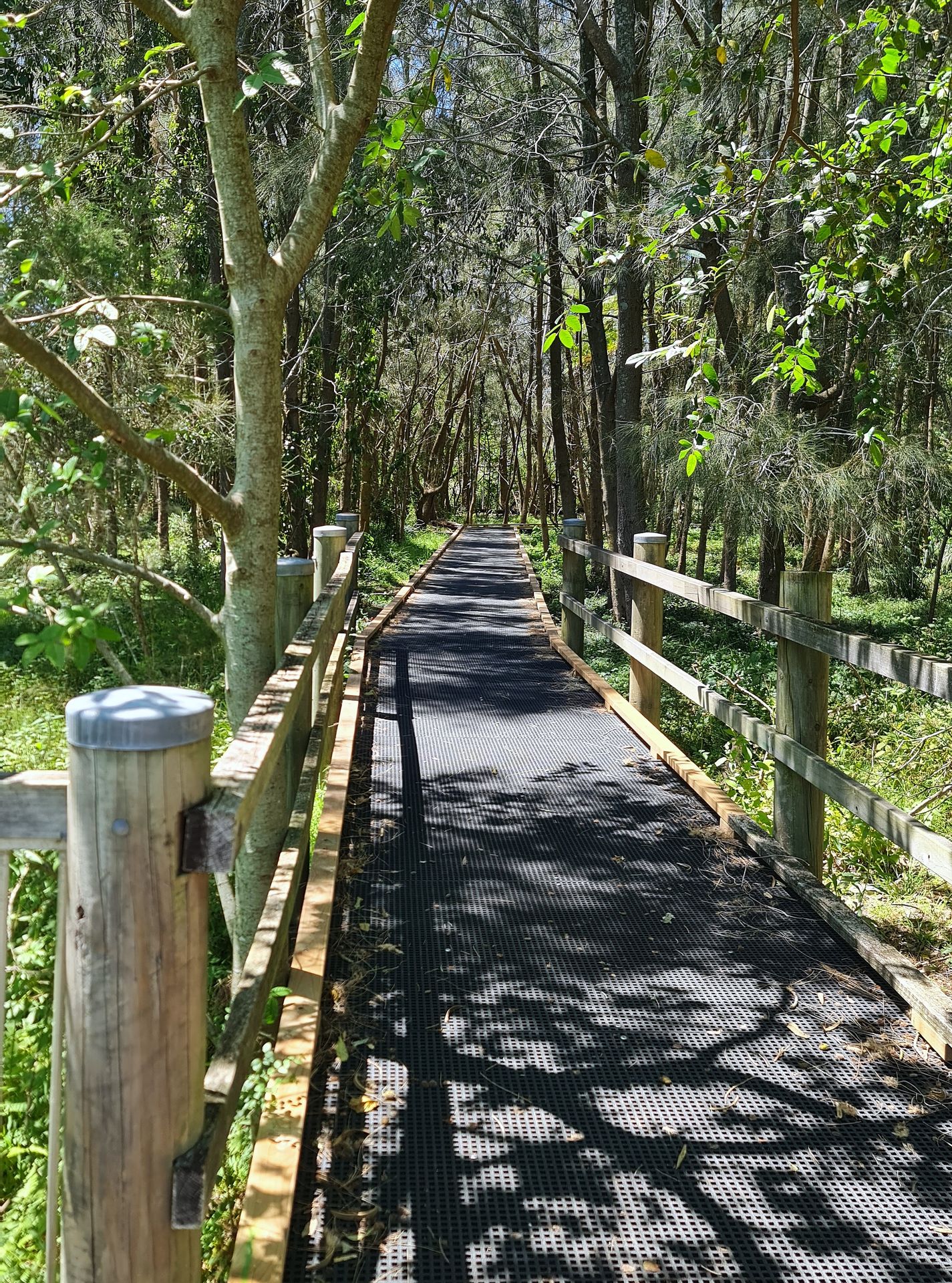
A plastic walkway has been installed in Warriewood Wetlands, again without consultation - once put into a marine/flood environment it becomes a pollutant, poisoning everything with microplastics - this product begins shedding pollutants as it is being installed.
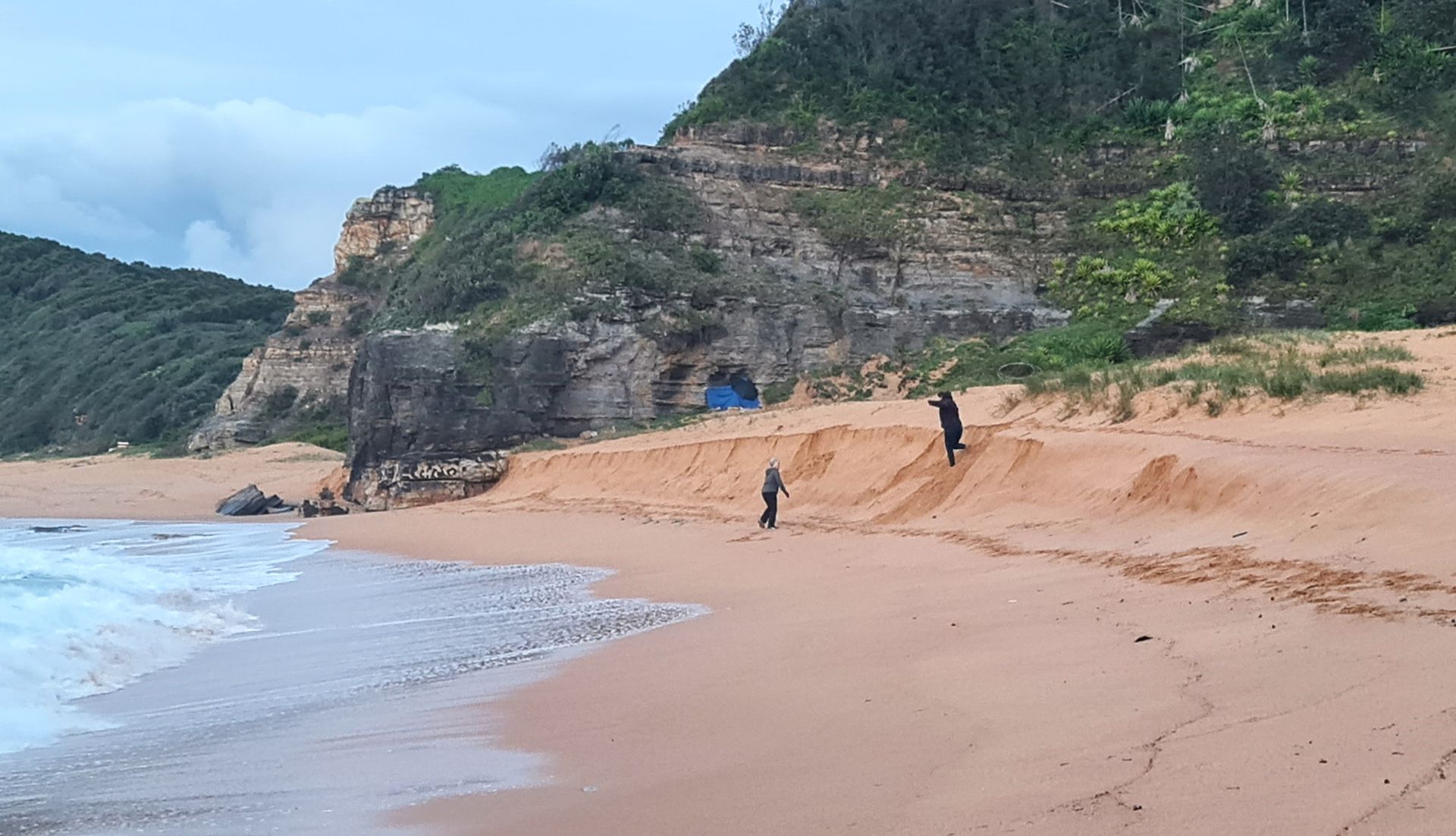
Turimetta beach erosion from storms - August 8 2025
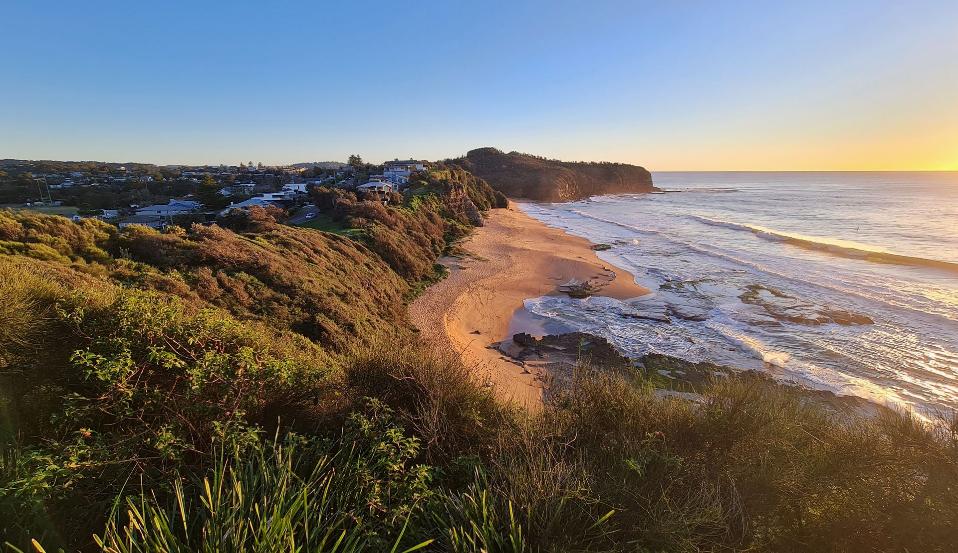
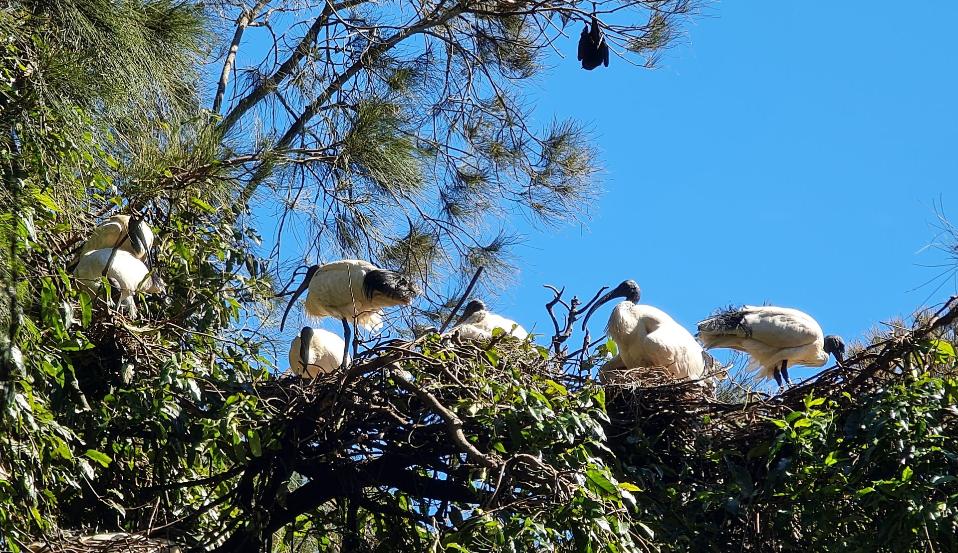
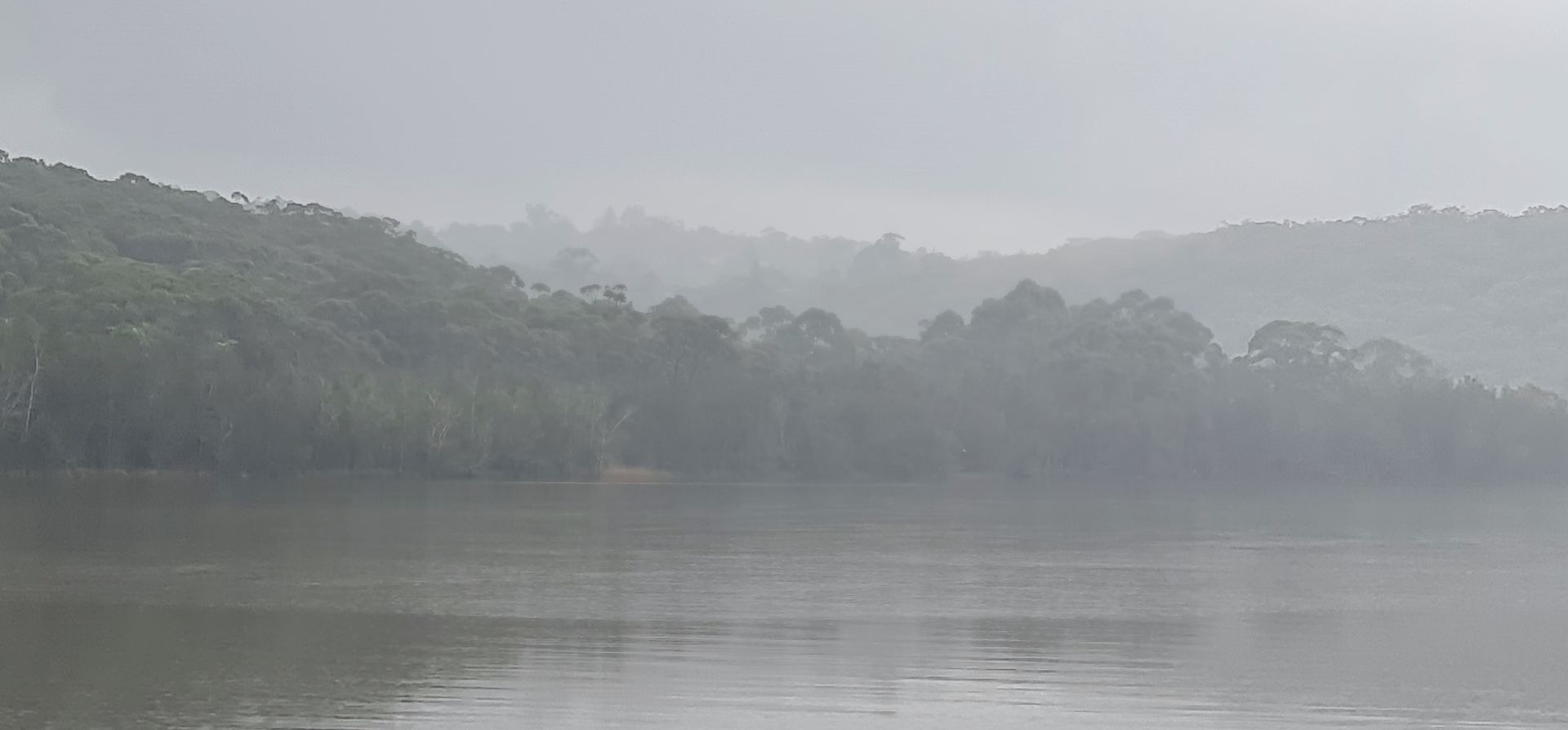
Middle Creek Reserve, Friday August 22, rain and mist over the water and trees. Photo: Joe Mills
Forced Plane Landing on Mona Vale Golf Club Course Not the First Time Local Golf Courses, Beaches used for Emergency landings
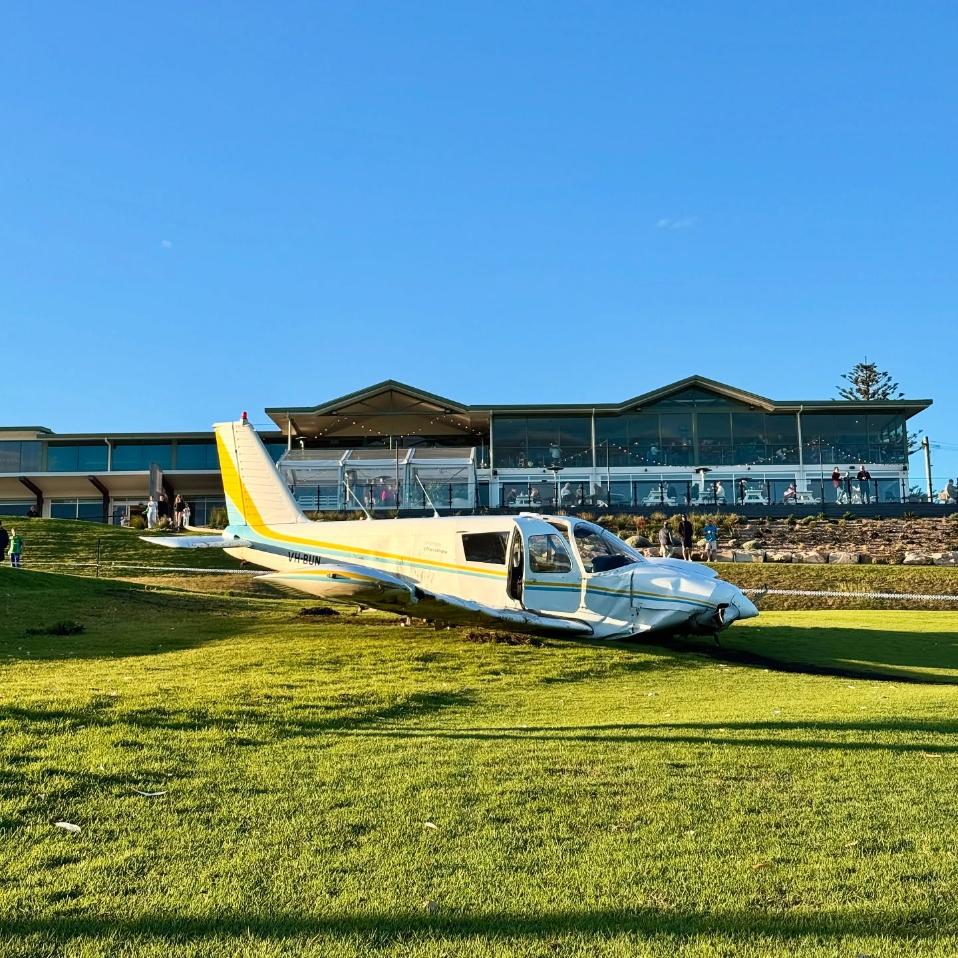
Mona Vale Hospital Still First in State in Health Care: NSLHD's NatureFix App Transforms Green Spaces + Mona Vale Hospital’s Urgent Care Centre Becomes first in NSW To Roll Out ECAT
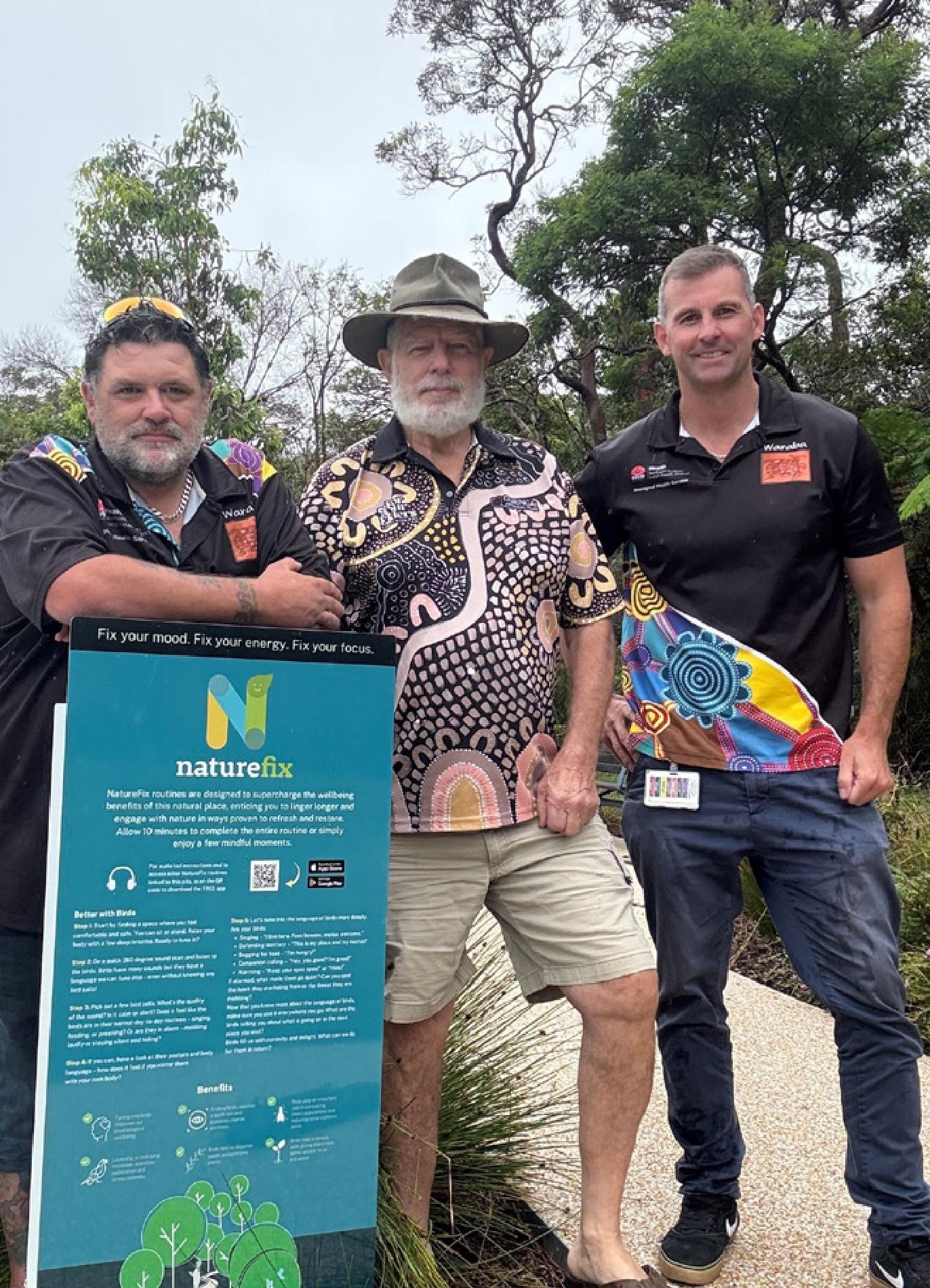
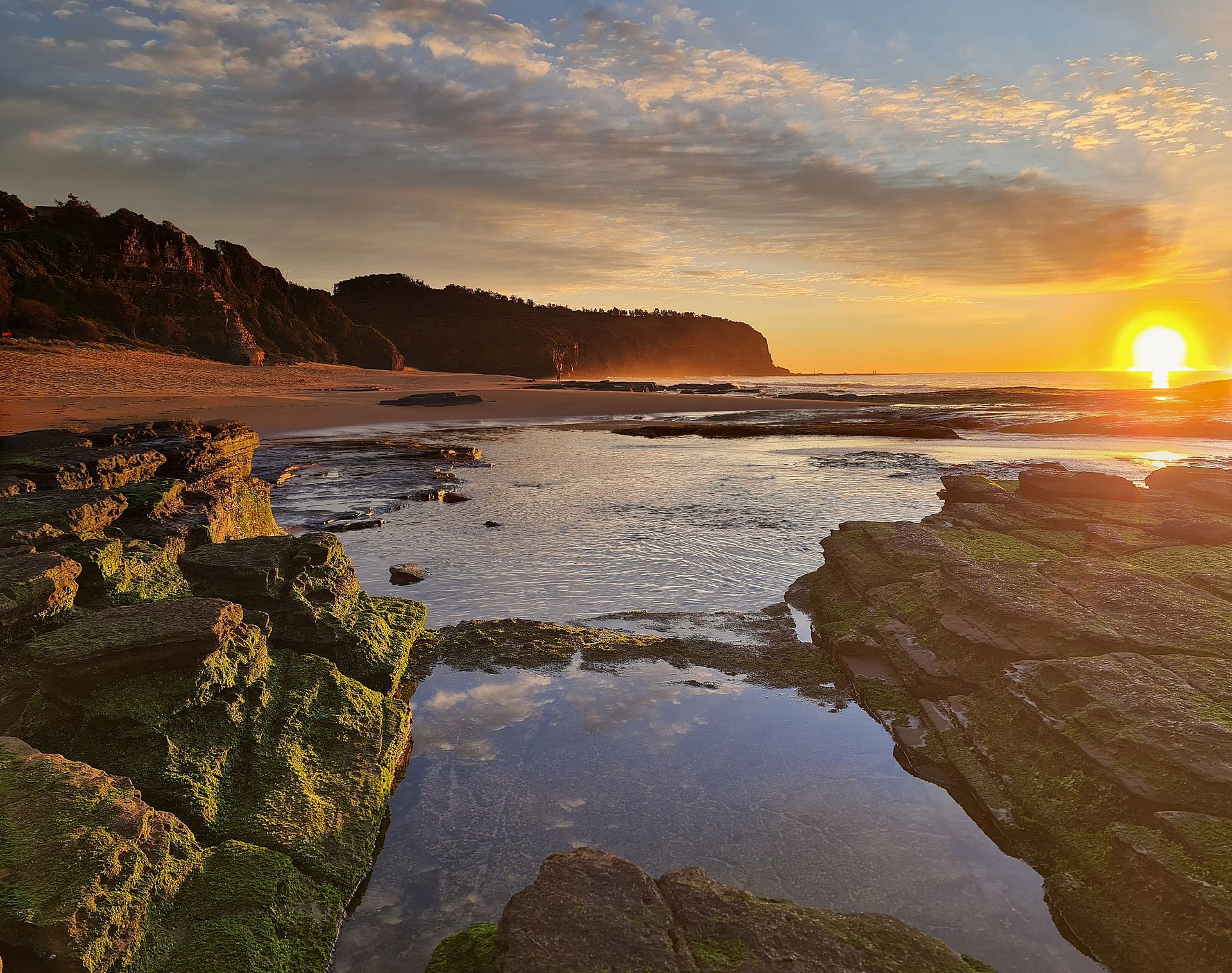
Turimetta beach sunrise - looking north. Photo by Joe Mills,
September
Zonta Northern Beaches Celebrates 50 Years Of Service and Advocacy: President's Address
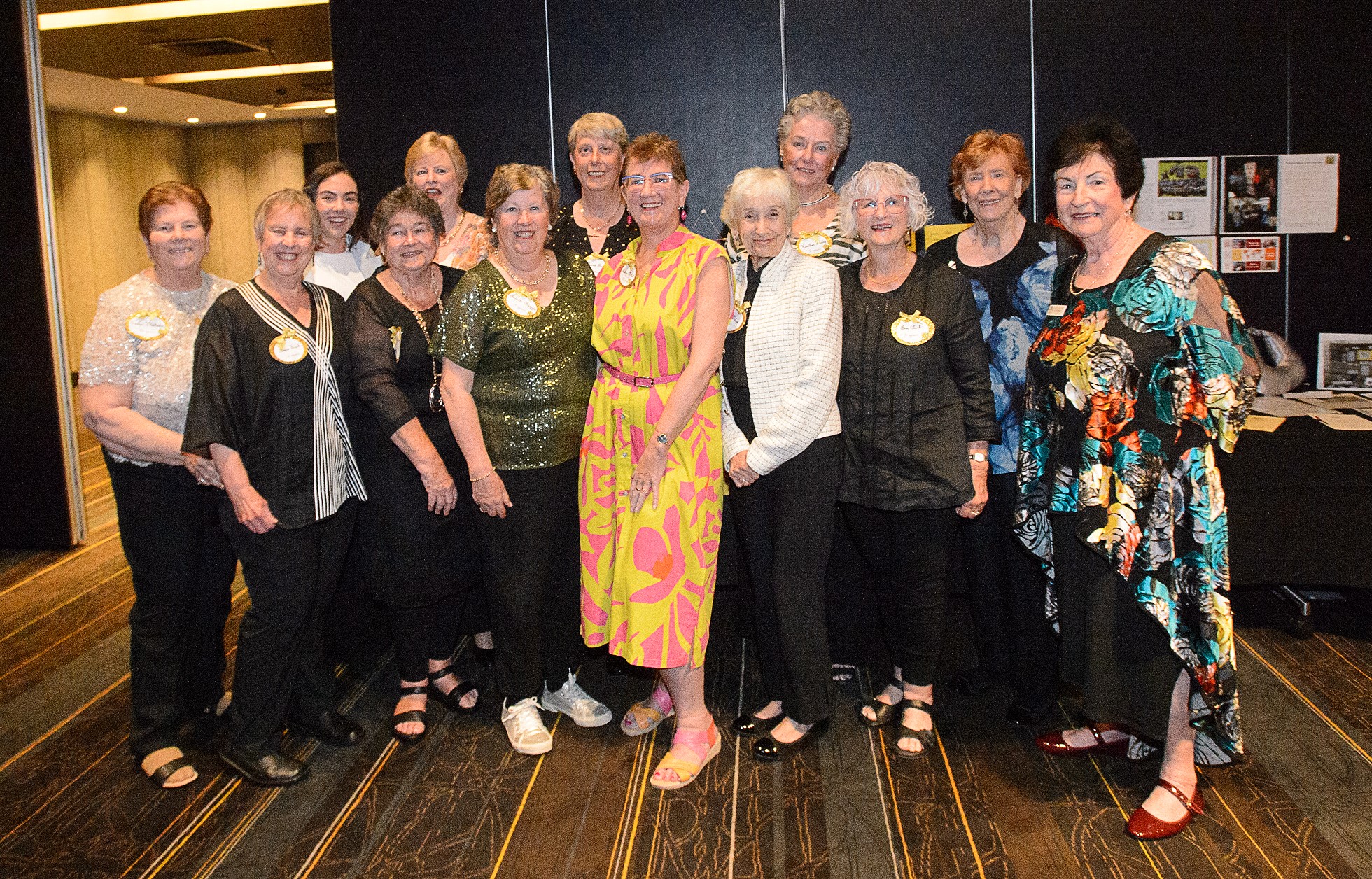
Zonta Club of Northern Beaches members at the 50 Years Celebration. Photo: Michael Mannington OAM - That Issue's Profile of the Week

Zonta Club of Northern Beaches members at the 50 Years Celebration. Photo: Michael Mannington OAM - That Issue's Profile of the Week
Champions Crowned at 2025 Australian Shortboard Titles: 5 Local Winners
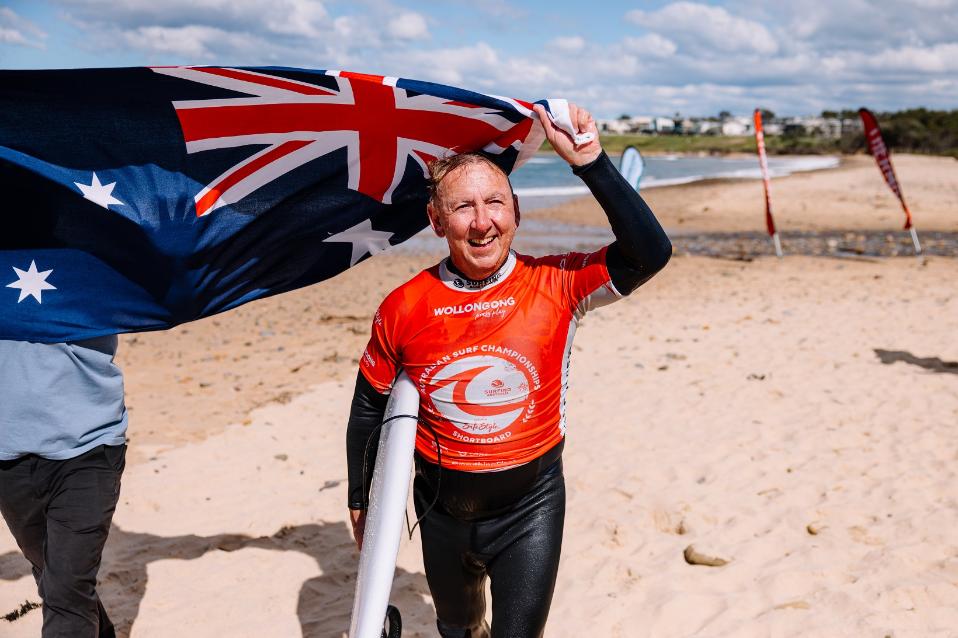
Mark Gobbe (Mona Vale) - 2025 Australian Shortboard Over 65's Champion. Photo: Surfing Australia / Zach Bowden. MORE HERE

Mark Gobbe (Mona Vale) - 2025 Australian Shortboard Over 65's Champion. Photo: Surfing Australia / Zach Bowden. MORE HERE
Mackellar MP Dr Sophie Scamps Tables safer E-Bikes Bill
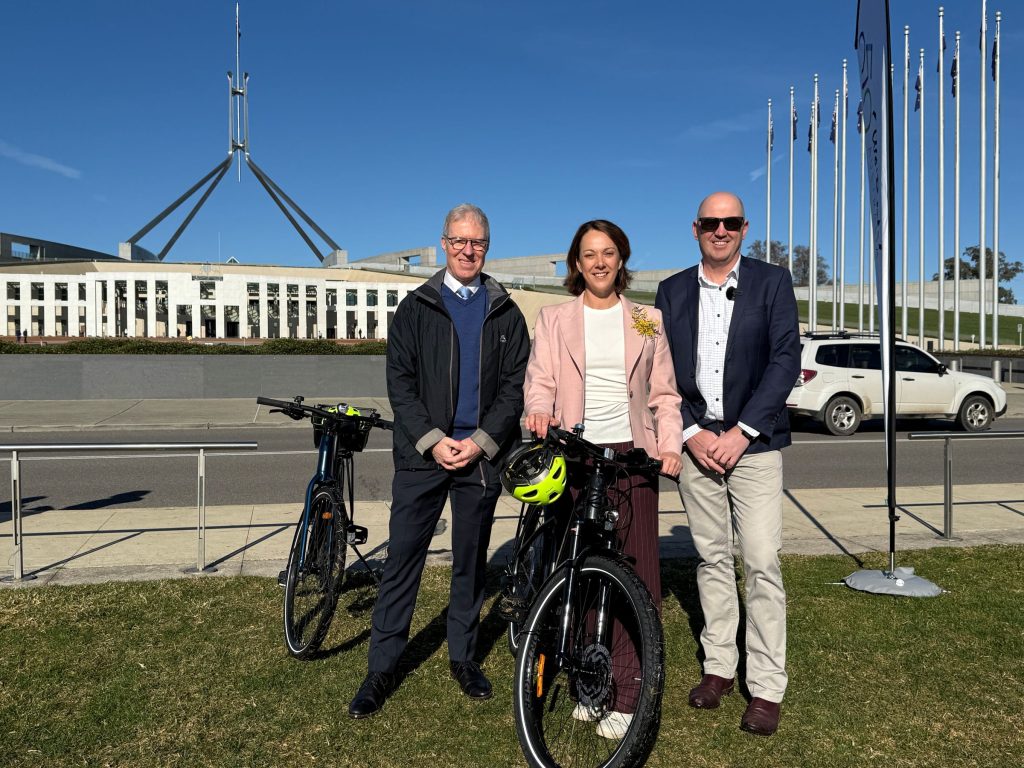
Above: Dr Scamps, the Member for Mackellar with WeRide’s Director National Advocacy, Stephen Hodge (left) and BIA General Manager Peter Bourke (right. Photo: BIA/supplied.Dr Sophie Scamps, Federal Member for Mackellar, introduced the Safer E-Bikes Bill 2025 (Road Vehicle Standards Amendment) to Parliament on Monday September 1, calling for well-overdue reform to ensure e-bikes are safe, fit-for-purpose, and regulated under federal law.
The bill responds to widespread calls from parents, pedestrians and state politicians for the Federal Government to legislate national safety and import standards for e-bikes. Currently, e-bikes imported into Australia do not have to meet any national safety and quality standard.
“There has been growing community concern about unsafe, high-powered e-bikes being imported and sold without proper oversight. Many new generation e-bikes can be easily modified to exceed legal speed limits, and are being ridden illegally, often unknowingly, on footpaths and roads, posing serious risks to riders, pedestrians and drivers,” said Dr Scamps.
At a recent sold-out community forum hosted by Dr Scamps and Pittwater State MP Jacqui Scruby, trauma surgeons, police, and transport experts highlighted the alarming rise in injuries and enforcement challenges linked to illegal and non-compliant e-bikes.
See: Scruby-Scamps Bring Community Together to Tackle E-Bike Safety - August 2025
This is backed up by research from St Vincent’s Hospital which reported that more than 500 e-bike riders had required critical care in NSW EDs in a two-year period.
“E-bikes have revolutionised the way we move around. They are an important part of the shift to cleaner, more active transport, but the technology has raced ahead of safety legislation. We now often see e-bikes that are more motorbike than bicycle being ridden at high speeds on footpaths and roads.”
“I am very worried we are going to see more tragedies involving pedestrians and riders of these powerful e-bikes unless we act urgently to introduce clear national safety standards,” Dr Scamps said.
The reform measures have broad support at the state level with New South Wales, Victoria and Queensland Government Ministers all having written to the Federal Government calling for national leadership on unsafe e-bike imports and the establishment of national safety standards.
“This bill is about ensuring the e-bikes imported into Australia are both safe and legal for use and cannot be tampered with to make them go beyond legal speed limits except for specific special purposes.
My Bill would set a clear, practical federal standard to ensure e-bikes can play their part in a cleaner transport future, without compromising the safety of pedestrians or riders,” shared Dr Scamps. MORE HERE
Max Weston Wins 2025 Bells Beach Longboard Classic 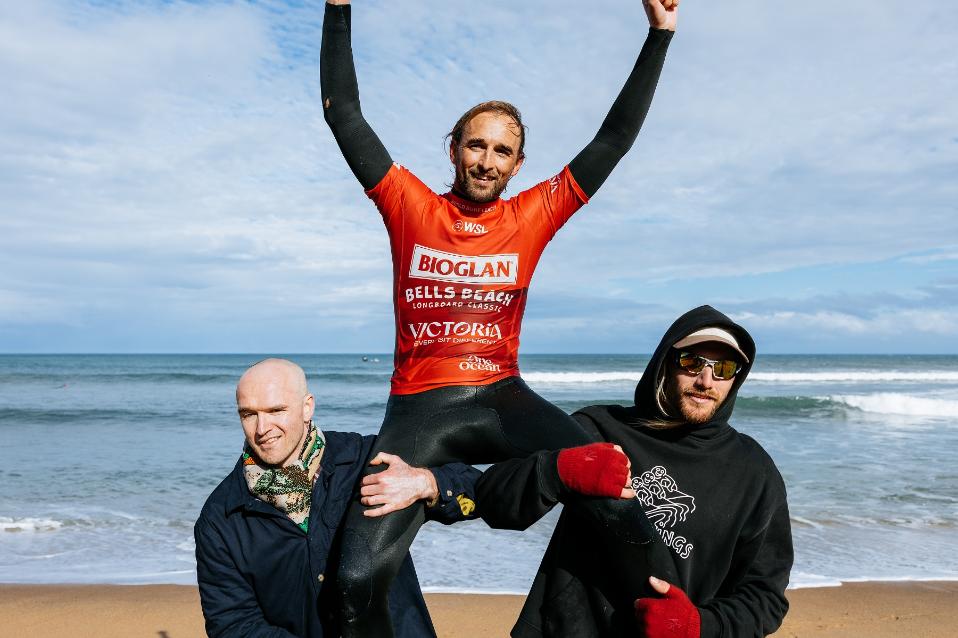

Dr Sophie Scamps, Federal Member for Mackellar, introduced the Safer E-Bikes Bill 2025 (Road Vehicle Standards Amendment) to Parliament on Monday September 1, calling for well-overdue reform to ensure e-bikes are safe, fit-for-purpose, and regulated under federal law.
The bill responds to widespread calls from parents, pedestrians and state politicians for the Federal Government to legislate national safety and import standards for e-bikes. Currently, e-bikes imported into Australia do not have to meet any national safety and quality standard.
“There has been growing community concern about unsafe, high-powered e-bikes being imported and sold without proper oversight. Many new generation e-bikes can be easily modified to exceed legal speed limits, and are being ridden illegally, often unknowingly, on footpaths and roads, posing serious risks to riders, pedestrians and drivers,” said Dr Scamps.
At a recent sold-out community forum hosted by Dr Scamps and Pittwater State MP Jacqui Scruby, trauma surgeons, police, and transport experts highlighted the alarming rise in injuries and enforcement challenges linked to illegal and non-compliant e-bikes.
See: Scruby-Scamps Bring Community Together to Tackle E-Bike Safety - August 2025
This is backed up by research from St Vincent’s Hospital which reported that more than 500 e-bike riders had required critical care in NSW EDs in a two-year period.
“E-bikes have revolutionised the way we move around. They are an important part of the shift to cleaner, more active transport, but the technology has raced ahead of safety legislation. We now often see e-bikes that are more motorbike than bicycle being ridden at high speeds on footpaths and roads.”
“I am very worried we are going to see more tragedies involving pedestrians and riders of these powerful e-bikes unless we act urgently to introduce clear national safety standards,” Dr Scamps said.
The reform measures have broad support at the state level with New South Wales, Victoria and Queensland Government Ministers all having written to the Federal Government calling for national leadership on unsafe e-bike imports and the establishment of national safety standards.
“This bill is about ensuring the e-bikes imported into Australia are both safe and legal for use and cannot be tampered with to make them go beyond legal speed limits except for specific special purposes.
My Bill would set a clear, practical federal standard to ensure e-bikes can play their part in a cleaner transport future, without compromising the safety of pedestrians or riders,” shared Dr Scamps. MORE HERE
Max Weston Wins 2025 Bells Beach Longboard Classic 
Irukandji's Crowned World Champions at the 2025 ISA World Surfing Games
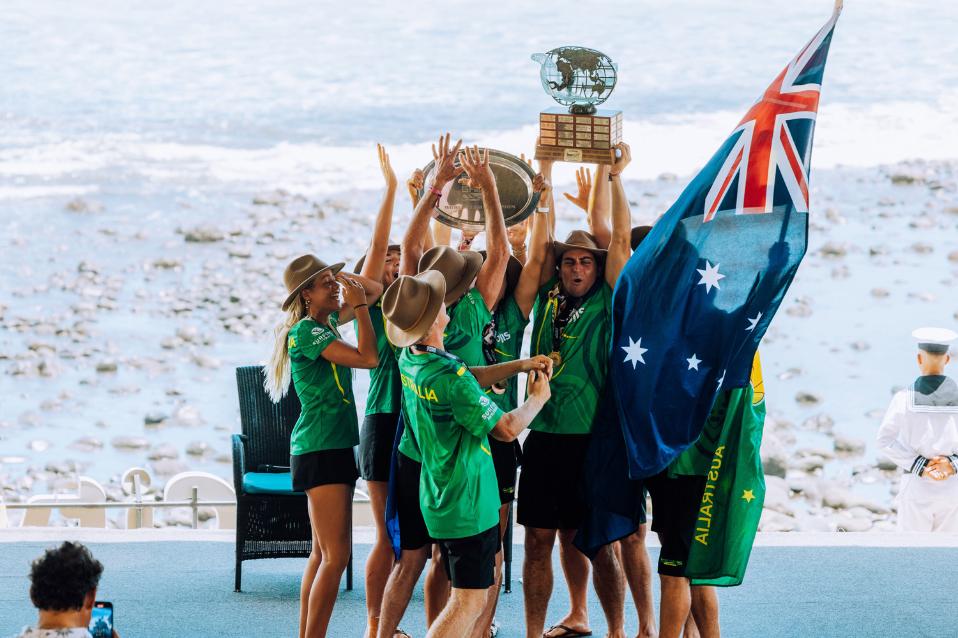
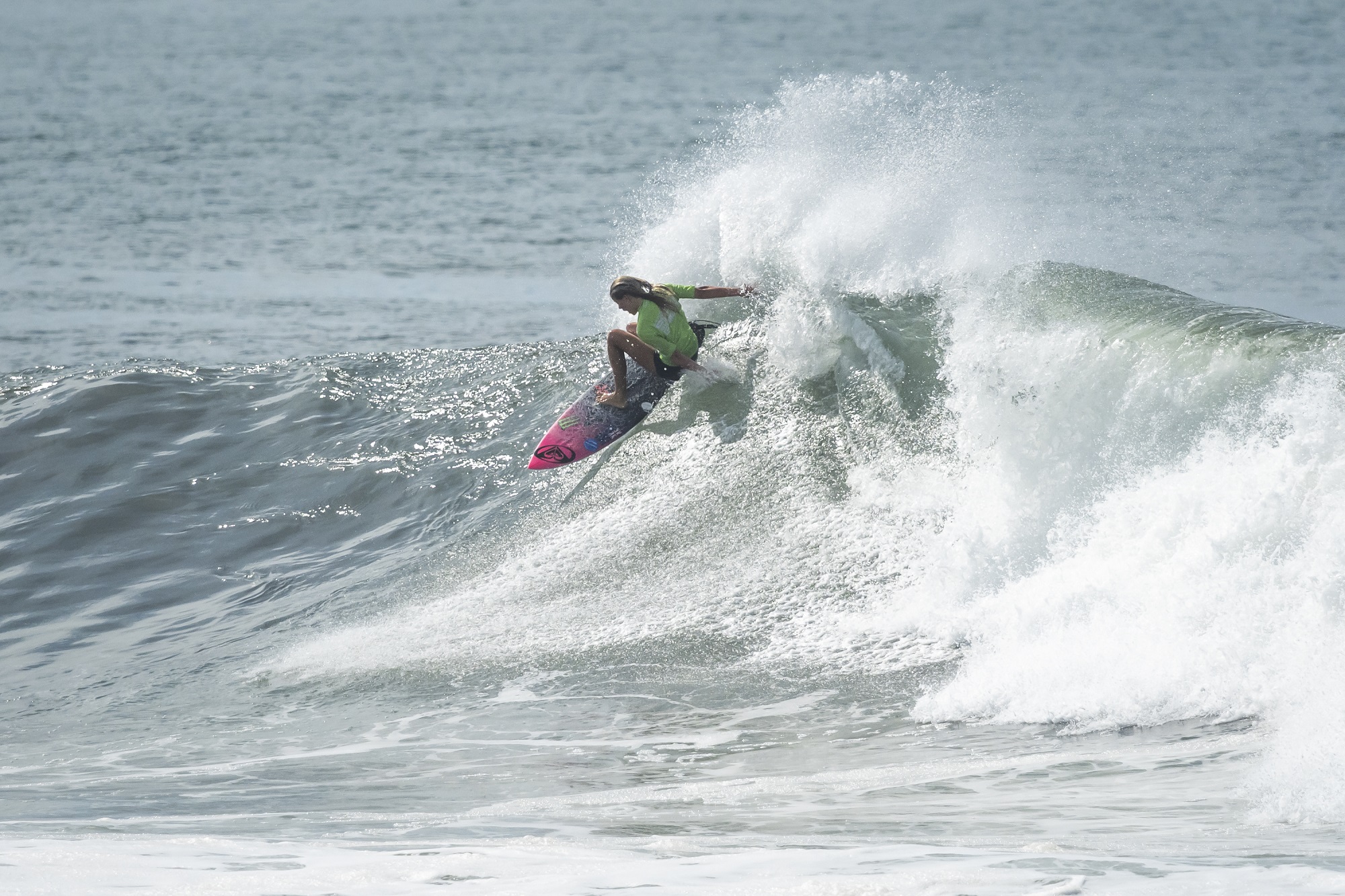
Bungan Boardriders' Milla Brown during Day 5 surfing. Photo: ISA / Sean Evans
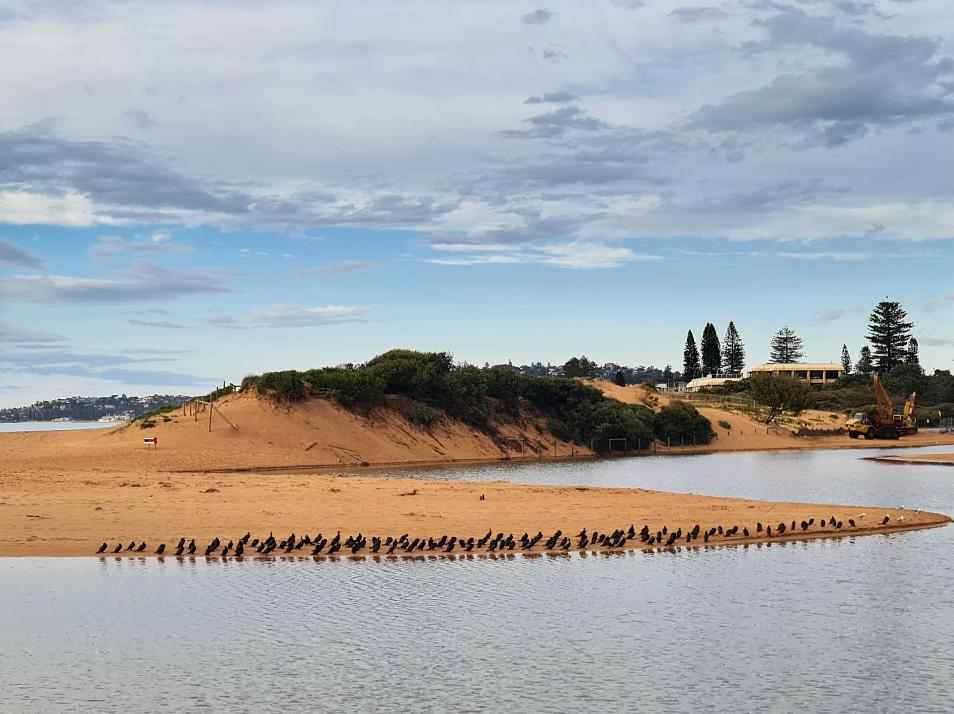
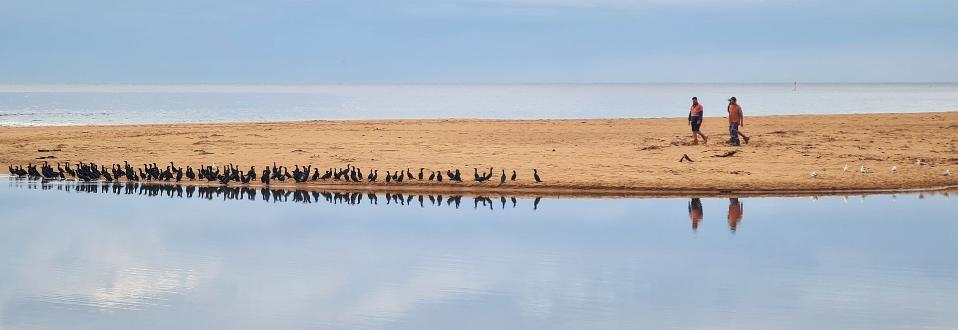
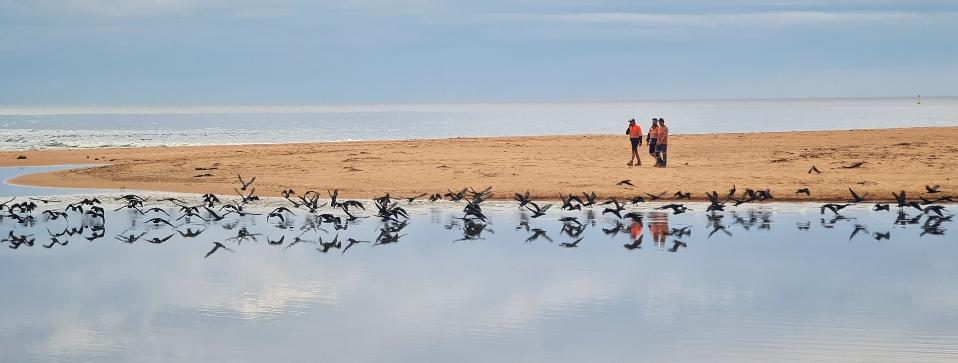
24Hour Row 2025: Let's Row the Distance for Mental Fitness
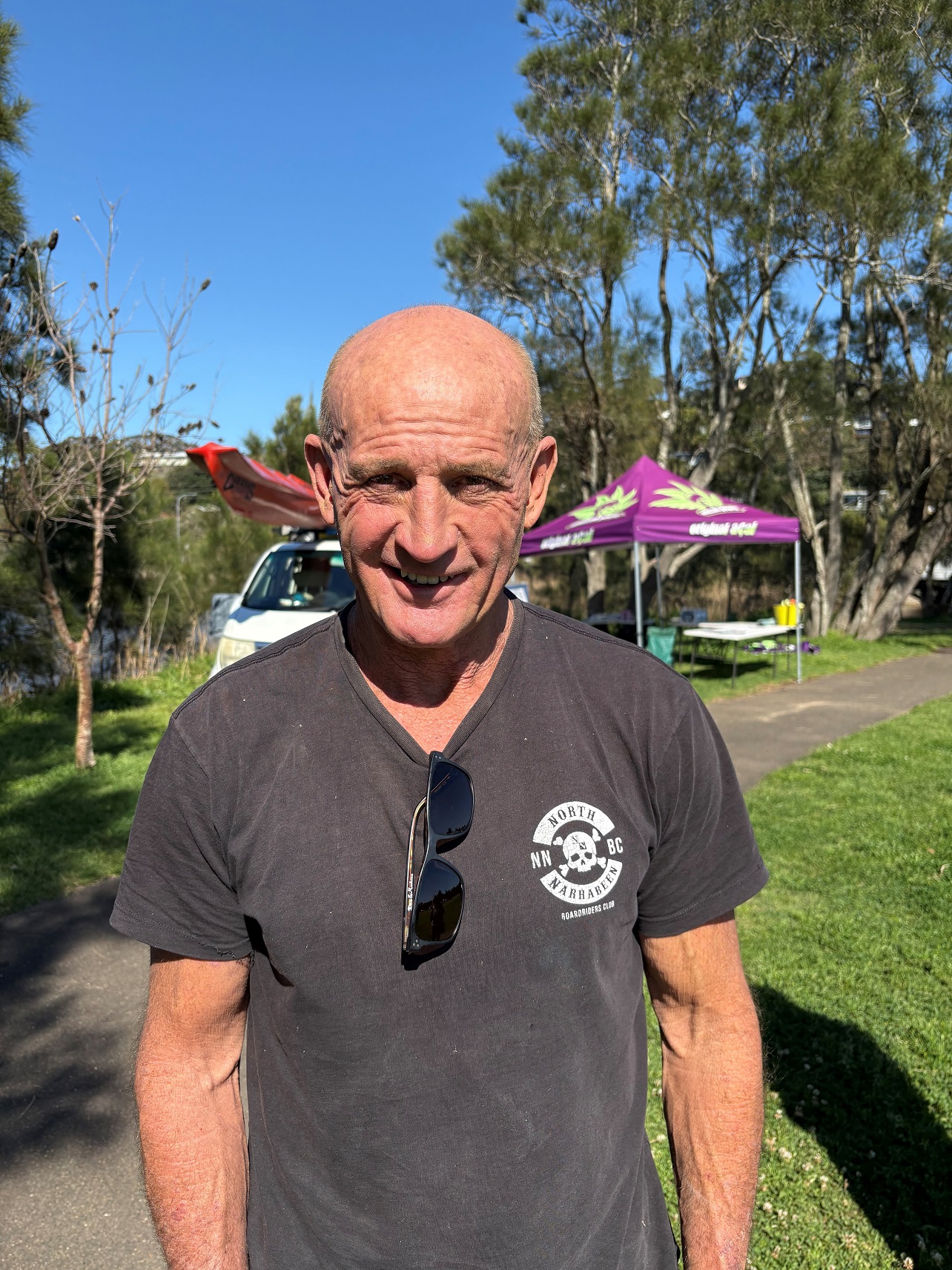
Narrabeen's Dave Lawler - who was ''taking it to the Lake'' this year for the Gotcha4Life 24 Hour Row. MORE HERE
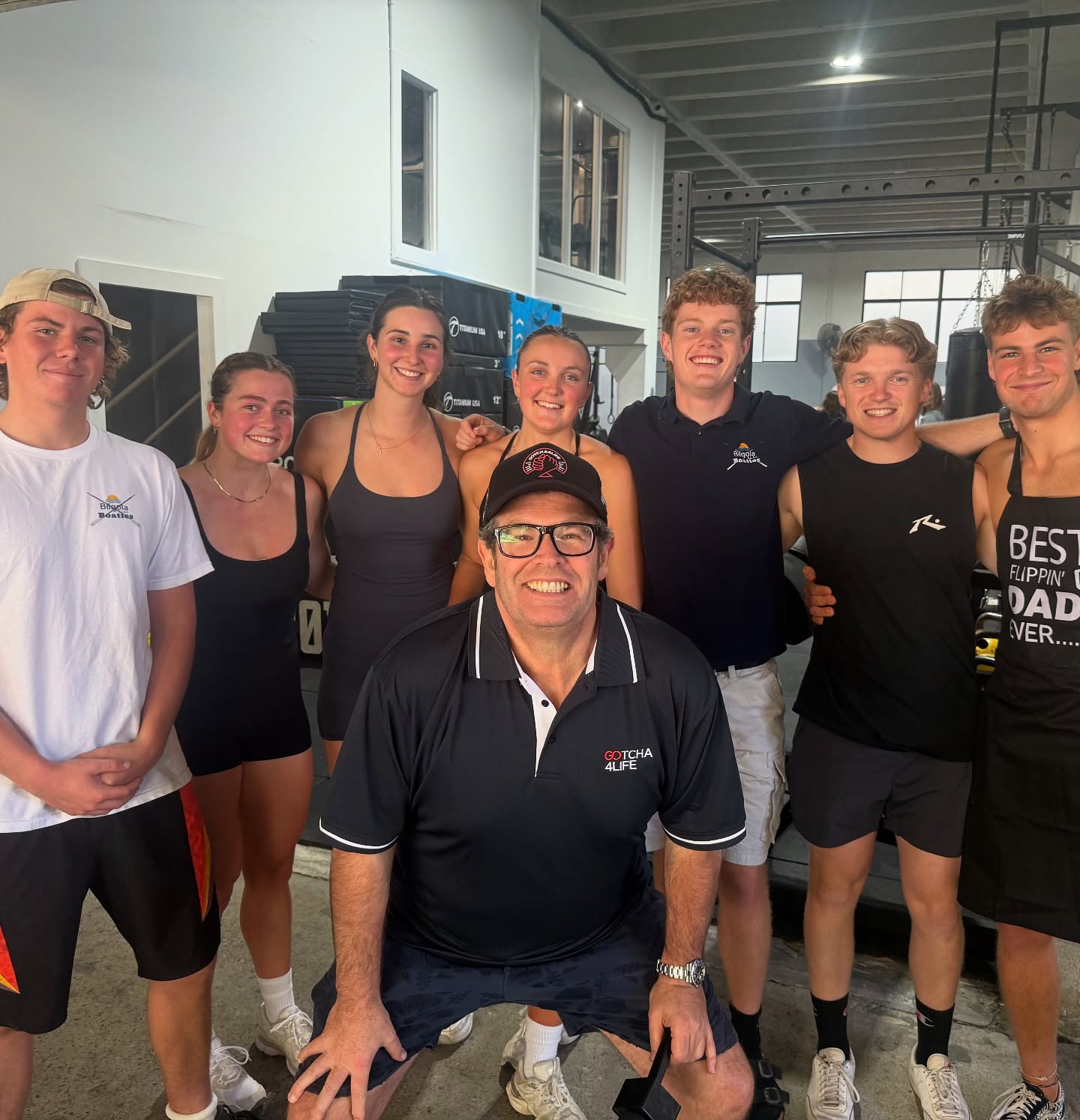
Gus Worland with the Bilgola Boaties crew - just one of several local teams rowing the distance
Royal Prince Alfred Yacht Club's 159th Opening Day A Celebration for All
The 159th Opening Day of the Royal Prince Alfred Yacht Club on September 6 was a true reflection of what makes Alfred’s so special — sailing, community spirit, and family. Blessed with glorious weather, members and guests filled the Club grounds to enjoy a day that celebrated both tradition and the season ahead.
A special presentation was also made to Vice Commodore Julia Hornsby by Pittwater MP Jacqui Scruby, recognising her trailblazing leadership and commitment to accessibility and inclusion.
Julia is a trailblazer in our sailing community, and the first female Vice Commodore at the Royal Prince Alfred Yacht Club since its inception.
Julia oversees many programs at the club, including Alfreds Community Sailing program and the Hansa World Championships at the club in March 2025, and worked tirelessly to understand how to support participants with disabilities in this event.
Julia’s work to improve accessibility and inclusion at the club is admirable, and we thank her for enriching our community.
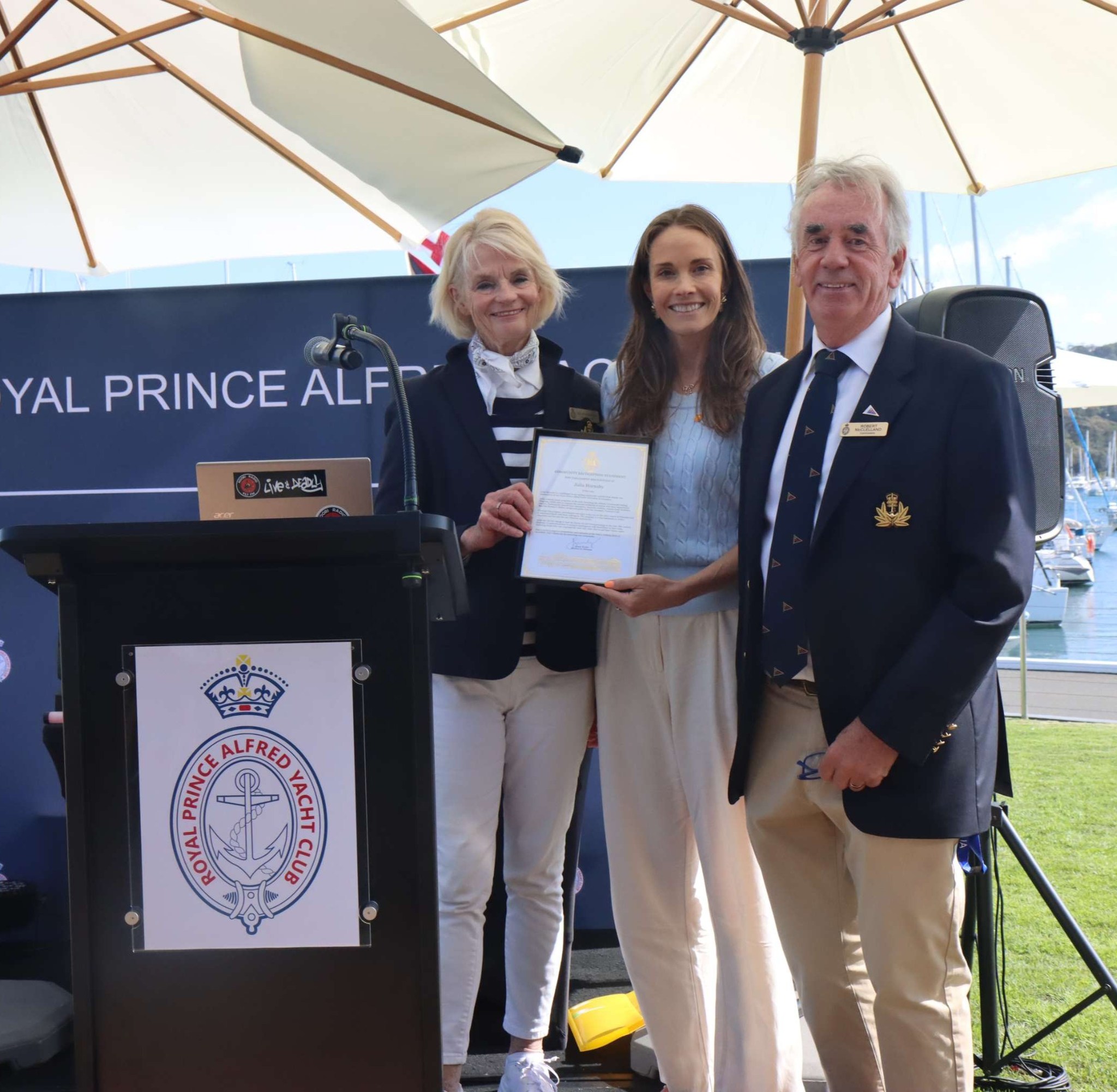
Vice Commodore Julia Hornsby, Pittwater MP Jacqui Scruby and Commodore Robert McClelland
Prizes on the day included Best Dressed Crew, awarded to Banter, and Best Dressed Boat, awarded to Bullwinkle. The winners of the Pittwater Dash were Wings12, skippered by Billy Davis, in the PHS, and for the ORC Fleet Matt Visser in Finn Aus 5.
.jpg?timestamp=1757660149961)
Angus Gordon OAM and the Hon. Bronwyn Bishop AM, Patron of the RPAYC MORE HERE
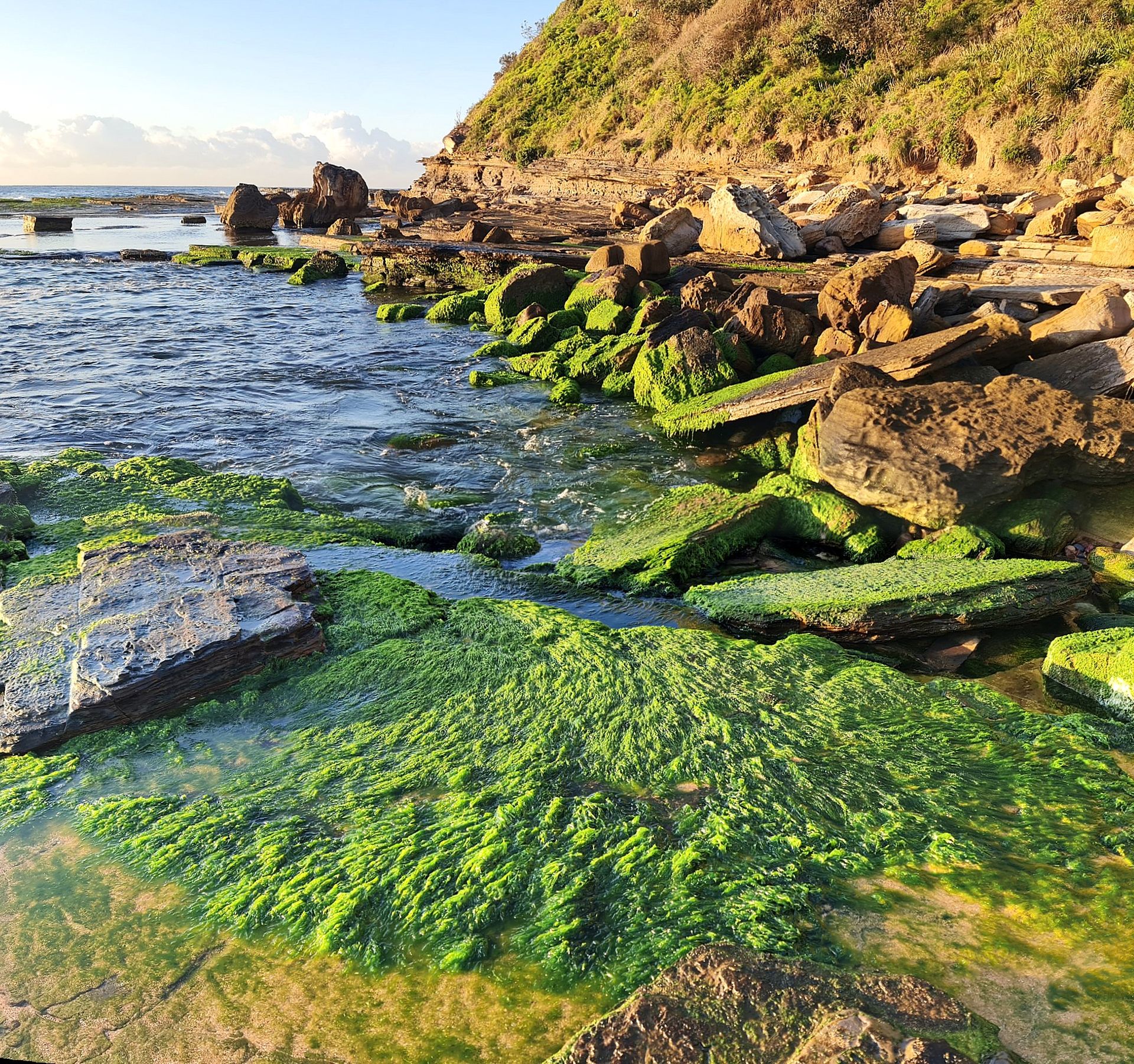
Turimetta beach southern end gutter, Fifth Day of Spring 2025, Friday September 5. Photos: Joe Mills
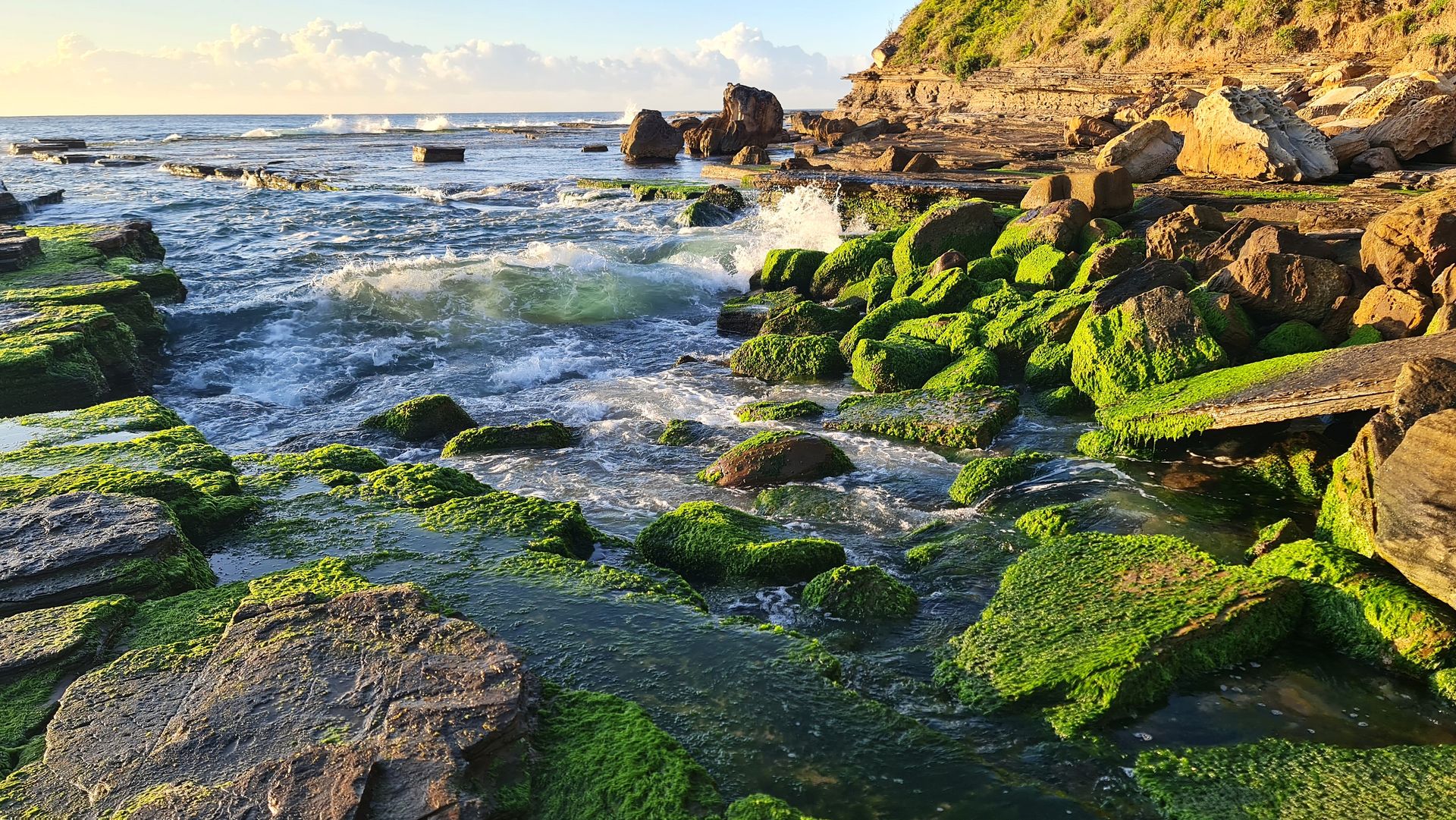
Flags Up Across NSW as Record Number of Lifesavers Return to Coastline MORE HERE
October
Agreement reached to transition Northern Beaches Hospital to public ownership + Here’s why a plan to turn private hospital giant Healthscope into a charity is stirring debate
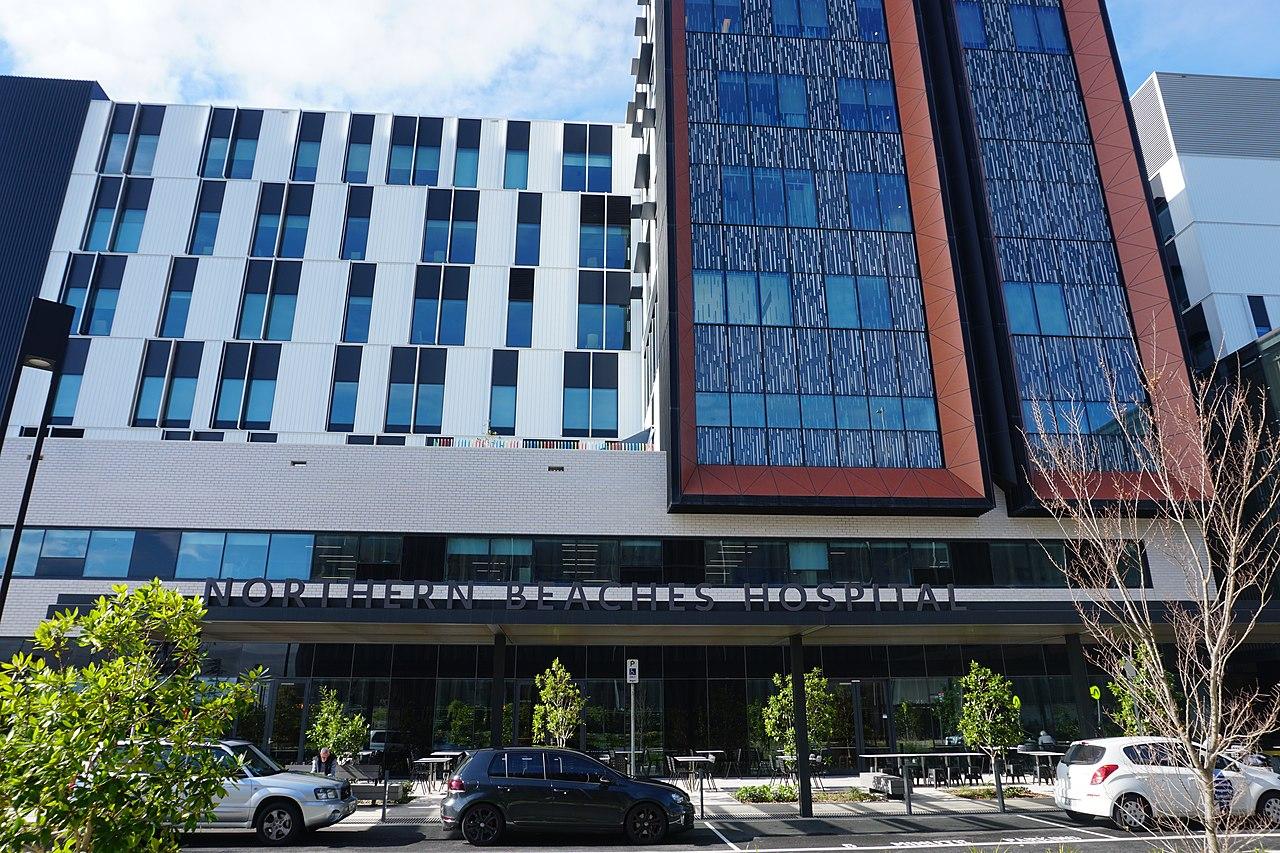
On Tuesday October 21 the NSW Government announced the Northern Beaches Hospital’s shift to public ownership is nearing its conclusion, with in-principle agreement reached with Healthscope’s receivers on a $190 million payment for the transition. MORE HERE
Pittwater Offshore Mens Shed, Scotland Island, Secures Australia Post Community Grant for 'Tides of Friendship' Program
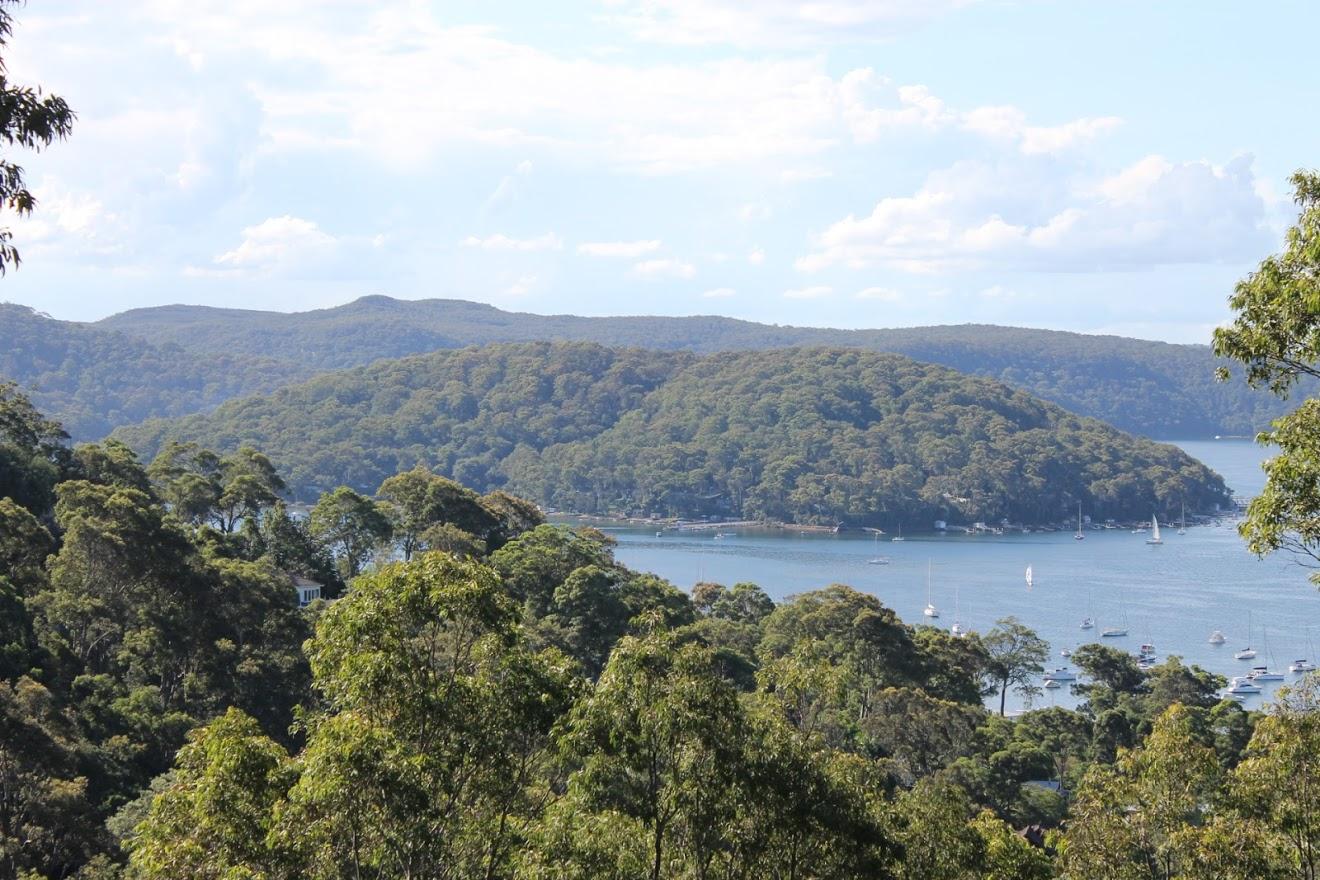
On October 1 2025, to mark the beginning of Mental Health month, Australia Post announced a record-breaking amount of over $700,000 in funding for 88 not-for-profit community groups nationwide through the 2025 Community Grants program.
Pittwater Offshore Mens Shed, was awarded $10,000 for its Tides of Friendship initiative, which will support men through monthly gatherings, skill-sharing workshops, and community repair projects. In response to repeated storm events, bushfire threats, and infrastructure damage, the program fosters peer support, mental health awareness, and resilience by creating safe, locally-led spaces for connection and purpose. MORE HERE
2025 State of the Beaches Report for the 2024-25 period: Mona Vale Beach Downgraded
The 2025 State of the Beaches Report, released Wednesday October 22, states the water quality of swimming spots has improved, due to a year of average-to-below average rainfall across NSW.
The current government has changed the way the State of the Beaches reports are tabled, with just an overall and minimum snapshot of what's happened where on a webpage, instead of the previous years reports where you could access all the data, beach by beach, in reports separated into regions. However, you can access and download the data, as the news service did for the July 1 2024 to June 30 2025 period, at: www.beachwatch.nsw.gov.au/Monitoring/waterQualityData
For the Beachwatch - Sydney Coast region - Beachwatch states 56 swim sites are tested monthly from May 2024 to September 2024 and weekly from October 2024 to April 2025 and 41 swim sites tested weekly from May 2024 to April 2025.
As in 2024, Pittwater beaches remained the best of the best with Palm, Whale, Avalon, Bilgola and Bungan Beaches all rated 'Very Good', although Whale Beach did register a 150 [Enterococci (cfu/100mL)] in one count. Of the Pittwater estuary swim spots, The Basin and Great Mackerel Beach also are rated 'Very Good'.
There has been a change in Elvina Bay which is now rated 'Very Good' as well.
Bayview Baths had one high count of [Enterococci (cfu/100mL): 2600] in the July 1 2024 to June 30 2025 dataset the news service downloaded from BeachWatch, and remains 'Poor' in the ratings.
Residents have been complaining of raw sewerage runoff into the southern end of the estuary for some time now. Unfortunately no water samples are taken at Winji Jimmi Bay to confirm their citizen scientist records of dates and photographs of incidents.
The remaining estuarine swim spots, at Barrenjoey (Station Beach), Paradise, Clareville, Taylors' Point, and North and South Scotland Island, retain their 'Good' rating despite Station Beach registering a 200 in one count.
Of the ocean beaches in Pittwater, Mona Vale was the only which showed any worth noting pollution levels, registering [Enterococci (cfu/100mL): 120 and 100] in two counts, with Warriewood and Turimetta registering a 9 and a 49 respectively in comparison, and being the site for the Warriewood sewerage treatment plant outfall pipes.
The rating downgrades Mona Vale from last year's uptick to 'Very Good' due to improved microbial water quality, to 'Good', although no source for the increased pollution, newly introduced or of old, has been cited.
.jpg?timestamp=1633209368438)
Mona Vale beach has been downgraded from 'Very Good' to 'Good.
Both Birdwood Park [Enterococci (cfu/100mL): 790 in one count] and Bilarong [Enterococci (cfu/100mL): 3200 was highest on dataset list for this spot] in the Narrabeen Lagoon swim sites remain 'Poor' with the data showing dangerous Enterococci levels in the water.
Davidson Reserve, rated as 'Fair' in this report, exceeded that in one count; [Enterococci (cfu/100mL): 4300], which is considered a very high count, indicating a significant faecal contamination risk in the water. This year's rating for this site is an improvement on previous reports. MORE HERE
Kiteboarding Demonstration Session at North Palm Beach, Pittwater, Spring 2025
Report/Photos by AJG/PON
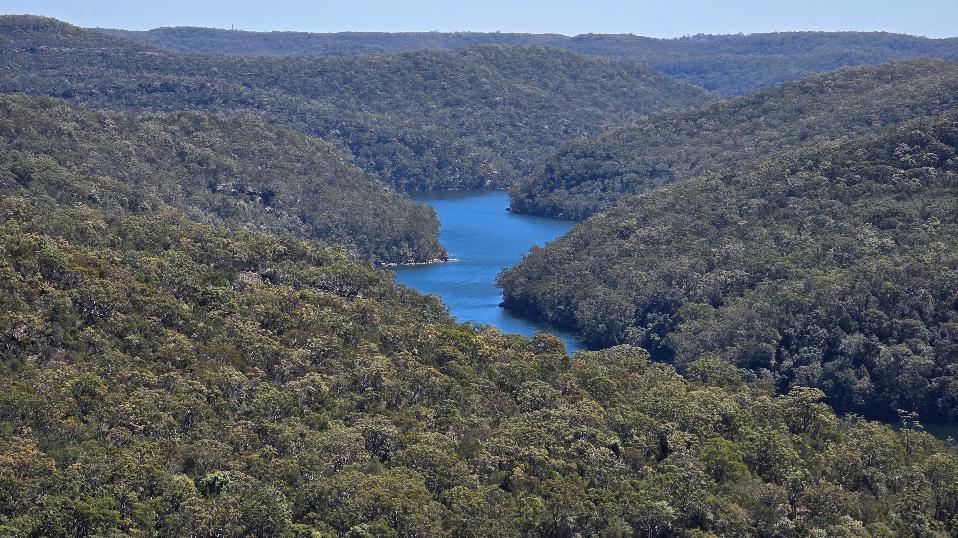
November
SLSA National Awards of Excellence 2025: Youth Surf Lifesaver of the Year is Nic McGibbon, Bungan Beach SLSC
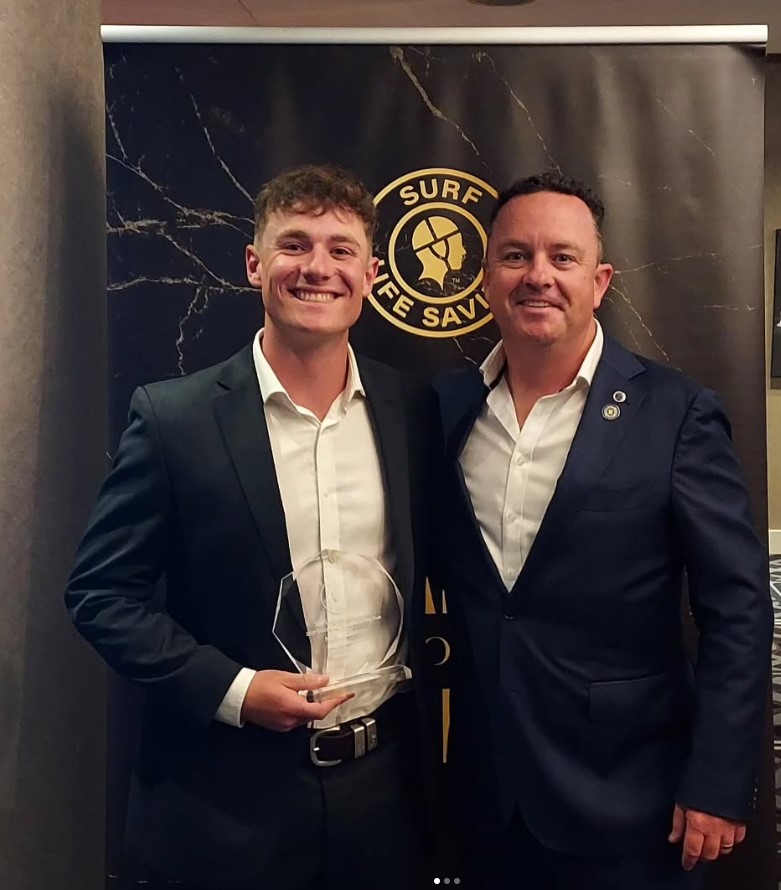
Nic with proud dad and SLS SNB Branch President and fellow Bungan Beach SLSC member Rod McGibbon. Photo: Bungan Beach SL:SC
Spring in pittwater

Warriewood wetlands: Purple swamphen

Warriewood wetlands: swamphen mum and bub (hiding behind sticks)

Warriewood wetlands: baby swamphen

Warriewood wetlands: white heron and spoonbill

Narrabeen Lagoon entrance: council dredging works

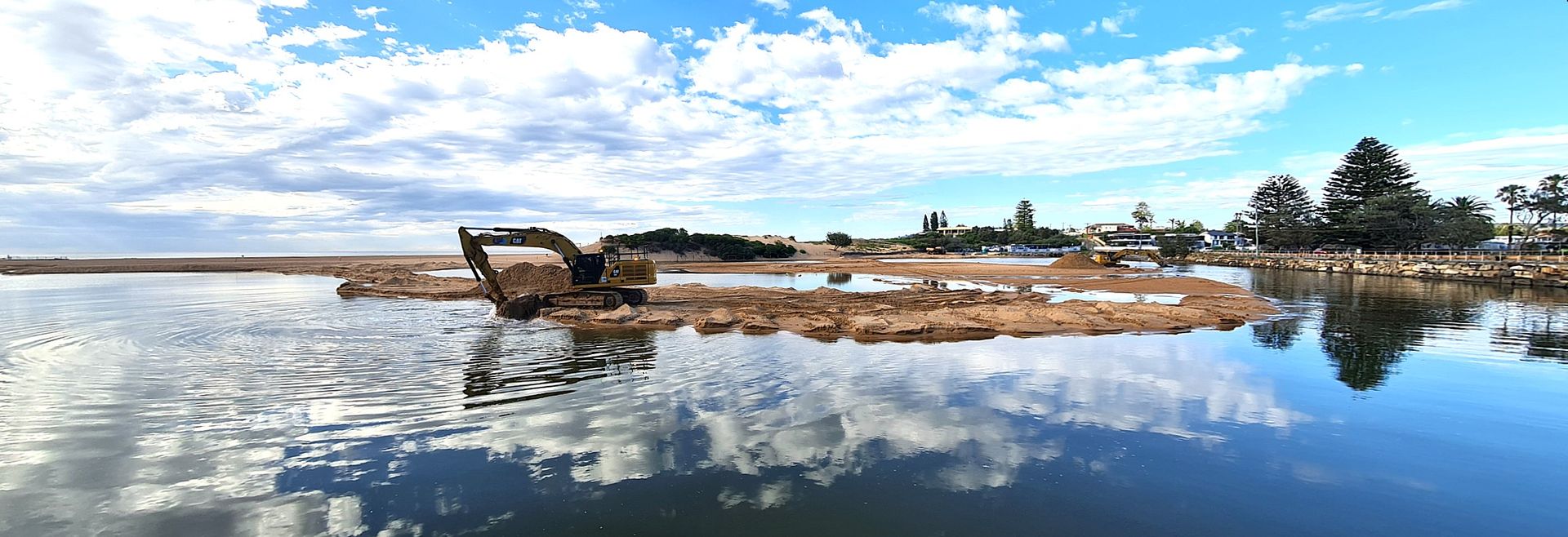


Narrabeen Lagoon entrance near bridge: dredging works and kayakers

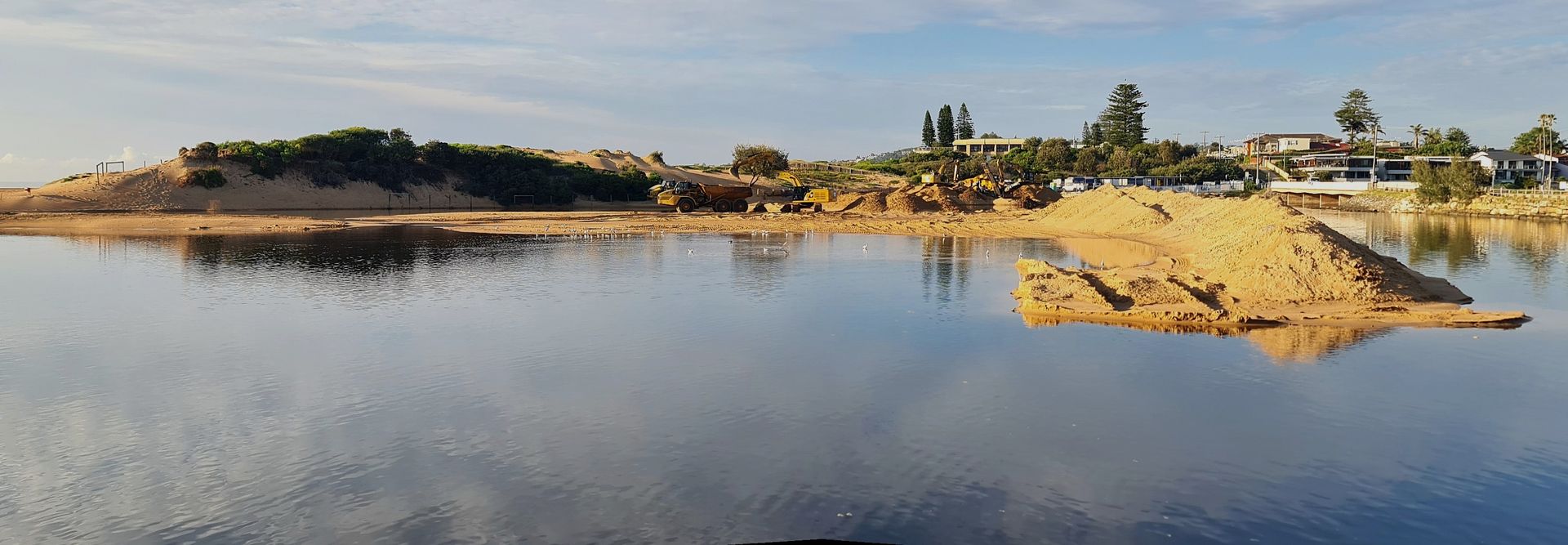
Photos by Joe Mills - more in that week's Pictorial
Over the Top Narrabeen DA Draws Large Crowd to Peaceful Protest: 'This is about Community Standing up For Community'
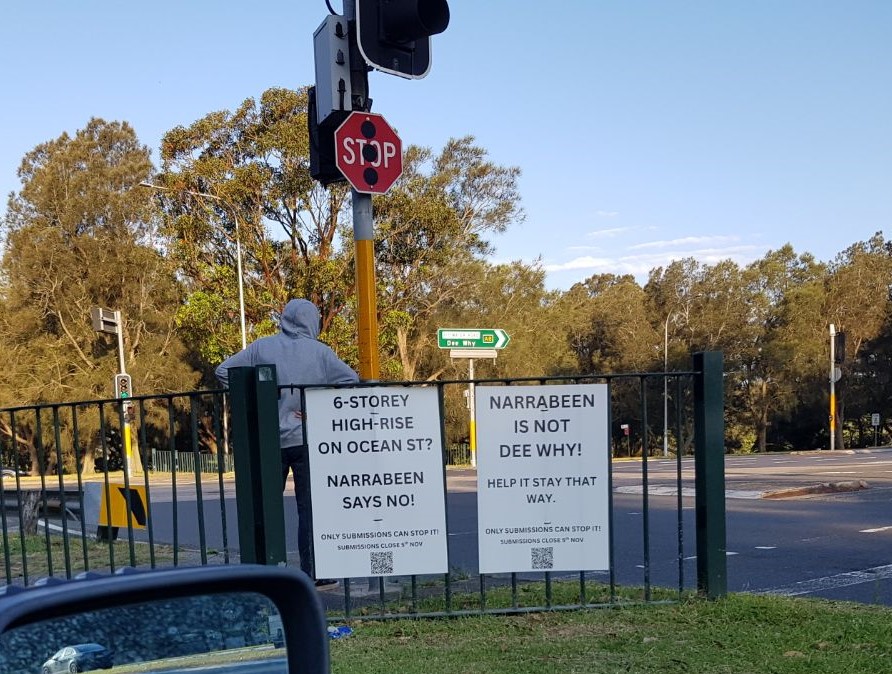
B
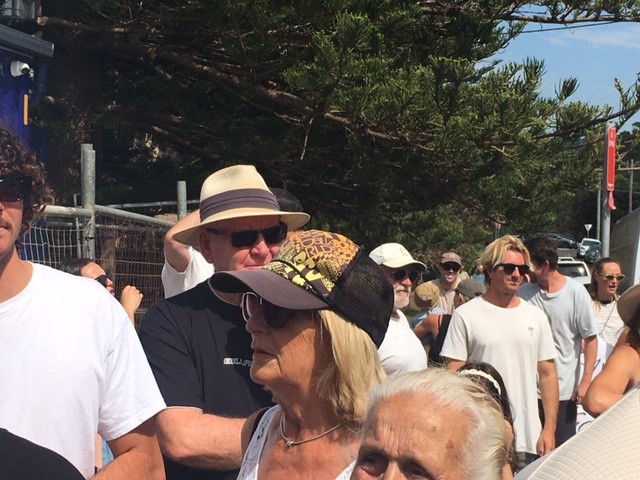
MORE HERE and in: Scruby slams government and opposition teaming up to make it easy for developers as NSW Planning System Reform Bill passes - community asks: who are these elected Representatives actually representing? And in: Community Calls for Narrabeen Seniors Proposal to be Referred to IPC - Mona Vale Save Our Suburb Residents Group Formed - 2 Motions passed at council meeting And in: Council Stands With Community on Objections to State Significant Development at Ocean Street Narrabeen - Culturally Significant Black Bean Trees to be destroyed - Site is Adjacent to Former Grave of 'Narrabeen Man' History of Site in: The W. G. Taylor Memorial Home at Narrabeen: Some History
Another memorable Bullets Regatta!
A few onshore pictures from Saturday's off the beach launch from Sandy Point in: Palm Beach Sailing Club's 2025 Beware the Bullets Regatta. PBSC Commodore Dick Clarke reports on this year's regatta HERE
Avalon Public School Re-Opens Nura Djaroba
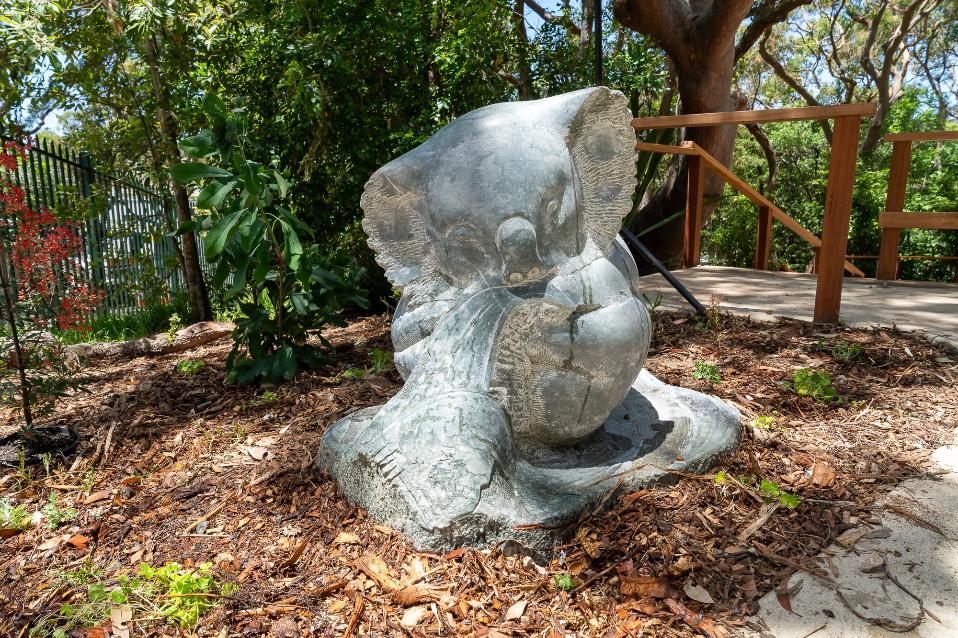
On Friday, 14 November 2025 parents, grandparents, carers and friends were invited to the re-opening of Nura Djaroba at Avalon Public School after some wonderful regenerative action. This is the result of a sustained community effort and was funded by the community, a NSW Government’s Community Building Partnership (CBP) Program Grant, which the school community and supporters matched. Full report by Geoff Searl OAM, President of the Avalon Beach Historical Society, runs HERE
Palm Beach SLSC Surf Boat Carnival - November 22 2025
Album at HERE (NB: 'fuzzies' in this lot - have left all in as requested, for training). Full report next Sunday, November 30 2025
Pics: Avalon Beach SLSC's Melinda Akehurst and Tammy Carter, both also SLS SNB Officials at the Carnivals, Newport's 19's crashing through, Palm Beach catching a wave in, Mona Vale powering out. Report in: SLS SNB Premiership 2025-2026 Surf Boat Series Round 2 hosted by Palm Beach SLSC: The Boaties Family Continues to Thrive under Historic Barrenjoey Headland
Narrabeen's Mo'onia Gerrard Inducted To NSW Hall of Champions
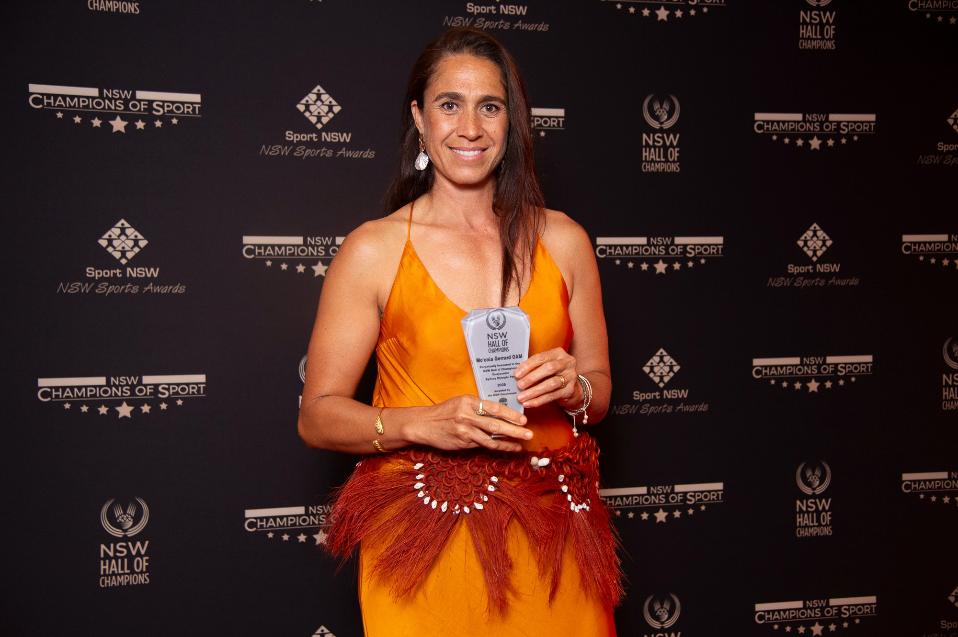
Mo’onia Gerrard with her NSW Hall of Champions award. Photo supplied More in; Narrabeen's Mo'onia Gerrard Inducted To NSW Hall of Champions
Tom ''turbo'' Trbojevic appointed Captain at Manly
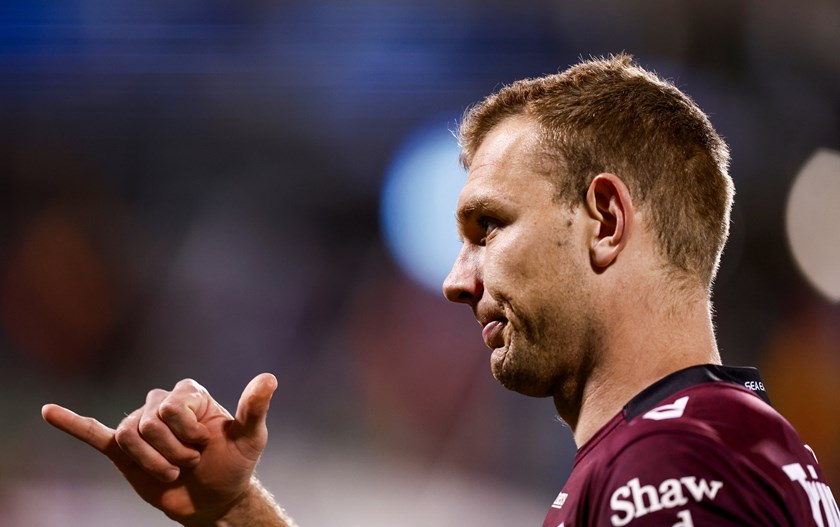
On Monday November 24 2025 the Manly Warringah Sea Eagles proudly announced that Tom Trbojevic has been appointed Captain for the 2026 NRL season. A homegrown talent and one of the game’s elite players, Trbojevic takes on the role just weeks after extending his contract with the Club. MORE HERE
December
A Friday-Saturday-Sunday 'momentum':
2025 Australian Junior Surfing Titles: Local Winner Ben Zanatta Dedicates His Australian Title Triumph to Mercury Psillakis – Kincumber’s Talia Tebb wins back-to-back Australian Junior Surf Titles

The 2025 Australian Junior Surfing Titles has run this past week, with a number of local surfers making the NSW Team.
Featuring the nation's best junior surfers, the Australian Junior Surfing Titles encompasses individual divisions for U14-U18 junior men and women, as well as a school surfing division for U16-U19 (MR Shield) junior men and women. The seven-day competition took place between November 29th and December 5th, 2025.
U16 and U18 winners earn a spot on the Australian National Surfing Team, The Irukandjis team, for the 2026 ISA World Junior Surfing Championships.
Dee Why surfer Ben Zanatta won the 2025 Australian Title, taking out the U18 Men’s Division.
During the U18’s Final between Ben and Queensland’s Will Martin, commentators of the live broadcast shared Ben was riding a Psillakis surfboard, crafted by Mike Psillakis of Psillakis surfboards at Brookvale. Mike is the twin brother of Mercury, a Long Reef Boardriders member, who our community recently lost on his home break at Long Reef-Dee Why through a fatal shark attack.
Pittwater MP Jacqui Scruby, as well as Longy Boardriders and Maria, Merc’s wife, called for more drone surveillance to increase safety at popular metro surfing and swim spots as Summer commenced, a call backed up by the council.
Ben and his fellow team mates were jumping all over the oceans' edge when it became apparent he'd won - just before they chaired him back up the beach.
Immediately after winning Ben said: ‘’I was frothing to get chosen for the NSW team and then chosen as Team Captain. And now I’m frothing to be part of the Irukandjis Team and represent Australia at the 2026 World Junior Surfing Championships.’’
‘’I’d like to thank my mum and dad and girl and Dee Why Boardriders and especially Mike Psillakis and Merc – this is for Merc Psillakis, he has definitely helped me achieve goals. During the last few months I’ve felt like he (Merc) was by my side.’’
Competing in the Australian Junior Surfing Titles is a huge achievement, and the whole community has been behind the NSW Team and the young surfers from the peninsula who were chosen to represent the state, following the comp over its 7 days.
Team NSW. Photo Credit: Surfing Australia / Andrew Shield
Set in Wollongong, competition involves thrilling performances, fierce rivalries, and unforgettable moments. Structured to give these up and coming young Australian surfers a taste of the extended format of tour competitions, the camaraderie within teams, and on the beach across all states, sets the athletes up for all the positives surfing brings.
2025 Australian Surfing Awards Honourees: Long Reef Boardriders Win Simon Anderson Boardrider Club Award - Locana Cullen receives Mick Fanning Rising Star Award - Tom Myers Wins Heavy Water Award - More Positive News on the Way
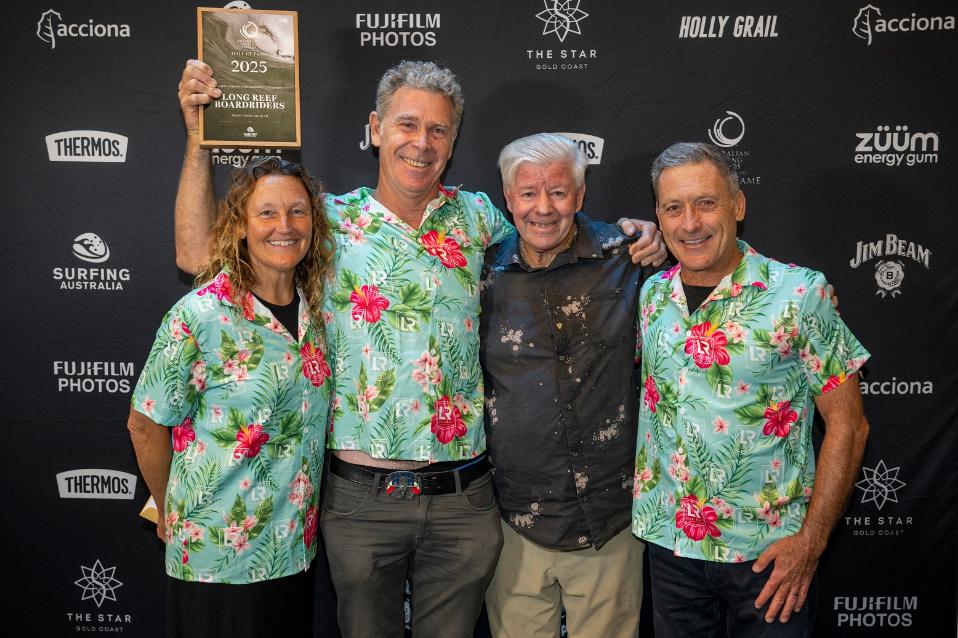
Long Reef Boardriders take out the BIG ONE AROUND HERE Award - for Community. Pictured here with Wayne "Rabbit" Bartholomew AM. Photo: Surfing Australia / Ethan Smith
Saturday night, 6th December, 2025
Surfing Australia today hosted the 2025 Australian Surfing Awards incorporating the Hall of Fame at the Gold Coast Convention and Exhibition Centre (QLD)
Graham “Sid” Cassidy’s induction into the Australian Surfing Hall of Fame headlined a spectacular celebration of Australian surfing talent at the Gold Coast Convention and Exhibition Centre, QLD.
An influential journalist, promoter, and event director, Graham “Sid” Cassidy was instrumental in shaping professional surfing throughout the 1970s and 1980s — not just in Australia, but across the global sport. .
The night also celebrated Australia’s elite surfing achievements, with Olympians and World Tour surfers Dane Henry and Molly Picklum named Male and Female Surfer of the Year, respectively. Locana Cullen received the Mick Fanning Rising Star Award presented by Boost Mobile, while Leihani Kaloha Zoric was honoured with the Stephanie Gilmore Rising Star Award presented by the AIS. Annie Goldsmith and Joel Taylor were recognised as the Female and Male Para Surfers of the Year, respectively.
Tom Myers, who took the world by storm in 2025, has won the Heavy Water Award, presented by Better Beer.
“It’s been a year beyond my wildest dreams. A year being a dad, a year going surfing, a year surfing big waves simply because I love it. I can’t believe everything that’s happened; I’m so stoked to be here. It’s strange that it’s all happening at home. I’m a Freshwater local, and we try to claim the Queenscliff bombie as our own. I’ve pretty much stayed in the postcode all year.”
Current President of Freshwater Boardriders, Tom took out the Men's Ride of the Year in 2024/25 Big Wave Challenge earlier this year. As an added bonus to top off that wave and this year, the Surfing Australia Surf Clip of the Year presented by Celsius Energy Drinks went to Simon 'Sky Monkey5' for his clip of Tom.
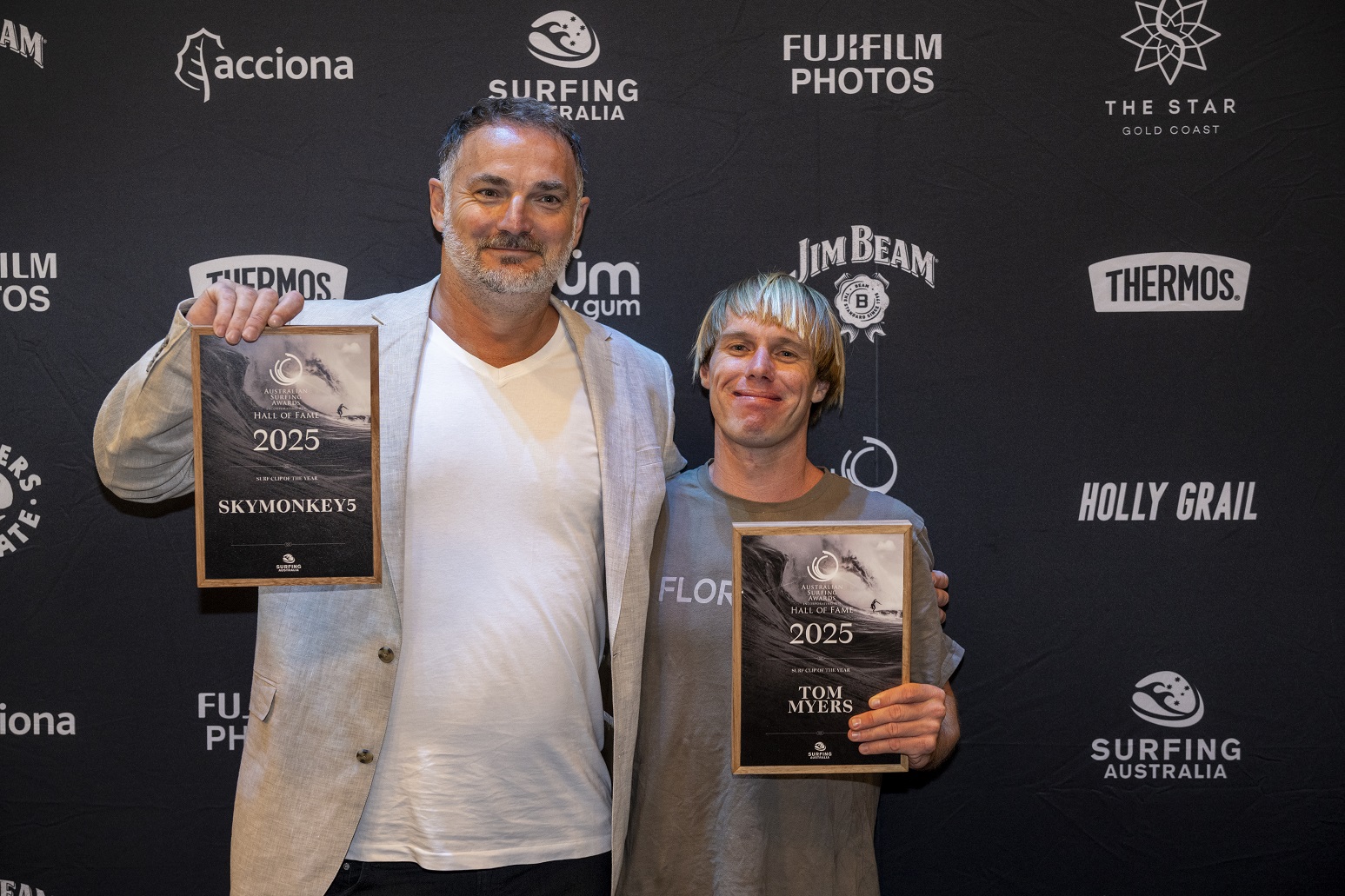
Simon and Tom - a great way to close a great year. Photo: Surfing Australia / Ethan Smith
In the Participation and Community categories, the Simon Anderson Boardrider Club Award was won by Long Reef Boardriders Club.
The Simon Anderson Club Award recognises the Australian boardrider club that excels not only in outstanding surfing performances but also for making significant community contributions, blending competitive success with positive local impact. A strong emphasis is placed on a club's positive involvement and support for its local area, beyond just surfing.
Long Reef Boardriders have been busy in recent months. Current President Natasha Gee led the organisation of a massive paddle-out at Long Reef Beach to honour Mercury Psillakis in late September 2025, with over 1,000 surfers coming together from throughout the community to follow Merc's twin brother Mike into the water.
Over the past few weeks they've been championing for surfers get a fair listen regarding Shark Mitigation, Sand Dunes and Community use of Surf Clubs. On Friday, before heading north, members and Surfing SW's Luke spoke to NSW Minister for Agriculture The Hon Tara Moriarty (protector of NSW's State Fish, the Eastern Blue Groper) and came away with the impression that the government is listening and things look positive so that no other family can go through what Mercury's family are going through and that ''Merc's legacy to bring safety to the water will live on.''
See last week's report: Jacqui Scruby - Council - Long Reef Boardriders - Maria Psillakis Call for Expanded Drone Surveillance to Improve Safety at Beaches
And Sunday December 7 announcement: Minns Government announces $2.5 million boost to summer beach safety with immediate extra shark surveillance drones
Long Reef Boardriders Association (LRSA) was established in 1973, and have been fostering surfing talent, promoting environmental stewardship, and building a strong community spirit for all of those 52 years.
Recent NSW Hall of Champions inductee Mark 'Mono' Stewart was tonight named honouree of the Greater Good Award presented by Kennards Hire. Stewart reflected on his experience captaining the Irukandji Para Team at the 2025 ISA Para Surfing Championships and expressed how humbled he is to receive such a prestigious honour:
“I was extremely proud to captain the Australian team at the ISA World Para Championships this year. We finished fourth overall, but the whole team—especially the women—truly excelled and did an incredible job.
To receive the Greater Good Award is such an honour. I’m humbled to be recognised alongside so many inspiring nominees, and proud to be part of the adaptive surf community.”
Raising the bar year on year, and consistently redefining what is possible as a junior surfer, Locana Cullen has been awarded the Mick Fanning Rising Star Award by Boost Mobile:
“I can’t believe it — it’s been a crazy year. Winning this award is probably my proudest achievement ever. I’m just so stoked. Thank you so much to everyone who made this possible.” Loci said on Saturday
%20Loci%20Cullen%20win.jpg?timestamp=1765041319556)
Loci with his Award. Photo: Surfing Australia / Ethan Smith
Minns Government announces $2.5 million boost to summer beach safety with immediate extra shark surveillance drones
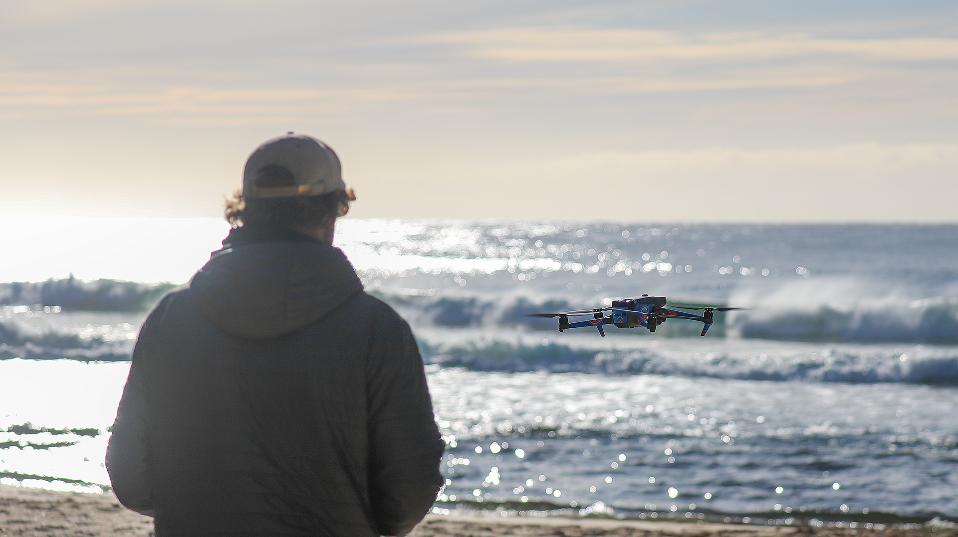
Announced officially on Sunday December 7 2025
More drones will take to the sky, begin patrols earlier and operate for a longer period, along the NSW coast this summer, as part of a $2.5 million boost by the Minns Labor Government to strengthen the state’s shark mitigation program.
More shark surveillance drones will be procured for surf boardrider clubs through their peak body Surfing NSW as soon as possible.
From Saturday 13 December, beaches will also see Surf Life Saving’s shark surveillance drones in operation one week earlier than planned and they will be extended to the end of March 2026.
This additional funding builds on top of the Minns Government’s existing $21.4 million annual Shark Management Program, which already funds SLS NSW’s drone surveillance at 50 beaches during the school holidays over December and January.
The boost to the state’s shark mitigation program will deliver the following additional effort:
- Significantly extending drone coverage and in-air time across beaches to enhance safety for surf boardriders and swimmers.
- Stronger public awareness campaign to promote SharkSmart safety for all beach users.
- Tripling the size of the community shark bite kit rollout program at isolated and unpatrolled beaches to enhance the first aid response for anyone bitten.
The announcement comes after calls for the same from Long Reef Boardriders Club, Maria Psillakis, Mike Psillakis, Pittwater MP Jacqui Scruby and Wakehurst MP Michaël Regan.
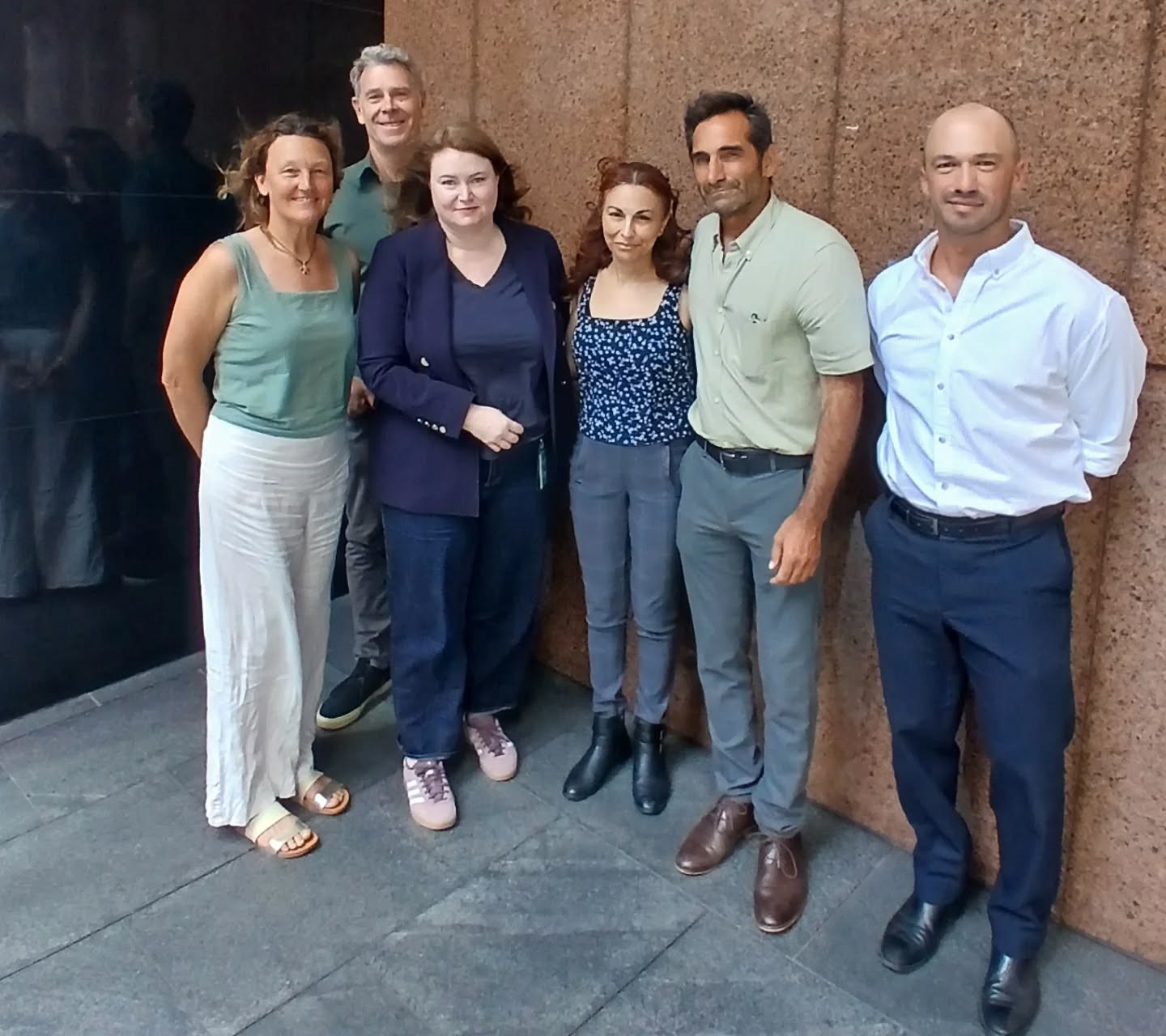
Friday December 5 2025, Current Long Reef Boardriders Association President Natasha Gee and Carlos Blacksmith The Hon Tara Moriarty MP, NSW Minister for Agriculture, Maria Psillakis, widow of Mercury, Mike Psillakis, Merc's twin brother, and Lucas Townsend, CEO of Surfing NSW . Photo: LRSA
Thirty-two beaches will commence drone patrols earlier than planned, starting from next weekend (13 December), increasing to 50 beaches by 20 December. SLS NSW patrols will operate drones daily over the Christmas holiday period to the end of January, and then with additional funding will now operate on weekends through to 29 March 2026.
The Government is also partnering with Surfing NSW to roll out drones and training to boardrider clubs between Newcastle and Wollongong, adding another layer of safety for local surfers and surf events.
The Government will also provide funding for an additional 150 Community Shark Bite Kits to be placed at beaches outside of metropolitan areas.
These Community Shark Bite Kits were the initiative of Danny Schouten, whose mate Kai McKenzie was attacked by a shark while surfing at Port Macquarie in 2024.
These kits contain a tourniquet, compression bandages, dressings, a thermal blanket, whistle, gloves and first aid instructions for a serious bite injury.
The new funding will also see an extensive community awareness and SharkSmart education program across social media and at coastal communities this summer to promote shark safety tips.
The SharkSmart van and the trailer will both travel up and down the coast and do pop-up sessions at beaches to deliver information and support to beachgoers.
To spread the word on safety even further QR-coded ‘SharkSmart’ posters will be installed at beaches in every coastal LGA so anyone can click onto safety information.
There will also be further modifications and improvements to the popular SharkSmart app to further enhance its useability and information for beach goers.
This will be delivered as a significant enhancement of the Shark Management Program already deployed in the water, which is the most comprehensive, evidence-based program in the world and covers a range of initiatives, including:
- 305 SMART (Shark Management Alert in Real Time) drumlines in 19 local government areas for year-round coverage.
- Shark nets at 51 beaches across eight LGAs between Newcastle and Wollongong, deployed 1 September to 31 March
- Tracking the movements of tagged sharks via 37 tagged shark listening stations, with at least one station in every coastal local government area for year-round coverage. When a tagged shark is detected by the station, an alert is sent to the SharkSmart app
NSW Minister for Agriculture and Regional NSW, Tara Moriarty said:
“I met with Maria and Mike Psillakis who have been tragically impacted by the death of their husband and brother, Mercury, at Dee Why Beach in September following a shark attack. We spoke about increasing protection for boardriders and recognising the role of surfers in beach safety as a legacy for Mercury.
“This is why the Minns Government is now increasing funding for Surfing NSW so they can roll-out a comprehensive drones and training program for their many clubs between Newcastle and Wollongong, as a significant contribution to honouring his legacy.
“The Minns Government is always looking to improve our shark mitigation program so that it will reduce interactions of swimmers and boardriders with sharks.
“Drones have shown to be an effective eye in the sky when it comes to early shark detection and warning beach users. This enhancement package is another important step forward in using and expanding their potential along our coastline.
“While there is no 100% safeguard to protect people from shark interactions, a mix of technologies and public awareness will increase safety. We are intensifying the operation of our SharkSmart beach visit pop-up sessions along the coast and enhancing the user experience of our popular SharkSmart app.”
“A better awareness of sharks and their behaviour can help us all enjoy the beach and reduce the risk of shark interactions this summer.
Lucas Townsend, CEO of Surfing NSW said:
“For Mercury and the Psillakis family, turning a tragic event into recognition and support for the role surfers play in keeping our beaches safer is an incredible legacy.
“Boardrider clubs are the heartbeat of coastal communities, and our members are on the beach 365 days a year, at unpatrolled times and locations. Our role is to complement Surf Life Saving’s patrol season. This investment helps us boost coverage in those gaps and lift our capability to keep surfers and beachgoers safer, year-round.
“Since 2022, we’ve been working with the NSW Government and DPIRD on surfer-led drone surveillance and shark trauma response in regional surf communities, training more than 90 volunteer drone pilots and placing more than 500 trauma kits into boardriding clubs and surf schools. This support allows us to take that program right across NSW.
The announcement comes atop Long Reef Boardriders being announced as the Simon Anderson Boardrider Club Award winners at the 2025 Australian Surfing Awards on Saturday December 6.
The Simon Anderson Club Award recognises the Australian boardrider club that excels not only in outstanding surfing performances but also for making significant community contributions, blending competitive success with positive local impact. A strong emphasis is placed on a club's positive involvement and support for its local area, beyond just surfing.
Long Reef Boardriders (LRSA) said:
''This initiative not only supports safer surfing for everyone but also honours the legacy of Mercury Psillakis, a much-loved member of our northern beaches surf community.
A huge thank you to Tara Moriarty, Chris Minns, Michael Regan nd Jacqui Scruby for backing Surfing NSW and recognising the vital role boardriders play in keeping our beaches safe. Your support means so much to our club and the broader surfing community.
With more eyes in the sky and extra resources rolling out, we’re feeling confident heading into the busy summer season at Long Reef.
Here’s to safer sessions, stronger communities, and honouring those who shaped our lineup.''

L to R: Maria Psillakis, Long Reef Boardrider member Carlos Blacksmith, Wakehurst MP Michael Regan and Pittwater MP Jacqui Scruby, current Long Reef Boardriders Association President Natasha Gee, Surfing NSW's CEO Lucas Townsend. Photo: LRBA
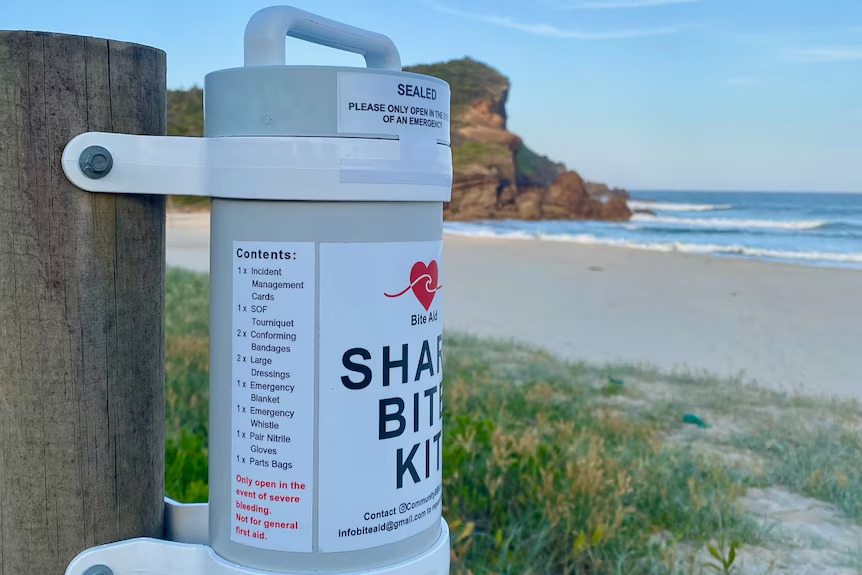
Tilly Rose Cooper's Debut Children's Book is set to Inspire a New Generation of Nippers

Tilly Cooper with her debut children’s book, A Day of New Adventures. Photo: Michael Mannington OAM
Teen and youth leader Tilly Rose Cooper has announced the launch of her debut children’s book, A Day of New Adventures — an uplifting story inspired by her own journey as a young Nipper at Mona Vale Surf Life Saving Club.
The story follows Emily, a child experiencing her first day at Nippers, capturing the excitement of joining the surf club while exploring themes of trust, courage, friendship, family values, and water safety. Illustrated by Mona Vale SLSC member Richard Perry, the book aims to inspire families to discover the Nippers program together and help children build confidence in and around the ocean.
Tilly, who continues to make a positive impact through several community initiatives — including My Fijian Clothes Drive and The Electric Way to Pedal, an e-bike safety awareness project — says the book is her way of giving back.
“Surf lifesaving has given me confidence, courage, and a second family,” Tilly said. “I wanted to create something that helps other kids feel the same sense of belonging and bravery. This book is for every child stepping into the waves for the first time.”
A dedicated champion of community spirit, Tilly recently received the Global Leadership Network’s Next Gen Step-Up Challenge for her work supporting children and families in Fiji through her My Fijian Clothes Drive. The Global Leadership Network’s Next Gen Step-Up Challenge invited young people to share their leadership impact in 60-second short films, capturing what it means to step up, make tough choices, and lead for others.
Tilly also proudly serves as an Ambassador for the Kimaya Brighter Minds Program, promoting youth leadership and positive decision-making across Fiji and Australia.
Tilly began her own surf club adventure at Mona Vale SLSC as a 5 year-old Nipper and gradually built confidence through learning new skills - she also made a ton of new friends.
Since completing her first 'Iron Person' race in the U13's, Tilly has been part of the MVSLSC Nippers March Past Team that won gold medals at Branch and State Championships. In 2024 Tilly was announced as Surf Life Saving Sydney Northern Beaches Branch Female Nipper of the Year. Now, as an U15, she has qualified as a Junior Lifesaver and has commenced patrolling Mona Vale beach alongside her proud mum and dad.
Her nan’s heartfelt words capture the spirit behind Tilly’s work:
“This book is not just about Nippers — it holds so many other values: grandparents, love, forgotten memories, and family.”
The first 100 books purchased come with a “Tilly Tote Bag – A Day of New Adventures”, thanks to Ben Spackman, Raine & Horne, Mona Vale.
Tilly explains ''I thought of this idea as a little extra Christmas gift that the younger readers might enjoy using as a library or beach bag.''
Natalie Scott Shares her First Memoir, at 97
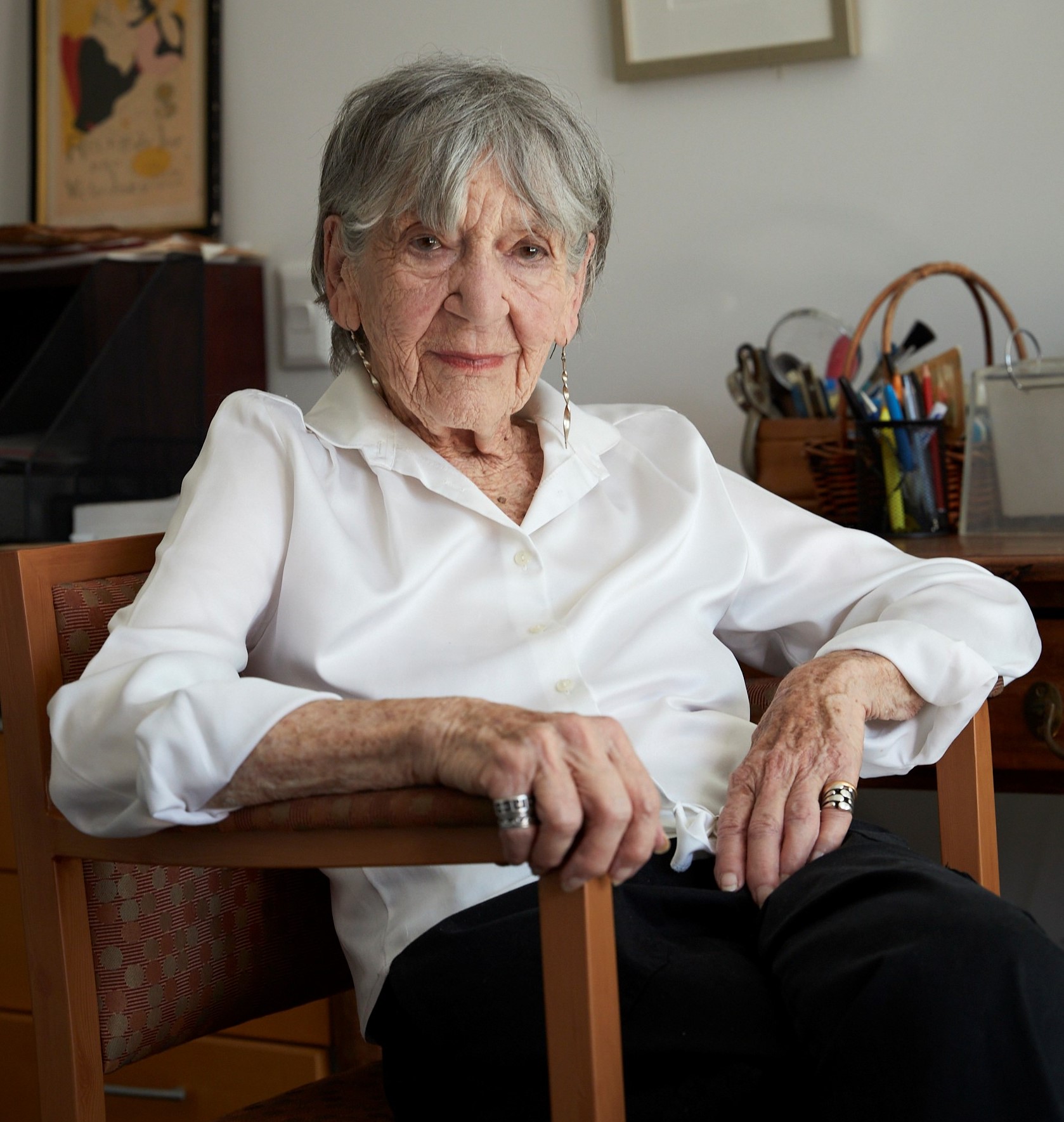
Warriewood resident Natalie Scott is a writer of novels, short stories, non-fiction, and books for children, many of which have been published internationally.
Now 97 years young, the ex-journalist is turning the spotlight on her own life. Born to middle-class parents of European origins, Natalie’s memoir, A Secret Grief, centres around the formative years of her childhood which was shaped by beauty, fear and fierce emotional undercurrents in 1930s and 1940s Australia.
Affectionately nicknamed ‘Natasha’, Natalie’s childhood was over-shadowed by her complex and brilliant mother, Nina, whose first act of motherhood teeters on the edge of tragedy. Her father, Marcus, is warm and sociable but torn between loyalty to his wife and love for his daughter. In an effort to protect Natasha, he sends her to a conservative boarding school in the Blue Mountains.
There, under the rule of two stern spinsters, one English, one French, Natasha enters a world of strict routine, silence and subtle cruelties. Beyond the school gates, the Depression and World War II reshape the world; within them, Natasha faces her own struggles; loneliness, loss and the pressure to conform.
In time, she runs from the school and towards her own developing sense of self.
Unflinching and lyrical, A Secret Grief is a meditation on memory, survival and the forces that shape, and sometimes fracture, our earliest bonds. With exquisite honesty, Scott captures both the fragility and resilience of the human spirit.
A Secret Grief is an incredible insight into not just Natalie's own childhood, but also a vivid, detailed and beautifully written depiction of life in an era gone by.
A columnist for The Sydney Morning Herald, Natalie has written for television and radio and has contributed to many literary magazines, including The Griffith Review, Southerly, Westerly and Meanjin. She has also conducted courses in creative writing at both NSW and Macquarie Universities.
Her debut novel, Wherever We Step the Land is Mined (1980), published in Australia, the UK and USA, explores a woman’s struggle for independence, while her second, The Glasshouse, examines the anguish of old age and the guilt of selfish choices. The late Ruth Cracknell recorded The Glass House for the ABC, and also narrated Scott’s Eating Out and Other Stories, which won both the National Library TDK Audio Book Award for Unabridged Fiction and The Women Writers Biannual Fiction Award.
And that's just the tip of the iceberg of a literary and journalism career that spans decades and places Natalie among Australia's Women of Letters.
Pittwater Online recently spoke to Natalie to try and find to where it all comes from and more about her newest work.
Fledging - Baby Birds coming to ground: Please try and Keep them close to Parent Birds - Please Put out shallow dishes of water in hot weather
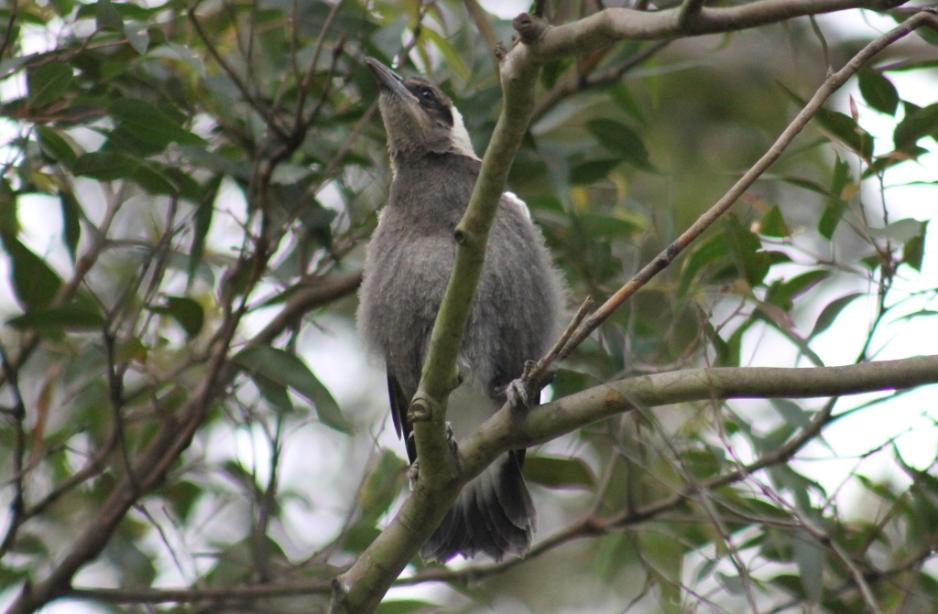
Fledgling magpie in the backyard this week in 2014 - eleven years on.... - picture by A J Guesdon, 2014.
An almost fledged Magpie was found adjacent to the PON yard this week, just about to be bitten by two dogs in the yard it had landed in. Rescued, advice was sought on what to do, with Sydney Wildlife instantly helping out.
As the magpie was saved before it was bitten and uninjured the priority becomes keeping it calm and cool and hydrated and near the parents, so it is not stressed and they know where it is and can feed it.
Put it in a cardboard box (they can hurt themselves in receptacles like cat cages) and up off the ground in either a tree o atop your garden shed where no cats or dogs can get at it and it's safe - make sure you choose a shady spot. If there's a tree above this that is ideal as the parents can perch there and keep on eye on it, carolling to it.
Put a shallow small dish of water, say a bottle top, in the cardboard box.
DO NOT put water down the birds throat with a dropper or by any other means - you can cause it to asphyxiate and drown.
To help the parents, put water out for them nearby, so they can feed that to the bub and also soak some dog or cat kibble in water until it's mushy and put that where the parent birds can get it and feed it the junior escapee.
Wildlife volunteer carers state at kibble with no fish in it is slightly better as there is more protein in it.
At night you will need to close the box up so the bird is kept safe, but they go to sleep at dusk and will not wake up until it's beginning to get light. We saw the parent birds staying near the box 'nest' until dark and then they were back up, like us, as it became light again.
Birds that are almost fledged will only need to be kept safe for 2-3 days as they will soon be able to fly enough to keep themselves off the ground and following mum and dad around, calling for more food. They will take off.
The next day, the magpie we rescued was soon sitting on the shed roof with a parent bird, and after a half hour of grooming it's still small but strong enough wings, the pair flew off, back to the nest and the trees surrounding this.
If you can keep the baby birds, and almost fledged birds, near the parents they will do much better and wildlife carers won't have to try and work out where the parent birds are when they're trying to reunite them.
If the parents birds aren't feeding the bub (they need to be fed every half an hour at that age) then a wildlife carer will need to collect the bird as it needs specialised food and care.
Our yard is home to fledging Butcher birds, lorikeets, the magpie family, a tawny frogmouth pair, galahs, corellas and sulphur crested cockatoos at present. The Australian figbird pair have returned again too this year.
All of these have been living here for decades, generation after generation, and most produce 2 young each year. Their calls for food can be heard from before sunup until dusk.
.jpg?timestamp=1764993307704)
a fledging Rainbow Lorikeet - one of two sets of birds that have had bubs this Spring-Summer - they too are learning to fly and although a little clumsy, can keep themselves off the ground
So, it's a busy time of year for all the permanent yardbirds that live here, and although the little bugger kept getting out of the box and back into danger, it's good to have one win until it was ready to fly up and out of where it may be attacked.
We'll still be keeping an eye on this bird to make sure it's ok, and stays safe.
If you can keep them safe and keep them near their parents until they can fly enough to keep themselves safe, the rest will come in time.
.jpg?timestamp=1764991123146)
we initially put the cardboard box on the ground in the shade so the parents birds knew where it was - our dog is kept indoors on days like this where it's cooler -one of the parent birds can see their errant child in the box, the gap also allowed them to feed it that way:
.jpg?timestamp=1764991332007)
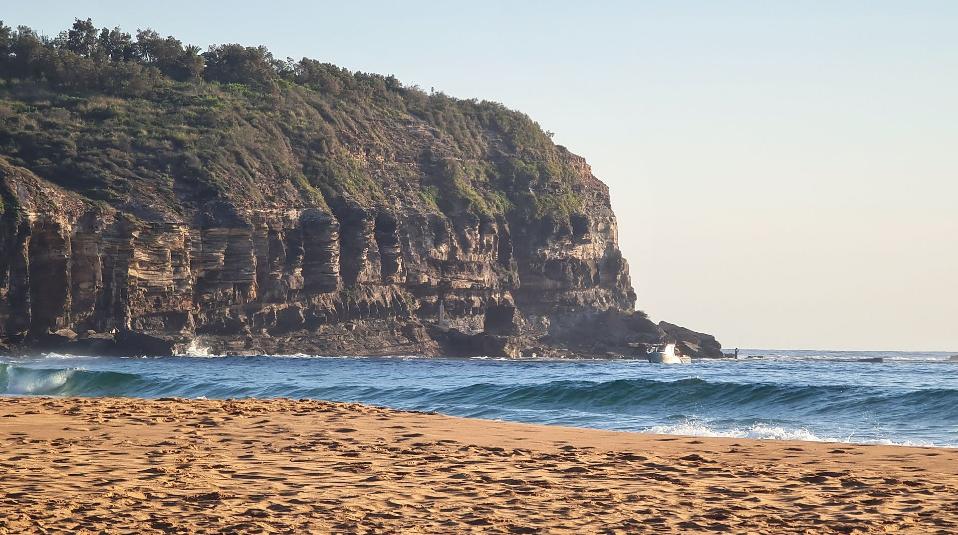
The Big Sing Christmas Carolling: Avalon Beach Village, Tuesday December 16 2025
Turimetta Moods /Week ending Friday 19 December 2025
Last set of pics for this year (2025), before a Xmas break with family down in Canberra. Looking forward to it.
This week the morning weather was very calm and sunny, and great swimming at the Narrabeen Rockpool, before the midday heat arrival.
The Monday rubbish pickup was huge, and the variety was totally different, including:
- 1 x Convertible Lounge (Nite n Day) on the beach
- 4 x Garden trowels (With store tags)
- 1 x Fish Grabber
- 2 x Plastic bags of prawns (Still sealed - Thank God)
- 1 x White sock
- 1 x Black sock
- 1 x Surfboard ankle clamp
- 3 x Dominoes Pizza boxes (Empty)
- 1 x Pair White Crocs (Shoes)
- 1 x Vape
- 1 x Football (Gridiron)
- 1 x Sun Hat
What a haul, as well as the usual cans and bottles. Council has been notified about the lounge.
But to cheer me up there was the usual nature in the wetlands, sunsets, lake reflections and a Mallard Duck pair.
Life is simple, just add water. - Louise Myers
As always, enjoy nature.
Joe Mills
